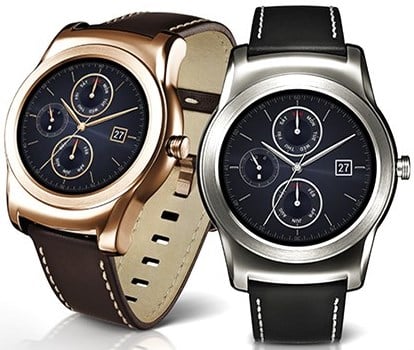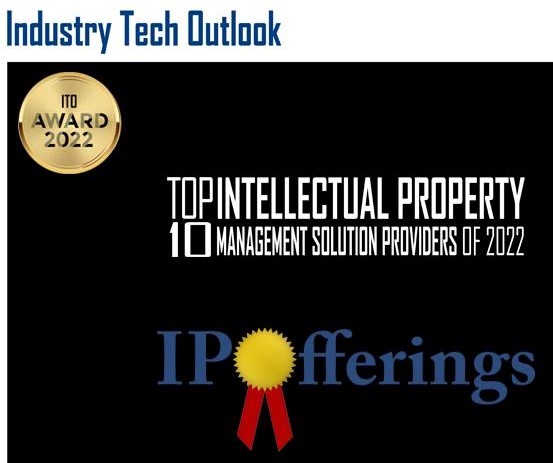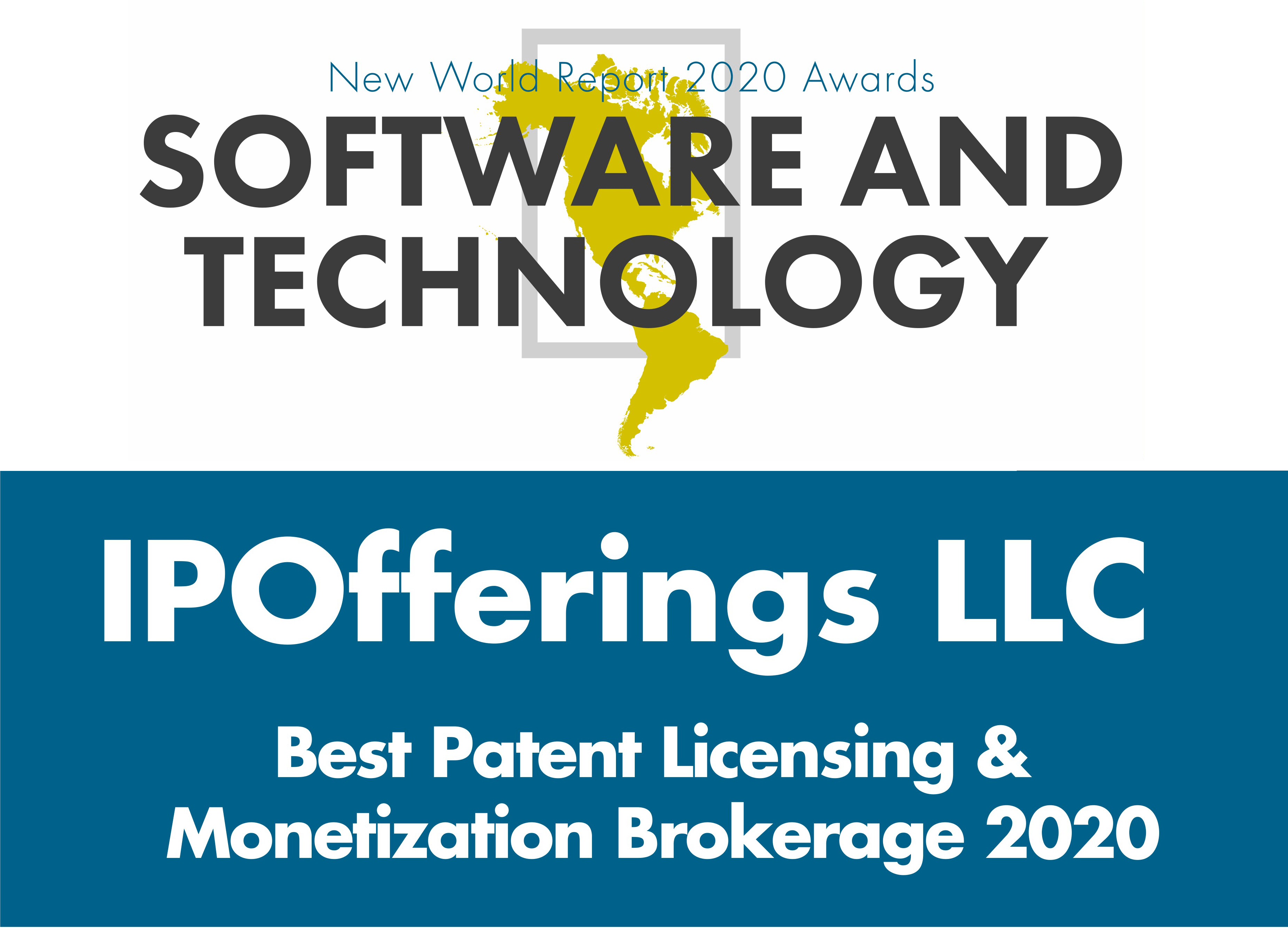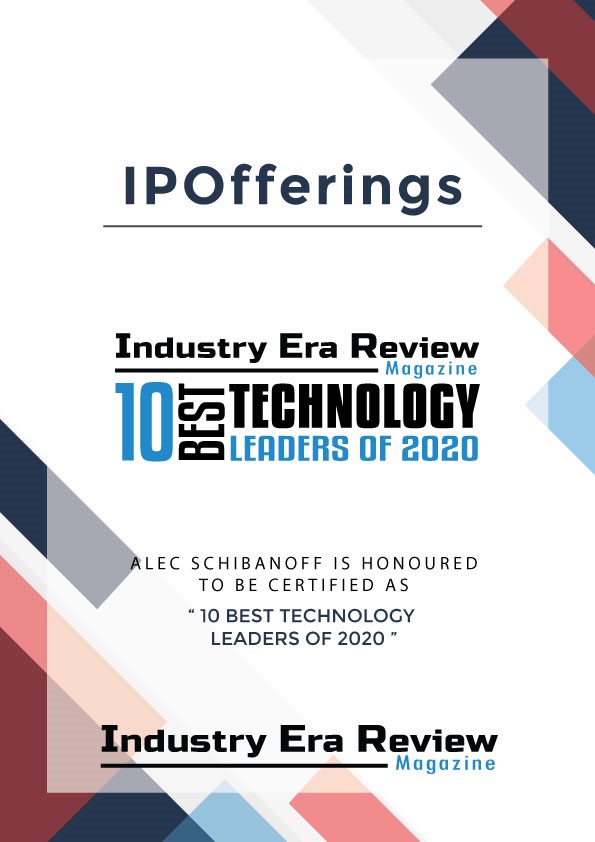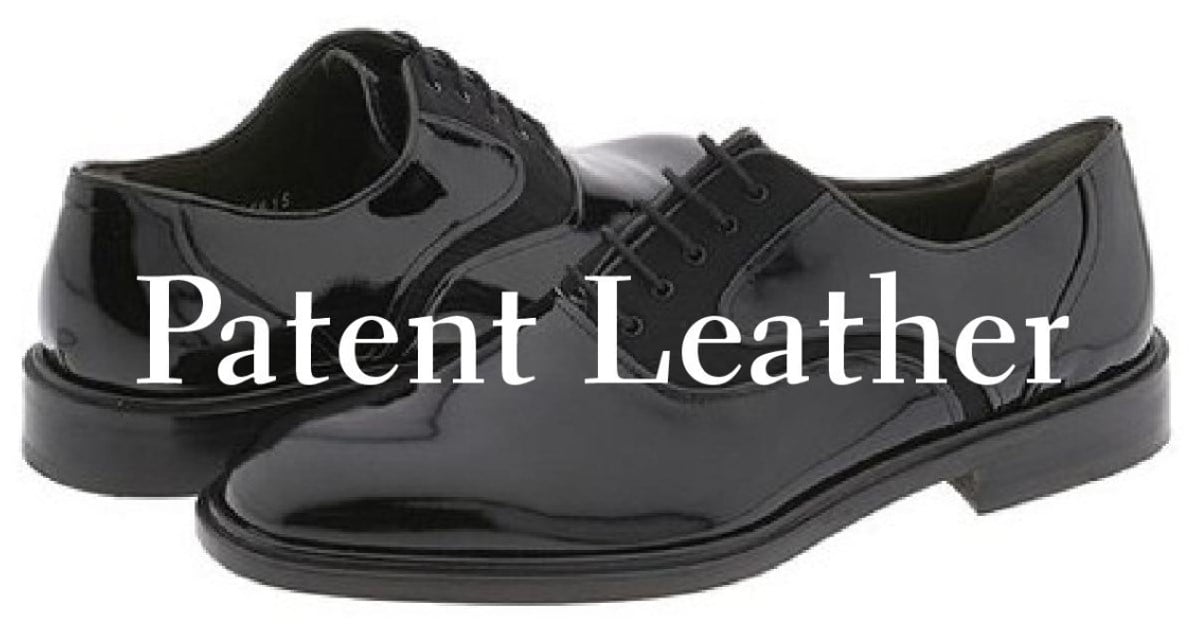
The IP Community Has an Ally in Neil Gorsuch!
Posted: 5/18/2020
 U.S. Supreme Court Associate Justice Neil Gorsuch wrote the dissent in the Thryv, Inc. v. Clicl-to-Call, Tech, LP case that was recently decided by the U.S. Supreme Court. In the dissent, Justice Gorsuch provided a refreshingly compelling defense of patent rights, defending a patentee’s right to obtain judicial review of rulings from the Patent Trial and Appeal Board.
U.S. Supreme Court Associate Justice Neil Gorsuch wrote the dissent in the Thryv, Inc. v. Clicl-to-Call, Tech, LP case that was recently decided by the U.S. Supreme Court. In the dissent, Justice Gorsuch provided a refreshingly compelling defense of patent rights, defending a patentee’s right to obtain judicial review of rulings from the Patent Trial and Appeal Board.Justice Gorsuch was able to secure support for his view from just one other justice on the court, Associate Justice Sonia Sotomayer. What strikes us as most curious here is that a justice appointed by conservative Republican President Donald Trump joined forces with a justice appointed by liberal Democrat President Barack Obama on the issue of inventor rights!
For all the details about the court decision and some excellent analysis, please read “Justice Gorsuch Champions Patent Rights in Recent Dissent” that appeared in the April 22 IPWatchdog.
Why Put a Value on a Patent or Portfolio?
Posted: 5/18/2020
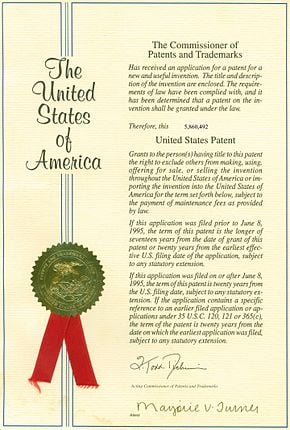 First of all, most patents that are assigned to businesses do not appear as an asset on the Balance Sheets of the companies that own them! Not surprisingly, many business owners and executives are shocked when they learn this. The reason is that patents do not come into existence as other corporate assets do.
First of all, most patents that are assigned to businesses do not appear as an asset on the Balance Sheets of the companies that own them! Not surprisingly, many business owners and executives are shocked when they learn this. The reason is that patents do not come into existence as other corporate assets do. A business buys a truck. The expenditure for the truck is an expense on the Profit-and-Loss Statement that becomes an asset on the company’s Balance Sheet. But when a company applies for a patent, the application and prosecution fees are written off as an expense in the years they are expended. When the patent is granted – two to three years later – no accounting transaction occurs like a check being issued to pay for the afore-referenced truck.
A beautiful patent with a gold crest and red ribbon arrives. It is either framed and hung on the wall or it is put in a file cabinet. What does NOT occur is any kind of accounting transaction that makes the patent appear as an asset on the company Balance Sheet.
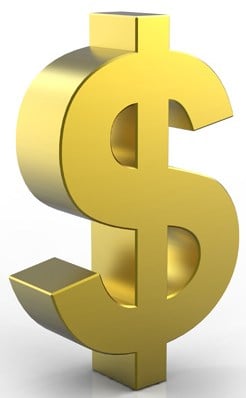 In such cases, the company should have a Patent Valuation performed for all of its granted patents and then use those Valuations to document each patent’s value so they can be added to the Balance Sheet under Intangible Assets. This also applies to trademarks and service marks. Adding unrecorded patents to a business’s Balance Sheet can add hundreds of thousands – even millions – of dollars of new assets to a business’s net worth, dramatically improving a business’s debt-to-equity ratio. And that can both improve the ability of the business to secure financing and reduce the cost of borrowing! If it is a publicly traded company, it should have a positive effect on the stock price.
In such cases, the company should have a Patent Valuation performed for all of its granted patents and then use those Valuations to document each patent’s value so they can be added to the Balance Sheet under Intangible Assets. This also applies to trademarks and service marks. Adding unrecorded patents to a business’s Balance Sheet can add hundreds of thousands – even millions – of dollars of new assets to a business’s net worth, dramatically improving a business’s debt-to-equity ratio. And that can both improve the ability of the business to secure financing and reduce the cost of borrowing! If it is a publicly traded company, it should have a positive effect on the stock price. If you are an inventor with a patent or patents, you can have them appraised and list them as assets when, for example, you apply for a mortgage. Finally, if you are looking to sell or license your patent or portfolio, a professional valuation of your IP can give you an understanding of what it might sell for. Additionally, when a couple divorces, both may be required to report on their assets. We provided many valuations over the years for inventors in the midst of a split with their spouses. To learn more about the three Patent Valuation Services we offer, visit the Patent Valuation page at our website.
What Determines the Value of a National Patent?
Posted: 4/15/2020
So let’s back up and look at some hard numbers. The U.S. enjoys the largest economy in the world. In 2019, the United States – according to the IMF (International Monetary Fund) – generated just over $21 trillion in revenue. That’s $21 trillion in sales of goods and services – what the economists call GDP (Gross Domestic Product). The value of everything sold by all the businesses, not-for-profit organizations and government agencies in the U.S. – from automobiles to Alka Seltzer – food and drugs – clothing and toys – you name it. Every product and service including getting your teeth cleaned at the dentist and registering your car at Motor Vehicles.
Here is the list from the IMF of the countries in the world by their 2019 GDP that generated over $1 trillion in national revenue. This chart is in millions, so add six more zeros (“000,000”) at the end.
| United States | $21,439,453 |
|---|---|
| China | $14,140,163 |
| Japan | $5,154,475 |
| Germany | $3,863,344 |
| India | $2,935,570 |
| UK | $2,743,586 |
| France | $2,707,074 |
| Italy | $1,988,636 |
| Brazil | $1,847,020 |
| Canada | $1,730,914 |
| Russia | $1,637,892 |
| South Korea | $1,629,532 |
| Spain | $1,397,870 |
| Australia | $1,376,255 |
| Mexico | $1,274,175 |
| Indonesia | $1,111,713 |
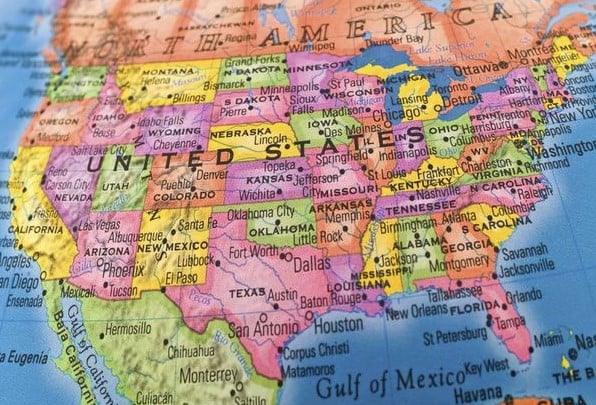 What does this have to do with patents? Simply this: A U.S. Patent has considerable value simply because the U.S. is the largest economy with the largest potential for sales of a product based on that U.S. Patent. A U.S. Patent enables you to produce and sell a product in the largest economy in the world – and sue any business that infringes your patent for reasonable royalties and lost profits, seek injunctive relief, and generate negative press coverage for the infringer.
What does this have to do with patents? Simply this: A U.S. Patent has considerable value simply because the U.S. is the largest economy with the largest potential for sales of a product based on that U.S. Patent. A U.S. Patent enables you to produce and sell a product in the largest economy in the world – and sue any business that infringes your patent for reasonable royalties and lost profits, seek injunctive relief, and generate negative press coverage for the infringer. Following that thinking, a Greek Patent has relatively little value because it only gives you patent protection in a relatively small country that generated just $214 billion in national revenue and ranked No. 50 out of 186 countries. Any company anywhere in the world – except Greece – can manufacture a product that infringes your Greek Patent and sell that product anywhere in the world – except Greece – in blatant infringement of your Greek Patent. And you can do NOTHING about it!
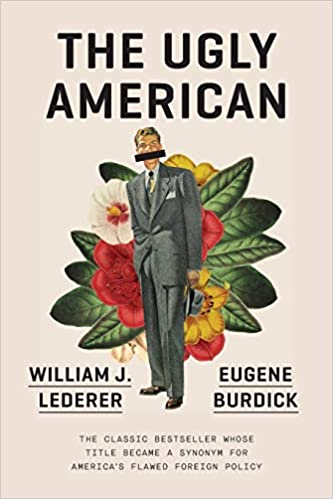 Now it is possible that a company could infringe a U.S. Patent, but by manufacturing the product outside of the U.S. and purposely selling the product exclusively outside of the U.S. it would avoid being pursued by the U.S. Patent owner. Yes, this is possible, but it is not practical. The U.S. is one fourth of the global economy. Bypassing sales in the U.S. deprives the infringer of one-fourth of the sales it could generate had it purchased or licensed that U.S. Patent. But virtually any company can be very successful manufacturing and selling a product in 185 nations around the world, but not Greece.
Now it is possible that a company could infringe a U.S. Patent, but by manufacturing the product outside of the U.S. and purposely selling the product exclusively outside of the U.S. it would avoid being pursued by the U.S. Patent owner. Yes, this is possible, but it is not practical. The U.S. is one fourth of the global economy. Bypassing sales in the U.S. deprives the infringer of one-fourth of the sales it could generate had it purchased or licensed that U.S. Patent. But virtually any company can be very successful manufacturing and selling a product in 185 nations around the world, but not Greece.That is why we find ourselves telling owners of Portuguese and Peruvian and Phillipine Patents that their patents just simply do not have any commercial value. It makes more sense to infringe the patent and manufacture and sell a product based on that patent outside of the country where the patent was granted than to buy or license the patent in the first place.
This is not because we are a bunch of Ugly Americans. The Ugly American was a novel published in 1958 about America’s diplomatic failures in Southeast Asia. The title of the book came to be the term used to describe Americans who think the sun rises the sets on the U.S. to the exclusion of the rest of the world. Yes, the staff at IPOfferings are all Americans who love and are proud of our country, but the value we place on U.S. Patents versus patents from relatively small countries is not because we are blind to the rest of the world. It is a simple matter of economics and cold, hard numbers.
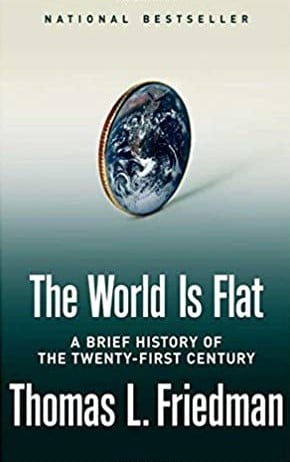 The lesson for all readers of this column is this: If you are applying for a U.S. Patent, consider also applying for a Chinese, Japanese and European Patent as it will give your patent significantly more economic value. Why do we recommend a Chinese, Japanese and European Patent instead of a Chinese, Japanese and German Patent? Because applying for a German Patent is about the same amount of work as applying for a European Patent, and with your European Patent Application you can specify three nations, so select Germany (the fourth largest economy), the UK (the sixth largest economy) and France (the seventh largest economy).
The lesson for all readers of this column is this: If you are applying for a U.S. Patent, consider also applying for a Chinese, Japanese and European Patent as it will give your patent significantly more economic value. Why do we recommend a Chinese, Japanese and European Patent instead of a Chinese, Japanese and German Patent? Because applying for a German Patent is about the same amount of work as applying for a European Patent, and with your European Patent Application you can specify three nations, so select Germany (the fourth largest economy), the UK (the sixth largest economy) and France (the seventh largest economy).If you are filing for a non-U.S. Patent, file a PCT Patent Application and use it to secure additional patents in countries with large economies. We have nothing against Turkey or Taiwan or Thailand, but they are just not large economies. A single patent from the UK or Canada or Australia – all companies in the Top 16 – still has limited value without a U.S. Patent to give the invention patent protection in the largest economy.
We live in a flat world. We are referring to the term created by Thomas Friedman in his 2005 best-seller, The World Is Flat. The book did not attempt to prove that Christopher Columbus was wrong and his ships would fall off the end, but that any business anywhere in the world can now compete with any other business anywhere in the world. Friedman’s reference to the world being “flat” was that today’s global economy is a level playing field. That also means that any company anywhere in the world can infringe your patent – and get away with it if you have not locked up patent protection in the larger economies. In securing patent protection for your invention, keep these critical numbers in mind and be smart about it.
Licensing versus Selling – and Licensing versus Buying – a Patent
Posted: 3/19/2020
Most companies prefer to own a patent. They prefer to pay cash, own the patent, and carry it on their books as an asset. They can practice the patent, and assert it against any and all infringers. They may have strategic partners to which they might license or cross-license the patent. But all things being equal, if they have the cash, businesses prefer to buy and own the patent.
 If a company does not have the cash to buy a patent outright, it will consider licensing it. This applies to start-up businesses, or businesses that have faced a downturn and are looking at new technologies to make a turnaround. The problems with licensing a patent – especially if it is a non-exclusive license – is that the licensor can license the patent to all of the first licensee’s competitors, wiping out any competitive advantage that the first licensee had. When a company licenses a patent, there is also the issue of computing each quarter the sales that are subject to the royalty. For example, if it is a U.S. Patent, no royalty is due on export sales, so they have to be backed out in order to compute the royalties that are due.
If a company does not have the cash to buy a patent outright, it will consider licensing it. This applies to start-up businesses, or businesses that have faced a downturn and are looking at new technologies to make a turnaround. The problems with licensing a patent – especially if it is a non-exclusive license – is that the licensor can license the patent to all of the first licensee’s competitors, wiping out any competitive advantage that the first licensee had. When a company licenses a patent, there is also the issue of computing each quarter the sales that are subject to the royalty. For example, if it is a U.S. Patent, no royalty is due on export sales, so they have to be backed out in order to compute the royalties that are due. For the assignee, the problem with licensing is that the licensee may or may not be successful with a product line based on the licensed patent. If Company A licenses a patent, and then never generates any significant sales from products based on the licensed patent – for whatever reason – the licensor takes a hit. But if the product takes off, the licensor can do very well! Selling the patent is low risk/low return. Licensing the patent is high risk/high return.
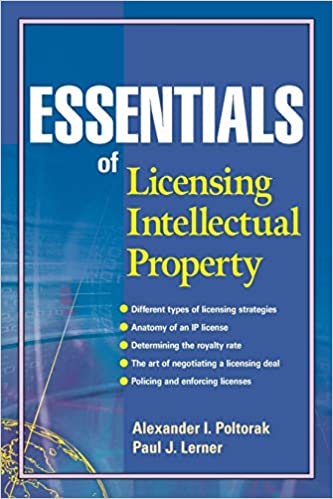 There is also the issue of enforcement. If a patent is licensed, and the patent is infringed, the licensee often does not have standing to bring an action against the infringer, and the licensor – often an individual and the inventor – does not have the resources to pursue the infringer. So the licensee ends up with a competitor that is infringing the licensed patent and not paying a royalty.
There is also the issue of enforcement. If a patent is licensed, and the patent is infringed, the licensee often does not have standing to bring an action against the infringer, and the licensor – often an individual and the inventor – does not have the resources to pursue the infringer. So the licensee ends up with a competitor that is infringing the licensed patent and not paying a royalty.There is no simple response to the question of whether it is better to sell or license, or buy or license, a patent. There are a number of factors that have to be considered. That is why IPOffering always takes a broad “monetization” approach when we take on a patent as a brokerage project.
There is a very good book that covers patent licensing. “Essentials of Licensing Intellectual Property” is available at Amazon for about $25.00 and it covers most comprehensively what both a licensor and licensee needs to know.
If you are a business executive torn between buying or licensing a patent – or an inventor not sure about selling or licensing your patent – we can help you determine what the key factors are that need to be taken into consideration so you can make the best decision. Because, hey, that’s what we do!
Proposed Legislation Aims to Level the Playing Field
Posted: 2/19/2020
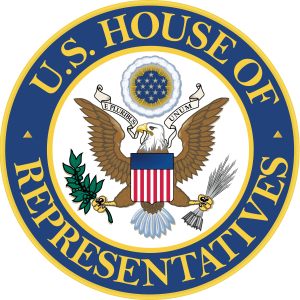 It is incredibly ironic that in the December and January installments of Patent Leather we were covering patent infringement, so we did not have room for this news until now. Last December, Rep. Danny Davis (a Democrat from Illinois) and Rep. Paul Gosar (a Republican from Arizona) introduced the Inventor Rights Act of 2019 (H.R.5748). The bill has five main elements and it only applies to inventors who own their own patents (many IPOfferings clients fall in that category) and not businesses, universities and NPEs (non-practicing entities). For a description of what an NPE is, refer to the January installment of Patent Leather below.
It is incredibly ironic that in the December and January installments of Patent Leather we were covering patent infringement, so we did not have room for this news until now. Last December, Rep. Danny Davis (a Democrat from Illinois) and Rep. Paul Gosar (a Republican from Arizona) introduced the Inventor Rights Act of 2019 (H.R.5748). The bill has five main elements and it only applies to inventors who own their own patents (many IPOfferings clients fall in that category) and not businesses, universities and NPEs (non-practicing entities). For a description of what an NPE is, refer to the January installment of Patent Leather below.- IPR Opt-Out: The bill would give inventors the right to opt out of an inter partes review of their patentsby the Patent Trial and Appeal Board (PTAB). Accused infringers (plaintiffs in a patent infringement lawsuit) will still have the right to challenge the validity of a patent in U.S. District Court as part of an infringement lawsuit trial, but they will not have the second-bite-of-the-apple they now have to also force a patent into review by the PTAB. A common strategy of infringers is to get a patent it has been charged with infringing invalidated so it simply goes away, and that second option would no longer exist if the bill were passed.
- Profits from the Infringer: Under current law, inventors are only entitled to receive reasonable royalties (also refer to the January installment of Patent Leather for more information on this) from an infringer, permitting the infringer to keep most of their profits generating by the infringing products it has sold and continues to sell. This bill pays all profits generated by willful infringers who knew or should have known of their infringement of a patent owned by the original inventor to the original inventor. This remedy is consistent, incidentally, with other forms of intellectual property including design patents, copyrights and trademarks.
- Injunctive Relief: This bill would also entitle an inventor to an injunction prohibiting sales of infringing products, a remedy-at-law no longer available to inventors since the 2006 eBay Decision (additional information on the eBay Decision is included in the January Patent Leather installment).
- Venue Preference: The bill gives inventors the right to file patent infringement litigation in their home judicial districts. They are currently required to sue an infringer in a district in which the infringer has a facility, and that could be the other end of the country, adding additional costs and burdens for the inventor.
- Fee Recovery: Inventors – under this bill – would be entitled to recover from the defendant (infringer) their attorney fees if they exceed more than 10% of the amount of damages awarded to the plaintiff.
We suggest you send an email to your U.S. Representative expressing your support for H.R.5748. Let’s see what happens.
What You Probably Did Not Know about Patent Rights
Posted: 2/19/2020
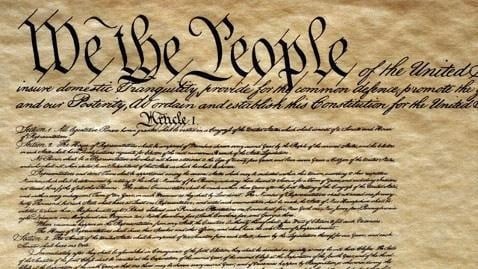 When one of us speaks at a conference or other event, we like to work in whenever appropriate that the right to patent an invention or copyright a document actually predates such other established American concepts as Freedom of the Press, Due Process and Habeas Corpus. And here is why…
When one of us speaks at a conference or other event, we like to work in whenever appropriate that the right to patent an invention or copyright a document actually predates such other established American concepts as Freedom of the Press, Due Process and Habeas Corpus. And here is why…The First Constitutional Convention met in Philadelphia in 1787 and hammered out what is the original U.S. Constitution. By “original” we mean the U.S. Constitution without any amendments. In December of 1787, Delaware was the first state to ratify the Constitution. That is why “The First State” appears on Delaware license plates. In 1788 Rhode Island rejected the Constitution, but later that year New Hampshire became the ninth state to ratify the Constitution, the number needed to put it into effect. Eventually all the other states also ratified it.
Article 1, Section 8, Clause 8 of the original U.S. Constitution gives Congress the power “To promote the Progress of Science and useful Arts, by securing for limited Times to Authors and Inventors the exclusive Right to their respective Writings and Discoveries." It is from this section of the original U.S. Constitution that all Patent and Copyright – and later Trademark and Service Mark – laws were derived. So U.S. citizens had the constitutional right to seek protection for their inventions in the form of a patent beginning in 1788, the year the original U.S. Constitution was ratified.
The next year, 1789, Congress drew up twelve proposed Amendments to the Constitution and circulated them to the states for ratification. It was these Amendments – not the original Constitution – that included Freedom of Speech, Freedom of Assembly, the right to bear arms, protection from unreasonable search and seizure, Due Process, Habeas Corpus and the many other rights we enjoy as Americans. Ten of the twelve proposed Amendments - known today as the "Bill of Rights" - were not ratified until 1791, three years after the original U.S. Constitution was ratified.
And that is why patent rights in the U.S. predate the many rights that Americans enjoy and that are considered essential to the country we are. In fact, many historians and economists believe that the incredible prosperity, wealth formation and technological superiority that America enjoys is due in large part to our patent system – a brainchild of our Founding Fathers.
The first U.S. Patent was granted in 1790 to one Samuel Hopkins of Massachusetts for a process for making potash. The Patent Examiner was Secretary of State Thomas Jefferson and the patent was signed by President George Washington.
Even More Answers to Your Questions about Patent Infringement
Posted: 1/20/2020
Q: Can I get the court to order an infringer to stop selling products that infringe my patent?
A: Maybe. It depends on what class of patent holder you fall into. Class? Yes, class. There are, in fact, two distinct classes of patent holders, and the remedies available to you as a patent holder when your patent is infringed depends on what class you are in.
◆ NPE: An NPE (non-practicing entity) is a patent hold that does not “practice” his or her or its patent. Most universities own patents that were developed by their faculties, but we know of no university that has a factory on campus that manufactures products based on one of the university’s patents. Most universities have a Tech Transfer department that licenses the university’s patents to industry. So universities are NPEs.
An inventor who does not make a product based on his or her patent is also an NPE.
There are businesses that own patents they do not practice. The R&D staff comes up with a great idea, so the company applies for a patent. Smart move. But Marketing decides there is no market for a product based on that patent, or such a product is not a good fit with the company’s other products, or the product is not core to the company’s business model, or for some other reason decides to not practice a patent owned by the company. Many such companies come to IPOfferings to represent them in the monetization of their “non-core” patents. A company that owns a patent it does not practice is an NPE.
And then, of course, there are patent assertion firms that acquire infringed patents specifically to assert them against the infringer(s), so patent assertion firms are NPEs.
◆ Market Participant: The opposite of an NPE is a “Market Participant.” A Market Participant is almost always a business, and the business owns a patent or several patents that it “practices” – it makes and/or sells a product or service that uses the invention covered by one or more of the patents owned by that business.
The remedies available to an NPE are much different than those available to a Market Participant. When an NPE sues a company for infringing its patent, it has just one remedy available to it under law – reasonable royalties. It can demand that the infringer pay the patent holder what the infringer would have paid the patent holder had the infringer licensed the patent in the first place. If the patent holder can prove that the infringement was willful – the infringer knew about the patent but when ahead and infringed it anyway – the patent holder can sue for treble damages. But the only remedy-at-law available to an NPE is the royalties that would have been paid by the infringer had the infringer properly licensed the patent in the first place.
A Market Participant, however, has three remedies available to it. It can demand reasonable royalties from the infringer just as the NPE can. And it can sue for treble damages if it can prove the infringement was willful.
The Market Participant can also sue for lost profits. By selling products that infringe the Market Participant’s patent, the infringer essentially stole business from the Market Participant since customers would have purchased the Market Participant’s products had the infringer not been selling infringed products that directly competed with the Market Participant’s products. So the Market Participant can estimate what the sales of its products would have been had the infringer not been selling directly competing products, and the Market Participant can sue the infringer for the profits it would have generated on those sales.
The third remedy-at-law available to a Market Participant – and not an NPE – is “injunctive relief” – a court order that bars the infringer from continuing to sell the infringing product. In what is known as the “eBay Decision” the U.S. Supreme Court ruled that an injunction blocking an infringer from selling infringing products should not automatically be issued to all patent holders. It created a four-factor test that the courts must apply. We will not go into all the details, but the primary result of the eBay Decision is that NPEs routinely do NOT receive injunctive relief, but it is granted to Market Participants.
When Apple sued Samsung back in 2010 in the “patent infringement lawsuit of the century,” Apple asked for an injunction barring Samsung from importing into the U.S. and selling the Galaxy smartphones that infringed the Apple patent. The District Court judge did not grant the injunction. Apple appealed the decision, and the appellate court ruled that the District Court should have issued an injunction an injunction that barred Samsung from importing and selling infringing products. It was a Pyrrhic victory for Apple, however, because by the time the appellate court made its ruling, Samsung had moved on to a new model of smart phone and it was no longer selling the model that infringed the Apple patent.
So the answer to the question about getting the court to order the infringer to cease sales of the infringing product is that if you are an NPE, seeking a court order to bar sales of infringing products is not a practical objective for you to pursue. However, if you are a Market Participant, you can pursue injunctive relief as a remedy for infringement of your patent.
For those of you who are interested, the official title of the eBay Decision is “eBay Inc. v. MercExchange, L.L.C., 547 U.S. 388 (2006)” and Wikipedia has a well written article on the decision if you want to learn more.
Q: What is the difference between a patent and a trade secret? Can you sue for infringement of a trade secret?
A: A “patent” is a bargain with the U.S. Federal Government under which in exchange for disclosure of your patent the federal government grants you a 20-year monopoly. You have the exclusive right to manufacture and sell a product based on the invention covered by your patent for 20 years from the Application Date of the patent. Or you can license that right to someone else, or you can sell the patent, and the new owner (or “assignee”) of the patent now has the same rights granted to the applicant. And you have the right to sue any person or business that infringes your patent.
A “trade secret” is first and foremost a “secret.” You file no application and you share the invention with no one. It is your little secret. And it is your trade secret for as long as you can keep it a secret. One of the most famous trade secrets is the formula for Coca-Cola. John Pemberton made the critical decision in 1886 to NOT file for a patent on the formula, but to keep it as a trade secret. It remains a trade secret to this day. The formula for Coca-Cola – as legend goes – is safely locked in an Atlanta bank safety deposit box, and only a few long-term and highly trusted (and, we assume, well paid) Coca-Cola employees know the formula. Had Pemberton secured a patent for the Coca-Cola formula, that patent would have expired over 100 years ago.
A trade secret is not a practical strategy for a device or tool or other physical product because it can be reverse-engineered by a competitor who could then make a directly competing product. So a process or formula used to produce a product is a far more reasonable candidate to be treated as a trade secret.
If a trade secret is stolen from you – and you can prove it – you do not sue for infringement (that only applies to patents and trademarks), you actually charge the party that stole your trade secret with theft. Many states have laws that specifically cover theft of trade secrets.
Companies that have trade secrets must go to extraordinary lengths to protect them. Only a small number of trusted employees can know about the technology, and access to facilities that use the trade secret should be very limited.
Answers to Your Questions about Patent Infringement
Posted: 12/11/2019
Q: Is there ever a time you would NOT pursue an infringer of your patent?
A: Most definitely! Asserting your patent against an infringer needs to be more about money than justice. Whether you engage a patent litigation law firm and pay your own legal expenses, or you partner with a patent assertion firm to pursue the infringer, the cost will be substantial. It currently costs at least $200,000 – and that number can go to $300,000 or $400,000 or even higher based on several factors – to file and try a patent infringement lawsuit. We will not detail all the costs, but the expert witnesses, consultants, depositions, filings, hearings, motions and a dozen other elements to a patent infringement lawsuit all add up pretty quickly.
If the defendant is found to be infringing your patent, the law permits you to receive “reasonable royalties.” That is, if the infringer had licensed your patent in the first place, what royalty would the company have paid you? Royalties typically run a quarter or half percent of sales – maybe one percent of sales.
So if the infringer has sold $5 million worth of infringing products, and you claim a 1% royalty, that’s $50,000. You do not need a degree in Accounting to see that it is not worth spending $200,000 to sue an infringer for $50,000. If the patent is new, and it has ten or more years to run, and the infringer will be generating another $20 million in sales of infringing products, 1% of $25 million is still only $250,000, making a patent assertion campaign an essentially break-even venture.
So the answer is that it is NOT financially viable to sue an infringer unless the company has generated – or will generate over the remaining lifetime of the patent – at least $50 million or more in sales.
Q: Why not just notify the infringer that it is infringing my patent and ask them to pay a royalty?
A: Bad Idea! In fact, really bad idea. Never, ever notify a company that you believe that it is infringing your patent. The infringer will likely file a Summary Judgement action against you, making you the defendant in an expensive lawsuit with no good outcome. Either engage a patent litigator or partner with a patent assertion firm. NEVER contact the infringer directly!
Q: When I sue for infringement, what about the use of my patent for its remaining years?
A: Good question! Let’s say a company has been infringing your patent for the last five years, and your patent has 10 years left to run. You can only sue for the infringement that has occurred, so if you win your case or reach a settlement with the infringer, you are entitled to reasonable royalties for the period of infringement. Going forward, there are two likely outcomes. Either the infringer will take a license and pay you a royalty on sales of its products that use your patent for the remaining life of the patent, or it will negotiate a lump sum forward settlement. The company will estimate what sales will be of the infringing product(s) over the remaining life of the patent and pay you a lump sum for a lifetime license to your patent. This has become the more common outcome since it is cleaner and neater than having to compute the royalties due and cut a royalty check every three months.
Q: Do I want a trial?
A: NO! You could go to trial and win, but you could also go to trial and lose. It is hard to predict what a jury will do. When Apple sued Samsung for patent infringement back in 2010, Apple wanted a trial for the public relations benefit. Your objective should be to walk away with some cash. Additionally, even if you go to trial and win, the infringer could file appeals that could drag on for years – and double or triple your legal expenses. The most desirable outcome is an out-of-court settlement with the infringer as it is a final agreement between the parties.
Q: Couldn’t I represent myself?
A: Never a good idea! Representing yourself in Small Claims court or local traffic court is one thing. Patent litigation is very sophisticated, very complex. Trying your own patent infringement lawsuit is the equivalent of do-it-yourself dentistry. We recommend seeing Flash of Genius. It is about Robert Kearns, the man who invented intermittent windshield wipers. He showed his invention to the major car companies, they all infringed his patent, and Kearns sued them himself for patent infringement. It quite literally ruined his life!
So You Think Your Patent Is Infringed. Part Two
Posted: 11/20/2019
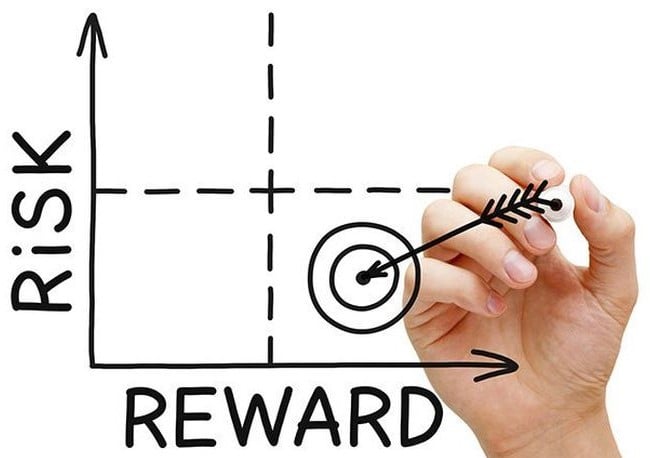 Once you’ve determined that your patent (or patents) is infringed, and you’ve developed Claim Charts, you have two broad options ahead of you – the Low Risk/Low Reward Option or the High Risk/High Reward Option. Here is how they break out.
Once you’ve determined that your patent (or patents) is infringed, and you’ve developed Claim Charts, you have two broad options ahead of you – the Low Risk/Low Reward Option or the High Risk/High Reward Option. Here is how they break out.Low Risk/Low Reward Option: There are companies that buy patents for enforcement, then retain the services of a patent litigator to pursue the infringer(s). These companies buy the patent for cash. While the sales price will be modest, it is cash and there is NO risk to you. There is a second Low Risk/Low Reward option – sell the patent to the infringer. Companies will often buy a patent to eliminate it as a litigation liability. Again, the sales price will be modest, but there is virtually no risk to you.
High Risk/High Reward Option: Asserting your patent against the infringer or infringers creates the opportunity for a significant payoff, but it also creates several risks that you need to be aware of. IPOfferings has relationships with all the major Patent Assertion Firms. These are businesses that specialize in asserting patents against infringers on behalf of the patent owner. The typical arrangement is that the Patent Assertion Firm works on contingency. They cover all disbursements (filing fees, depositions, consultants, expert witnesses, due diligence, demonstratives, etc.) and legal fees. When they secure a settlement – this is critical – the Patent Assertion Firm splits the net settlement (gross settlement less expenses) with the patentee per an agreed-to formula. An out-of-court settlement is a final and binding agreement between the parties, so this is the most desirable outcome.
The key objective for the Patent Assertion Firm and its legal team is to present such a powerful claim that the infringer (the defendant in the lawsuit) decides it is better off settling out of court rather than taking the risk of going to trial. If the Patent Assertion Firm is forced to go to trial, you could win. But you could also lose. Game over. That is just one of several risks. Even if the Patent Assertion Firm is forced to go to trial and you win, the defendant will likely file an appeal – or several appeals – that could drag on for years.
The other risk to litigating your patent is that the infringer will almost certainly attempt to force your patent into reexamination in an attempt to have it invalidated. That means you could not just lose the lawsuit, you add the additional risk that you could actually lose your patent!
The reward, however, can be substantial. It is not uncommon for patent holders to win multi-million dollar settlements from multiple infringers!
So if you have a patent (or patents) that you believe have been infringed, IPOfferings can guide you through the process of making the best decision how to monetize them. For additional information about what to do if you believe your patent has been infringed, visit the Patent Infringement page at our website or download our Patent Infringement Services data sheet.
So You Think Your Patent Is Infringed. Now What?
Posted: 10/22/2019
First of all, a patent does not infringe another patent. Only a product or service infringes a patent. If you believe you have a patent, and a newer patent covers the same invention as your patent, there is an action you can take, but that will be covered in another article.
For a product or service to infringe your patent, the infringing product must “read” on all aspects of at least one of the independent claims in the patent. If Claim 1 calls for A, B, C and D, and a product has A, C and D, it is not infringing the patent. By “read” we mean that what the product does must be described in words (i.e., “read”) very similar to the words used in the patent.
If you believe your patent has been infringed, you need to have a qualified third party look at your infringement claim and develop what is called a “Claim Chart.” A Claim Chart is a two-column document in which the claim from the patent appears on the left, and directly across from it appears evidence of infringement, usually in the form of images and copy from the website of the manufacturer of the infringing product along with a link to the page from which the infringement “smoking gun” was taken.
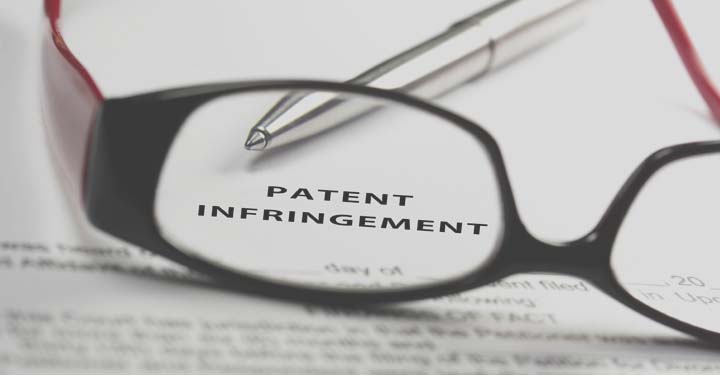 We like to use the over-simplified example of the toaster oven. There are lots of toaster oven patents and lots of toaster ovens, but your toaster oven patent for the purpose of our illustration this month has two unique features: It includes a timer set by the user that turns off after X minutes, and it is a self-cleaning toaster oven with a super-high temperature setting that incinerates whatever is spilled in, or splattered on the walls of, the toaster oven.
We like to use the over-simplified example of the toaster oven. There are lots of toaster oven patents and lots of toaster ovens, but your toaster oven patent for the purpose of our illustration this month has two unique features: It includes a timer set by the user that turns off after X minutes, and it is a self-cleaning toaster oven with a super-high temperature setting that incinerates whatever is spilled in, or splattered on the walls of, the toaster oven.For a Claim Chart for this patent, in the left column is the exact wording from the claim that describes the timer. “Toaster oven includes electronic timer that is set by user and turns off automatically at user-set interval.” On the right side is a screen shot from a manufacturer’s website (with a link to that web page) showing the toaster oven with descriptive copy. “Thanks to its handy timer, just walk away and never worry about your food burning.” That descriptive copy “reads” on the text in the patent’s claim that covers the timer.
On the next page is the text from the claim in the patent that covers its high-temperature setting that cleans the toaster oven. “Toaster oven has 900ᵒ (F) setting that cleans oven by incinerating any food debris in oven.” On the right side is another screenshot (with a link to that web page) showing the toaster oven with copy next to it. “Just set the toaster oven to Self-Clean and it cleans itself automatically in about a half-hour.” That descriptive copy “reads” on the claim in the patent.
It is important to remember what we wrote back in the third paragraph. To infringe a patent, a product must read on all aspects of at least one claim in the patent. If the timer and self-cleaning setting are included in one claim, and the product only includes one feature, it is not infringing the patent. However, if the timer is in one claim, and the self-cleaning feature is in another claim, a toaster over with just the timer is infringing the patent.
You can make claims of infringement, and you can send emails and letters and make phone calls. But no one will take seriously your claim of infringement until you produce professionally prepared Claim Charts! IPOfferings provides this service. We also provide an Initial Infringement Analysis if you are not sure exactly what products are infringing your patent. For more information, visit the Patent Infringement page at our website. At that page, we show one of the Claim Charts used in the patent trial of the century – the Apple vs. Samsung iPhone patent infringement lawsuit from 2012.
Next month: You have Clam Charts. Now what are your options?
Are All of Your Assets Accounted for on Your Balance Sheet?
Posted: 9/17/2019
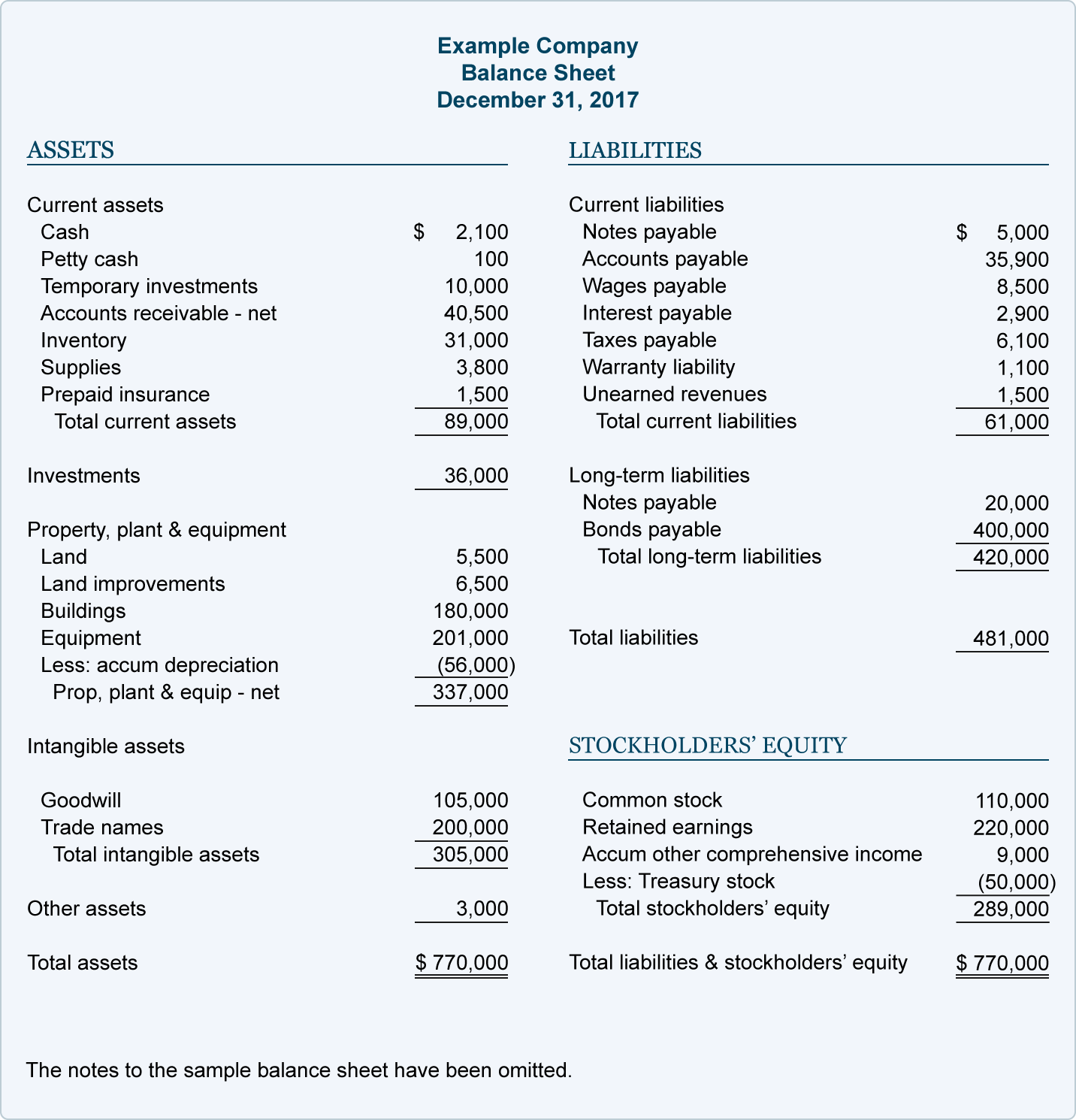 There is, however, one important class of asset that often falls through the cracks. One of your employees – in R&D or Engineering or Manufacturing or Marketing or any other department in the company – comes up with an idea for a new product. You decide to file for a patent to protect your invention. Good idea. You engage a patent attorney who files the patent application and manages the prosecution of the patent application.
There is, however, one important class of asset that often falls through the cracks. One of your employees – in R&D or Engineering or Manufacturing or Marketing or any other department in the company – comes up with an idea for a new product. You decide to file for a patent to protect your invention. Good idea. You engage a patent attorney who files the patent application and manages the prosecution of the patent application. The employee or employees who made the invention receive their salaries, and they are accounted for by your accounting system. The patent attorney bills out his or her services and is paid. And that expense is accounted for by your accounting system. So far, everything is working fine.
About two years after you file the patent application – current patent pendency at the U.S. Patent and Trademark Office is about 25 months – your application is approved and a patent is granted. And the handsome hard copy U.S. Patent with the red ribbon on it arrives at your business. Some businesses frame them and hang them on the wall. Other businesses just put them in a file folder. Some businesses have an IP page at their website, so they add the patent to the company’s list of patents at the website. And this is all fine.
But what virtually NO company does is perform an accounting transaction. Despite the fact that your company has a new asset – one that could be of considerable value – no change occurs to your company’s Balance Sheet because no other accounting transaction – like issuing an invoice or cutting a check – has occurred.
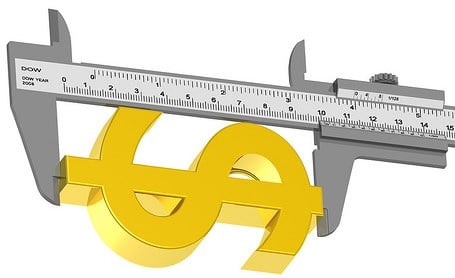 When a company buys a patent, the purchase is an accounting transaction, so the acquired patent or patents appear on the Balance Sheet under Intangible Assets. But the home-grown patents – patents the company applied for and received – do not trigger an accounting action that makes the patent an asset on the company’s Balance Sheet.
When a company buys a patent, the purchase is an accounting transaction, so the acquired patent or patents appear on the Balance Sheet under Intangible Assets. But the home-grown patents – patents the company applied for and received – do not trigger an accounting action that makes the patent an asset on the company’s Balance Sheet.For a public company, home-grown patents are assets that do not appear on the Balance Sheet, so they are not, therefore, included in the computation of the value of the business and not reflected in the company’s stock price. For a private business, home-grown patents are assets that do not appear on the Balance Sheet, so they are not, therefore, assets that can be used to secure loans, limiting the ability of the business to generate the working capital it needs.
Every business with a significant patent portfolio should have a professional valuation done every few years or so to determine the fair market value of those intellectual assets. Once the value of those assets has been determined through a third-party valuation, there is a process (consult with your CPA or auding firm) for adding those assets to your Balance Sheet. Only then will your business’s Balance Sheet – be it a public or private company – truly reflect all of the assets of the business enterprise.
In addition to patents, make sure that your Balance Sheet also includes the fair market value of your company's trademarks, service marks and copyrights, and any proprietary technology and know-how your company owns and uses.
Fortunately, securing a professional valuation of your company's patent(s) is right at your fingertips. IPOfferings provides three separate Patent Valuation Services.
► Basic Patent Valuation: This service covers six key metrics and is for internal pricing consideration.
► Enhanced Patent Valaution: This service would be used to value unrecorded patents and covers 12 key metrics.
► Comprehensive Patent Valuation: This service is used to value a patent family (a U.S. Patent that has associated foreign patents or applications) or a portfolio, it covers 18 key metrics, and it includes recommendations for increasing the value of the IP.
Just click here to visit the Patent Valuation Services page at our website. At that page, you can download the Data Sheet on our Patent Valuation Services.
Seat Belts and Air Bars Have Actually Been Around for a While
Posted: 8/19/2019
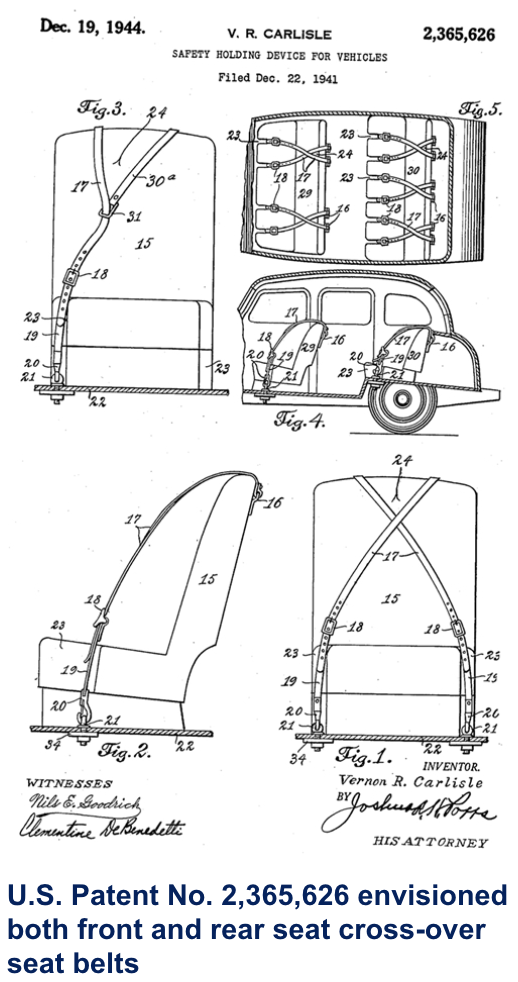 Those of us with a few years behind us think of seat belts and air bags as fairly recent auto safety developments, and they are, but the concepts for both go back quite a ways.
Those of us with a few years behind us think of seat belts and air bags as fairly recent auto safety developments, and they are, but the concepts for both go back quite a ways.Vernon Carlisle received U.S. Patent No. 2,365,626 in 1944 for a “Safety Holding Device for Automobiles.” It appears to be the first U.S. Patent for what we today call a “seat belt.” It was a double-strap cross-over seat belt like flight attendants use. What we find interesting is that in 1944 the entire U.S. automobile industry had been turned over to war production. The Chevrolet plant in Detroit was cranking out fighter planes 24/7. You could not buy a new car, but Mr. Carlisle was obviously thinking of the future. He filed for the patent in 1941 (just a week after the attack on Pearl Harbor), so patent pendency was about three years at that time.
The Nash Ambassador and Statesman models introduced seat belts to the American public way back in 1950. As one of the smaller car companies – Nash merged with Hudson to form American Motors – the company was looking for a competitive edge to set it apart. The only American Motors nameplate that survives today is the Jeep.
Seat belts became mandatory in 1968, and in 1974 the federal government upped the ante. You could not start the car until you latched your belt! There was so much resistance from the public that today we just have an annoying buzzer when we don’t buckle up.
We find no record of Mr. Carlisle ever commercializing his patent. That is not to say that he did not, we just do not find any press or other coverage indicating that he did.
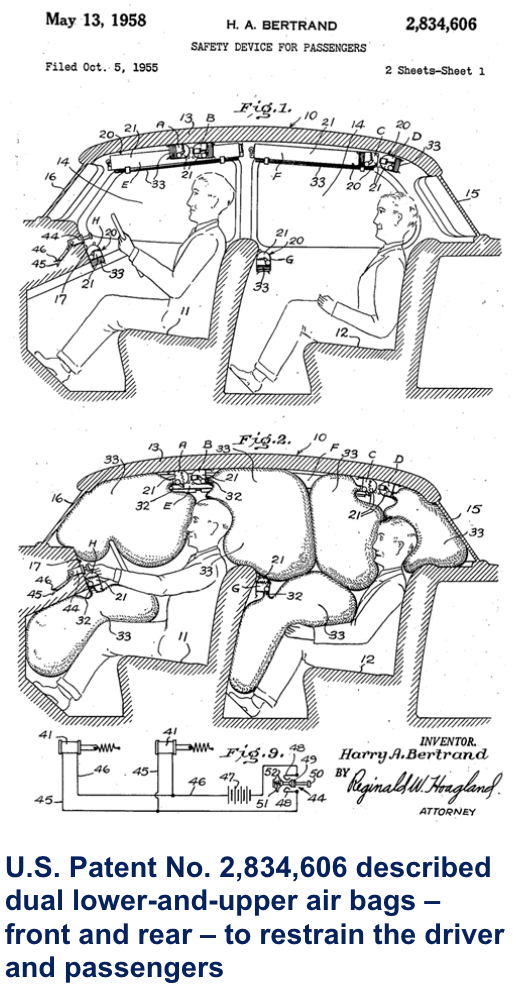 The second significant advancement in auto safety, air bags, goes back to 1958 when Harry Bertrand received U.S. Patent No. 2,834,606 for a “Safety Device for Passengers.” He filed for the patent in 1955, so the Patent Office was still running about a three-year pendency for patent applications. It was the forerunner of the modern air bag of today. The patent has 217 Forward Citations.
The second significant advancement in auto safety, air bags, goes back to 1958 when Harry Bertrand received U.S. Patent No. 2,834,606 for a “Safety Device for Passengers.” He filed for the patent in 1955, so the Patent Office was still running about a three-year pendency for patent applications. It was the forerunner of the modern air bag of today. The patent has 217 Forward Citations. Air bags caught on slowly. Ford experimented with air bags in some vehicles beginning in 1971. The 1973 Oldsmobile Toronado offered both driver side and passenger side air bags. As one of the first front-wheel-drive vehicles, the Toronado was GM’s test vehicle for new technologies.
GM featured airbags on its full-size 1975 Buicks and Oldsmobiles, and added air bags to the Cadillac line in 1976. During the Lee Iacocca years at Chrysler, the company was looking for a competitive edge – just as Nash was 40 years earlier – so it introduced airbags as standard equipment on all its 1988 models! It was not until 1998 that air bags were made mandatory.
And we also find no evidence – he may have, and we hope he did – that Mr. Carlisle every licensed his air bag patent.
There's the Light Bulb Patent, Telephone Patent and Airplane Patent. Did You Know There Was an Automobile Patent?
Posted: 7/22/2019
 Yes, Virginia, there actually is an automobile patent – actually the automobile patent. George B. Selden of Clarkson, New York (near Rochester) was granted U.S. Patent No. 549,160 for a “Road Engine” on November 5, 1895.
Yes, Virginia, there actually is an automobile patent – actually the automobile patent. George B. Selden of Clarkson, New York (near Rochester) was granted U.S. Patent No. 549,160 for a “Road Engine” on November 5, 1895. Inspired by the gasoline engine invented by George Brayton and introduced at the Centennial Exposition in Philadelphia in 1876, Selden went to work on an improved engine with an enclosed crankshaft that powered a four-wheel vehicle. He filed for the patent in 1879, but he then filed a series of amendments to his application, stretching out the process so it took 16 years to get his patent. Talk about patent pendency! In a strange twist of fate – you know we love them – George Selden’s witness when he filed his patent application was none other than George Eastman of Kodak Eastman fame. Small world.
Selden’s patent covered an internal combustion gasoline engine that powered a four-wheel vehicle. Pretty broad coverage. He began assembling automobiles in Rochester at his Selden Motor Vehicle Company. He worked out a deal with the Association of Licensed Automobile Manufacturers to pay him a 0.75% royalty on all cars sold by the association’s members.
All went well until one Henry Ford came along. What most people do not know is that Ford was actually late getting into the automobile business. By the time he introduced his Model T (he had worked his way through Models A through S) in 1908 there were at least 50 companies assembling automobiles and paying a royalty to the association. Almost all are now out of business, but Buick and Cadillac are two that survived.
 Ford was not about to pay anyone a royalty! It would not have broken him or significantly raised the price of his cars, but the man who said you could have “any color you want as long as it’s black” just did not want to pay the royalty or even recognize the legitimacy of the Selden Patent!
Ford was not about to pay anyone a royalty! It would not have broken him or significantly raised the price of his cars, but the man who said you could have “any color you want as long as it’s black” just did not want to pay the royalty or even recognize the legitimacy of the Selden Patent! Selden sued Ford and four other car makers for infringement of his patent. It was the news story of the day, just as the Apple-Samsung smartphone patent lawsuit was 100 years later, and it generated thousands of pages of documentation at a time when there were no copiers! Ford lost in the first round, but he appealed the decision and got the patent invalidated – a strategy still in use 100 years later – with his claim that Selden’s patent was not actually based on the Brayton engine but on an engine invented by Nicolaus Otto.
Ford went to become a multi-millionaire. Selden had collected a few hundred thousand in royalties, and he did manufacturer and sell a few cars – and later trucks – but he was a broken man after his patent was invalidated.
So What Exactly Is a Blockchain?
Posted: 6/24/2019
Blockchains can be public or private in terms of who gets to view the data. Because all transactions on a public blockchain are visible, anyone can view them and this enables the community of users of a given blockchain the opportunity to hold all users accountable. It also removes the need for a third party to authenticate transactions or store sensitive information. It also provides users with greater autonomy to read, write and publicly participate within the blockchain.
A blockchain creates a decentralized database in which information is stored on many different computers. Structuring a blockchain database limits risk, increases data protection, and promotes the distribution of data. No one can delete information – accidentally or intentionally – since it is backed up at various locations. The cryptographic security a blockchain can provide is unmatched. The most common blockchain secure hash algorithm in use today is called SHA-256.
Another key feature of a blockchain is the immutability principle. Data within the blockchain is trustworthy because it cannot be changed. In a blockchain, hashing is used to integrate new incoming information into the current state of the blockchain. Each new block of information that is added is hashed and tied to the previous block. This creates a transparent, traceable chain and ensures that all entries to the chain are legitimate. In order for a block to be added to the chain, a recorded transaction must first be verified by all the systems that are “mining” on the blockchain.
First Generation Blockchain: Launched in 2009, Bitcoin was the first widely used blockchain network and it set the stage for future blockchains and robust shared public ledgers. Transactions over this network are slow, taking about 10-15 minutes to complete. Although it is still the most famous blockchain network, it is well on its way to obsolescence.
Second Generation Blockchain: The next generation of blockchains were able to function as digital ecosystems or platforms off which other applications can run. This greatly increased the range of functionality the blockchain could offer users. Second-generation blockchains use "smart contracts" - a set of instructions or logic that can be triggered by an event. These smart contracts led to ICOs (Initial Coin Offerings) that are used to raise money for a project or business. This marked a radical shift for the entire blockchain space opening a new pipeline for entrepreneurship and reshaping the venture capital marketplace. The velocity of investment in the space is faster than almost any other money-raising vehicle. For example the Bancor Foundation raised $153 million in a three-hour period.
Beyond applications like smart contracts, second-generation blockchains offer greatly increased transactional speeds of around 10-15 seconds per transaction. This - added to the asset liquidity of the blockchain - has made it much more appealing as a store of value for circulation.
Third Generation Blockchain: The Gen 3 blockchain focuses on increased readability and usability. By simplifying code, allowing for account recovery, and offering an overall lighter-weight operation, these blockchains are designed with an eye towards scalability and mainstream adoption.
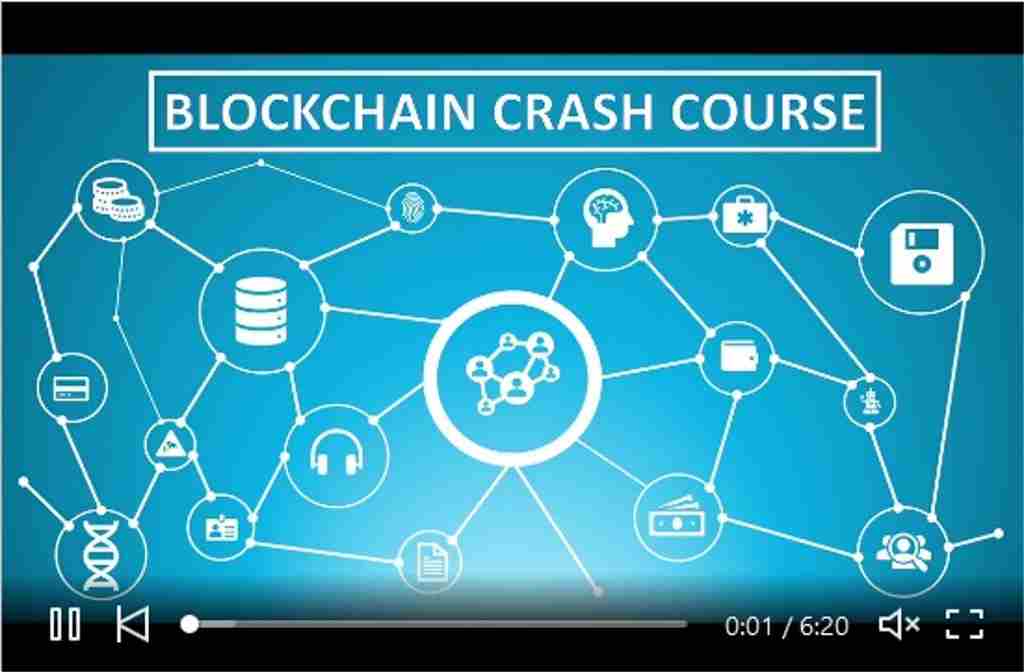 Proof-of-work, the transaction verification system used on the primitive Bitcoin network, has been widely replaced with delegated-proof-of-stake verification with transaction speed rates up to 10,000 transactions per second. Large amounts of data can be stored and processed on these blockchains. They will be able to interact with each other, connecting different blockchains together, and making the use of blockchains more practical for businesses and individuals alike. This is referred to as “atomic swaps.” Transactions on these blockchains are considered digital legal agreements and they will be the underpinning of future commerce and business.
Proof-of-work, the transaction verification system used on the primitive Bitcoin network, has been widely replaced with delegated-proof-of-stake verification with transaction speed rates up to 10,000 transactions per second. Large amounts of data can be stored and processed on these blockchains. They will be able to interact with each other, connecting different blockchains together, and making the use of blockchains more practical for businesses and individuals alike. This is referred to as “atomic swaps.” Transactions on these blockchains are considered digital legal agreements and they will be the underpinning of future commerce and business.Blockchain technology has come a long way since the launch of the Bitcoin ten years ago. The blockchain has emerged from an unknown technological novelty into an asset with real value. The blockchain does not solve every problem and is still faces growing pains as any immature technology does. As it continues to develop and expand in both prominence and potential, it will become increasingly important to stay informed and in-the-know about all things blockchain. And about all the new patents that cover the latest blockchain technologies.
Our thanks to Steven Gillen for his contributions to this article. Steven produced a most informative video, a Blockchain Crash Course, that expands on what is covered in this article.
So What Exactly Is Heuristic?
Posted: 5/16/2019
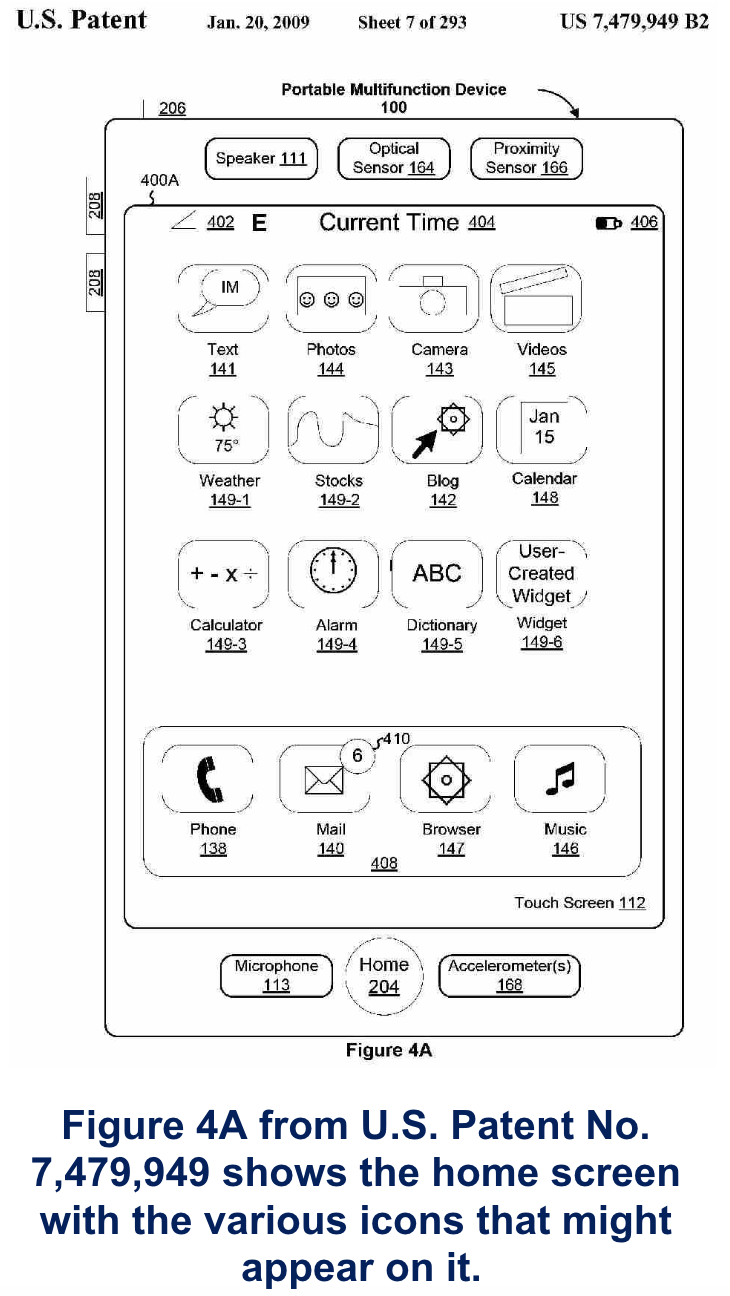 We adore words because patents are – after all – words: Words that precisely describe an invention that is worthy of protection. And when we come across a particularly effective, but rarely used, word, we stop what we are doing and bask in the moment. One such word that we recently came across was “heuristic.”
We adore words because patents are – after all – words: Words that precisely describe an invention that is worthy of protection. And when we come across a particularly effective, but rarely used, word, we stop what we are doing and bask in the moment. One such word that we recently came across was “heuristic.”Heuristic comes from the Greek “heuriskein” that means to find or discover something. A heuristic technique is a approach to problem solving that employs a practical method that is sufficient to reach a goal. A heuristic approach is not optimal, perfect or logical – or even rational – but it gets you where you want to go.
We were introduced to heuristics in one of the most famous patents of this century. You knew we had to tie this into a patent, right? The patent was granted in 2009 and it had 50 named inventors. The lead inventor was Steven P. Jobs. Got it yet? It was what is generally considered to be the iPhone patent, U.S. Patent No. 7,479,949 for a “Touch screen device, method, and graphical user interface for determining commands by applying heuristics.” The idea of applying heuristics – we can only assume as we were not directly involved with the writing of the patent – is that the icons on the screen could be figured out by the user without having to refer to a guide or manual, so that the user would fairly quickly figure out what each one meant and what it did. By touching each icon – that’s the practicality of heuristics – the user would gain an understanding – that’s the sufficient goal – of how to operate his or her iPhone.
The patent includes 20 Claims and hundreds of drawings to supplement all the words. The hard copy patent runs 364 pages! It is most comprehensive as you can see, covering most of the new features that turned cell phones into smartphones.
Talk about a foundational technology? This patent has almost 2,000 Forward Citations.
We Like Our Building(s) Better
Posted: 4/15/2019
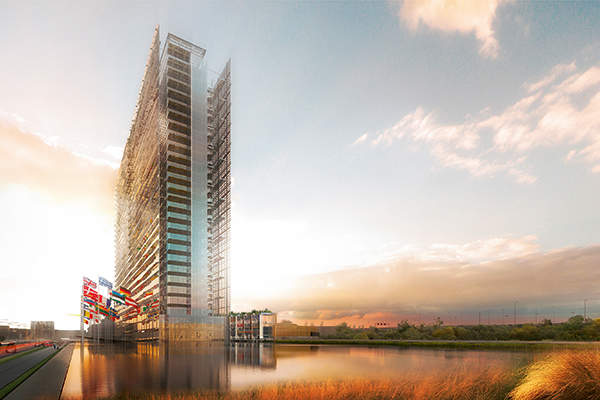 The Council on Tall Buildings and Urban Habitat (CTBUH) – no, we are NOT making this up – just named the new headquarters of the European Patent Office “Best Tall Building” for 2019. Just to be clear, it was not THE “Best Tall Building” in the world, it was just the “Best Tall Building” in the 100 to 199 meters category. To quality for this dubious award (as far as we are concerned), a building has to make significant contributions to the advancement of tall buildings and the urban environment, with sustainability as a key focus area. Each project is expected to minimize effects on the natural environment, have a positive influence on inhabitants in the local area, and be of economic vitality to its occupants and the community.
Award or no award, we like our Patent Office building better. Make that buildings. For those of you who have not been there, the U.S. Patent and Trademark Office has a spectacular campus with five buildings in Alexandria, Virginia, just south of DC. On your next trip to the District – business, pleasure or legal – take the drive down the beltway, or take Amtrak or the Metro, and see the place.
The Council on Tall Buildings and Urban Habitat (CTBUH) – no, we are NOT making this up – just named the new headquarters of the European Patent Office “Best Tall Building” for 2019. Just to be clear, it was not THE “Best Tall Building” in the world, it was just the “Best Tall Building” in the 100 to 199 meters category. To quality for this dubious award (as far as we are concerned), a building has to make significant contributions to the advancement of tall buildings and the urban environment, with sustainability as a key focus area. Each project is expected to minimize effects on the natural environment, have a positive influence on inhabitants in the local area, and be of economic vitality to its occupants and the community.
Award or no award, we like our Patent Office building better. Make that buildings. For those of you who have not been there, the U.S. Patent and Trademark Office has a spectacular campus with five buildings in Alexandria, Virginia, just south of DC. On your next trip to the District – business, pleasure or legal – take the drive down the beltway, or take Amtrak or the Metro, and see the place.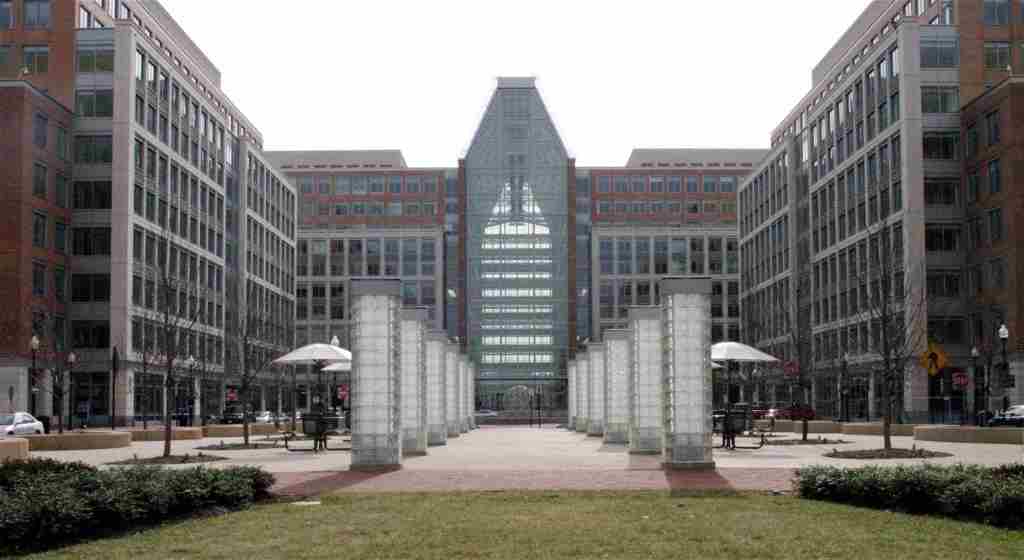
The buildings all face a spectacular courtyard, there is lots of glass, the atrium lobby of the Madison Building is very impressive, and – a factor to never be underestimated – there is lots of nearby parking.
Bring the kids, and take them to the National Inventors Hall of Fame and Museum. Tell them IPOfferings sent you, and you will get the special tour.
Is This the Next Ford Mustang?
Posted: 4/15/2019
 Yes, we are patent guys, but we are also car guys, so we love car patents. U.S. Patent Application 20190023115 filed by Ford for a “Twin motor drive system for hybrid electric vehicle” was just published, and it just might be the next Ford Mustang – a hybrid all-wheel drive car.
Yes, we are patent guys, but we are also car guys, so we love car patents. U.S. Patent Application 20190023115 filed by Ford for a “Twin motor drive system for hybrid electric vehicle” was just published, and it just might be the next Ford Mustang – a hybrid all-wheel drive car. It looks as if the vehicle will have traditional rear-wheel drive powered by its nasty gasoline engine, but it will have electric motors on the front wheels. We assume that the car will be rear-wheel drive when you are using the gas engine, but front-wheel drive when you switch to electric power. And then – and this is the really ingenious
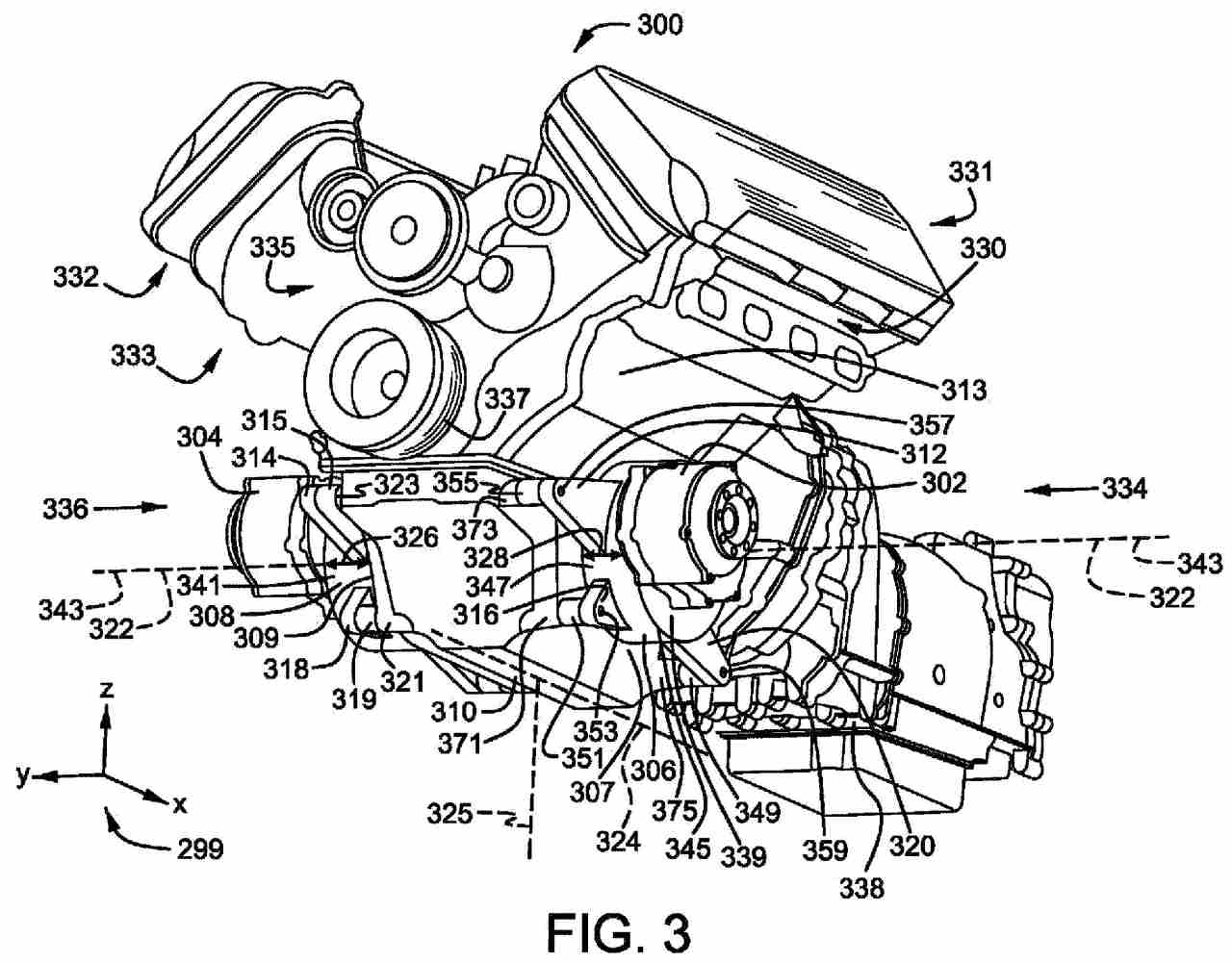 part, but, hey, this is a patent, right? – you can kick in BOTH the gas power to the rear wheels AND electric power to the front wheels for all-wheel drive! The challenge, as we see it, is getting those two transmissions to work in sync so all four wheels are turning at the same rpms.
part, but, hey, this is a patent, right? – you can kick in BOTH the gas power to the rear wheels AND electric power to the front wheels for all-wheel drive! The challenge, as we see it, is getting those two transmissions to work in sync so all four wheels are turning at the same rpms.It also looks like Ford is not going to wimp out and downsize to a sissy six-cylinder power plant. Figure 2 from the drawing sure looks like a V8 engine block to us. Rrrrrr.
Cryptocurrency Patents Are HOT and Global!
Posted: 3/21/2019
Of greater interest than the total number of patents granted worldwide is where those patents were granted. The U.S. was NOT the leader in digital currency and/or blockchain patents in 2018. It was China that led the pack with 790 patents, while the U.S. was a close second, granting 762 patents in this category. Equally surprising was the No. 3 slot – South Korea with 161 patents issued – and the No. 4 spot – Australia with 136 patents. Canada and Indian tied for fifth place with 67 patents issued by each of those countries. The UK granted 36 digital currency and/or blockchain patents in 2018, followed by Singapore with 28 patents granted, and eighth place goes to Japan with 12 patents in this category. All other nations granted less than 10 patents in this area. France, Germany, Israel and Russia each issued just two digital currency and/or blockchain patents in 2018!
Readers of this column know that we cannot help but look back. Well, we did, and it appears that the first blockchain-related patent was granted way back in pre-Internet, pre-cell phone, pre-PC 1978 when IBM was granted U.S. Patent No. 4,074,066 for a “Message Verification and Transmission Error Detection by Block Chaining.” Go Big Blue! But we really have to ask if Team Armonk really knew what they had?
U.S. Ranks No. 2 in Patent Protection
Posted: 3/21/2019
 The U.S. Chamber of Commerce Global Innovation Policy Center (GIPC) ranks countries each year in terms of the effectiveness of the protection of the patents they grant. In the GIPC rankings for 2018, the U.S. came in second with a rating of 7.5 (on a scale of 10.0). The number one ranking went to you-will-never-guess who. Go on, guess? Nope. Guess again. Nope. The top rating of 7.75 when to Singapore. Which you just learned from the previous article holds eighth place for the issuance of digital currency and/or blockchain patents. Singapore is also known as the country that punishes its criminals with public canings. We sure hope that applies to patent infringers!
The U.S. Chamber of Commerce Global Innovation Policy Center (GIPC) ranks countries each year in terms of the effectiveness of the protection of the patents they grant. In the GIPC rankings for 2018, the U.S. came in second with a rating of 7.5 (on a scale of 10.0). The number one ranking went to you-will-never-guess who. Go on, guess? Nope. Guess again. Nope. The top rating of 7.75 when to Singapore. Which you just learned from the previous article holds eighth place for the issuance of digital currency and/or blockchain patents. Singapore is also known as the country that punishes its criminals with public canings. We sure hope that applies to patent infringers!The U.S.’s number two ranking is not nearly as good as it sounds since the U.S. tied for second place with the UK, the Netherlands, Switzerland, Sweden, Spain, South Korea, Japan, Ireland, Germany and France! If we filter out the small countries, the U.S. ranked equally with the UK, Korea, Japan, Germany and France, but out-ranked Australia (a 6.25 rating), Canada (a 5.75 rating), and China that came in with a score of just 5.5.
The worst country for patent protection is almost not a surprise – Venezuela with a rating of just 0.75!
To learn how the Global Innovation Policy Center computes its rankings, you can read or download the report at the Global Innovation Policy Center website.
There Are Patents, and Then There Are Patents
Posted: 3/21/2019
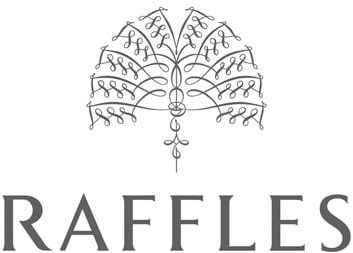 Our request that the inventor or business secure a U.S. Patent is not because we are America-centric Americans running an America-centric business, but because the U.S. is the largest economy in the world, so a U.S. Patent has the greatest value and is the most salable of patents.
Our request that the inventor or business secure a U.S. Patent is not because we are America-centric Americans running an America-centric business, but because the U.S. is the largest economy in the world, so a U.S. Patent has the greatest value and is the most salable of patents.Here is what the holder of a Singapore (or drop in any other small nation) Patent has to realize. First of all, a patent is a bargain. It is a deal with the nation that issued it that in exchange for disclosure of the invention that nation will grant the patent holder exclusivity to his or her or its invention in that nation for a fixed period, most often 20 years. That means that your Singapore Patent is a public document that anyone in the world can access.
And that means that any business anywhere in the world can blatantly infringe your patent, and as long as they do not manufacture the product or sell the product in Singapore, there is NOTHING you can do about it. They can manufacture the product in the U.S., China, Israel or India, and sell it all over the world – except to the five million residents of Singapore or to any Singapore businesses - and the patent holder is helpless to do anything about it!
Additionally, if the infringer gets brazen, and sells the product in Singapore, it will not likely be financial viable to sue the infringer for infringement since any claim will be based on royalties on infringing products sold in Singapore, and Singapore – or Portugal or Mexico or South Africa – is just not a big enough economy to generate the tens of millions in sales that would be required to make patent infringement litigation worth the cost of filing and pursuing the lawsuit!
The sad reality is that if a company came across a really brilliant Portuguese or New Zealand patent, the smartest strategy would be to infringe the patent, and manufacture and sell a product based on that patent in every other nation on the face of the earth except where the patent was granted!
The four largest economies in the world today are the U.S., China, Japan and Germany. Get yourself patent coverage in those countries, and you will have a valuable, global IP asset. Take advantage of an EPO patent to get additional coverage in France (No. 6), the UK (No. 7) and Italy (No. 8), and you really have coverage.
Who Is the Father of VoIP? How about Chester Gould?
Posted: 2/15/2019
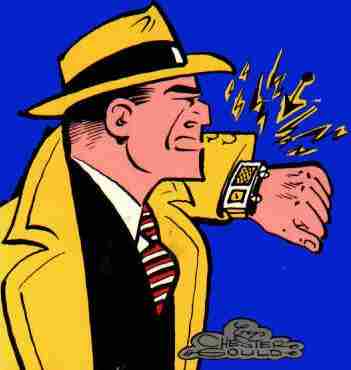 We feature in this month’s IP MarketPlace a patent that is foundational to Voice over IP (VoIP), the technology that makes sending voice and video and other messages from one person to another quick, easy, practical and affordable. As you will soon learn, the concept had a few starts and stops along the way.
We feature in this month’s IP MarketPlace a patent that is foundational to Voice over IP (VoIP), the technology that makes sending voice and video and other messages from one person to another quick, easy, practical and affordable. As you will soon learn, the concept had a few starts and stops along the way.It really goes back to 1931 when Chester Gould introduced the Dick Tracy comic strip. Detective Tracy was a tough, no-nonsense big city crime fighter who – very much like Batman – fought criminals with strange names and personas, like Flattop Jones and B.O. Plenty. Dick Tracy reached its height in American culture with a feature film based on the character that starred Warren Beatty as Dick Tracy and Madonna as Breathless Mahoney, a key witness to a murder. In 1946, Dick Tracy went high-tech with the introduction of his Wrist Radio, a miniature radio that Tracy wore on his wrist like a watch.
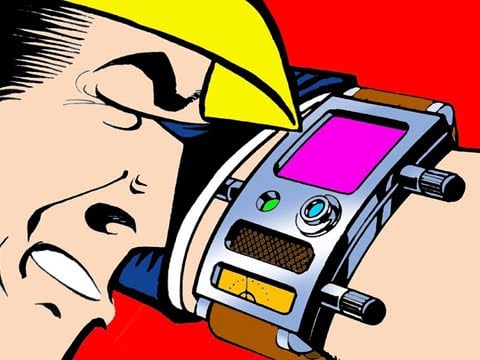 In 1964 – even though a Wrist Radio was still a figment of Chester Gould’s imagination and only existed in the Dick Tracy comic strip – the Wrist Radio was replaced with the Wrist Radio TV. Now Tracy could communicate both audibly and visually with police headquarters.
In 1964 – even though a Wrist Radio was still a figment of Chester Gould’s imagination and only existed in the Dick Tracy comic strip – the Wrist Radio was replaced with the Wrist Radio TV. Now Tracy could communicate both audibly and visually with police headquarters.Just to prove that great minds do think alike, the same year that Dick Tracy introduced his Wrist Radio TV, Ma Bell (what we called AT&T before it was broken up into operating companies) used the 1964 World’s Fair to introduce its Picturephone. It was called the “Mod 1” for “Model 1." Fairgoers in Queens, New York, waited on line at the Bell Telephone booth for an opportunity to communicate in voice and video with a complete stranger who was hooked up to a Mod 1 at Disneyland in Anaheim, California – on the other side of the continent! Users of the Picturephone Mod 1 got to talk to and see a black-and-white 30-frame-per-second image of the other person. Users were coached to stay perfectly motionless within a 16 x 21-inch frame to stay in view at the other end.
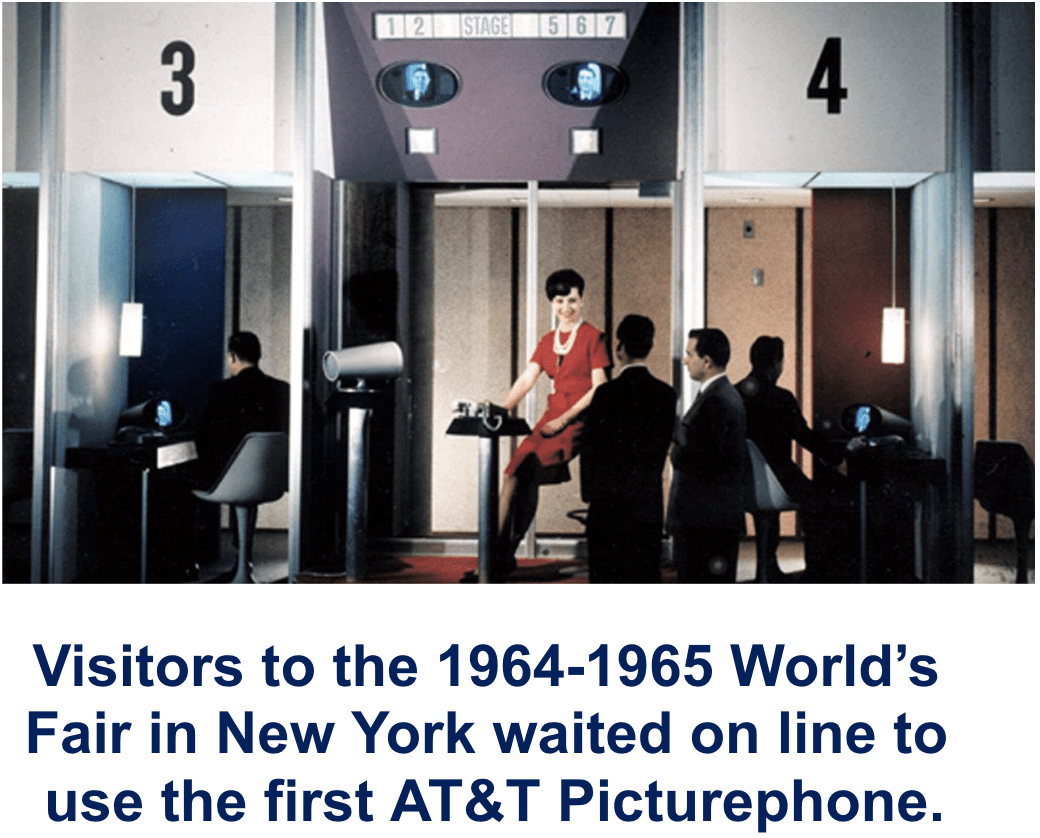 Using a Picturephone at that time costs $16 for three minutes. That’s $16 in 1964 dollars when gas was 25 cents a gallon. The Picturephone concept caught the attention of Stanley Kubrick who included one in 2001: A Space Odyssey. In the film, a Howard Johnson's on a space station included a Picturephone so space travelers could call home. The fact that the Picturephone was at a Howard Johnson’s appears now in retrospect as an eerily strange omen of things to come.
Using a Picturephone at that time costs $16 for three minutes. That’s $16 in 1964 dollars when gas was 25 cents a gallon. The Picturephone concept caught the attention of Stanley Kubrick who included one in 2001: A Space Odyssey. In the film, a Howard Johnson's on a space station included a Picturephone so space travelers could call home. The fact that the Picturephone was at a Howard Johnson’s appears now in retrospect as an eerily strange omen of things to come.Over the next 30 years, despite failure after failure, AT&T poured billions into its Picturephone concept. In 1969, AT&T introduced the Mod II. It featured a 251-line, 30 frame-per-second black-and-white image on a 5 x 5.5-inch screen. AT&T gave it the old corporate try, and attempted to sell it to businesses that would use it for meetings and conferences. It was not until 1971 that Ma Bell realized there was really no market for the Mod II and decided to cut its losses.
Well, not really. In 1992, AT&T re-launched the PicturePhone, but this times as the VideoPhone 2500. It had a small flip-up LCD screen that produced a grainy color image. It was introduced at $1,500 which was cut to $1,000 and then to $30 for an overnight rental. It took another two years for AT&T to finally and totally abandon the concept.

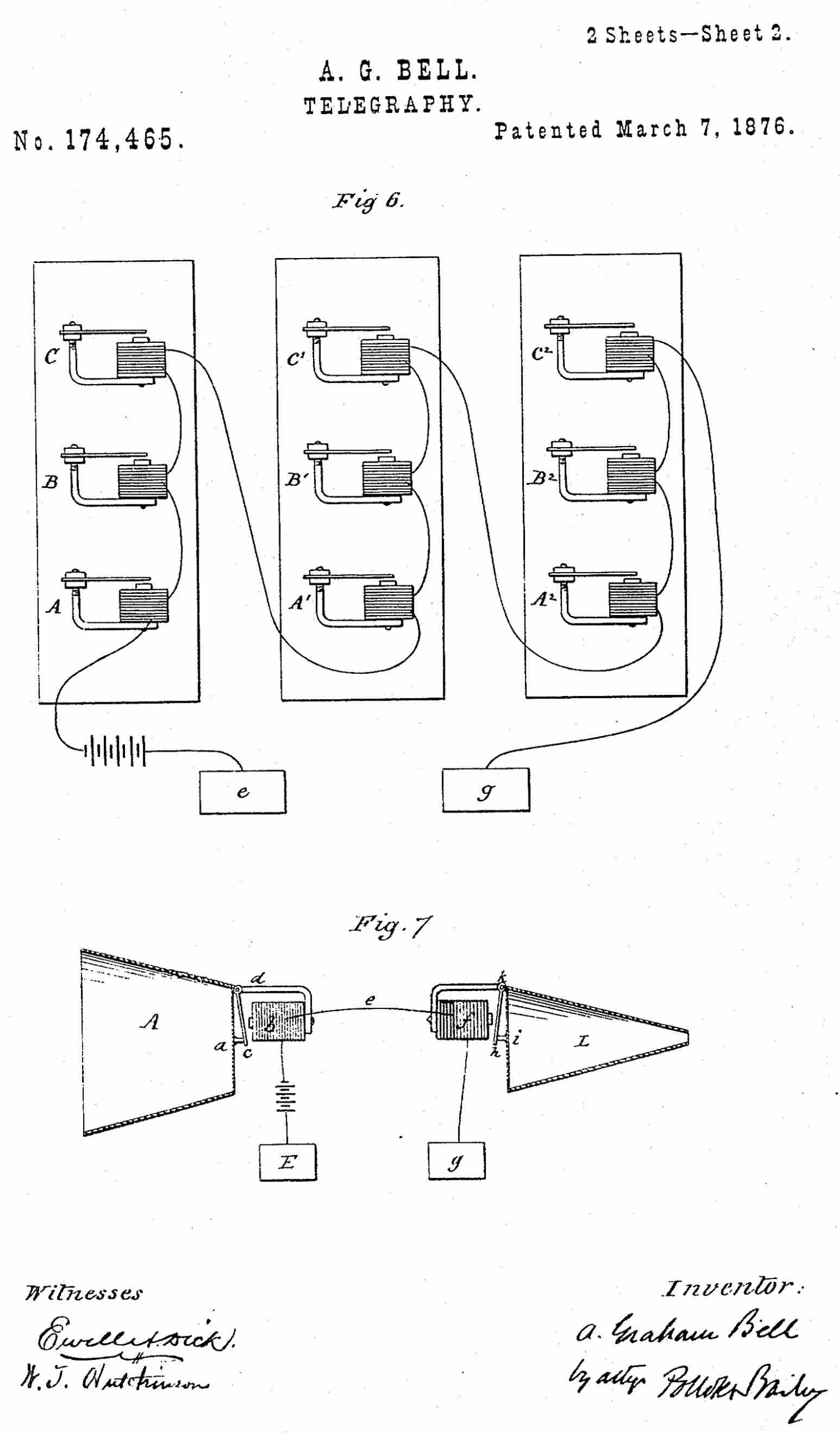 Today, Skype and Facetime and various other services do what the AT&T Picturephone and VideoPhone could not do What is the lesson? In our humble view of the world, while we have to credit AT&T for having the foresight to see the need for such a product, and the courage – or foolishness – to invest billions in the concept, the Picturephone and VideoPhone were doomed to fail from the beginning because they were conventional, landline, telephone-based products. Ma Bell attempted to get the concept to work over a single-copper-wire telephone system that had not changed significantly since Alexander Graham Bell received his telephone patent in 1876.
Today, Skype and Facetime and various other services do what the AT&T Picturephone and VideoPhone could not do What is the lesson? In our humble view of the world, while we have to credit AT&T for having the foresight to see the need for such a product, and the courage – or foolishness – to invest billions in the concept, the Picturephone and VideoPhone were doomed to fail from the beginning because they were conventional, landline, telephone-based products. Ma Bell attempted to get the concept to work over a single-copper-wire telephone system that had not changed significantly since Alexander Graham Bell received his telephone patent in 1876. In order for us to communicate with each other effectively and practically via both audio and video, we first needed the telecom revolution that produced PCs and laptops and the Internet and smart phones and WiFi and – most critical – the bandwidth to successfully transmit both audio and video signals back and forth between parties. U.S. Patent No. 7,852,831 for “Method and system for providing private virtual secure Voice over Internet Protocol communications” covers the foundational technology that makes Skype and Facetime and similar services possible. We needed the Internet to make this concept really work, and it came along just when we needed it!
Advice for All Inventors: How to Make Your Patents More Attractive and More Valuable!
Posted: 1/14/2019
We start 2019 with advice for inventors who will not be building a factory to manufacture products but who hope to sell or license their patents. The advice we provide in this issue of Patent Leather is how to both improve the attractiveness of your patents and increase their value. Through no small coincidence, we have examples of all three strategies in the properties featured in this month’s IP MarketPlace.
There are three actions an inventor can take that will both increase the salability of his or her patent – that is, get more potential buyers and licensees looking at the patent or patents – and make the patent or patents more valuable when it comes time to talk dollars with a serious buyer or licensee.
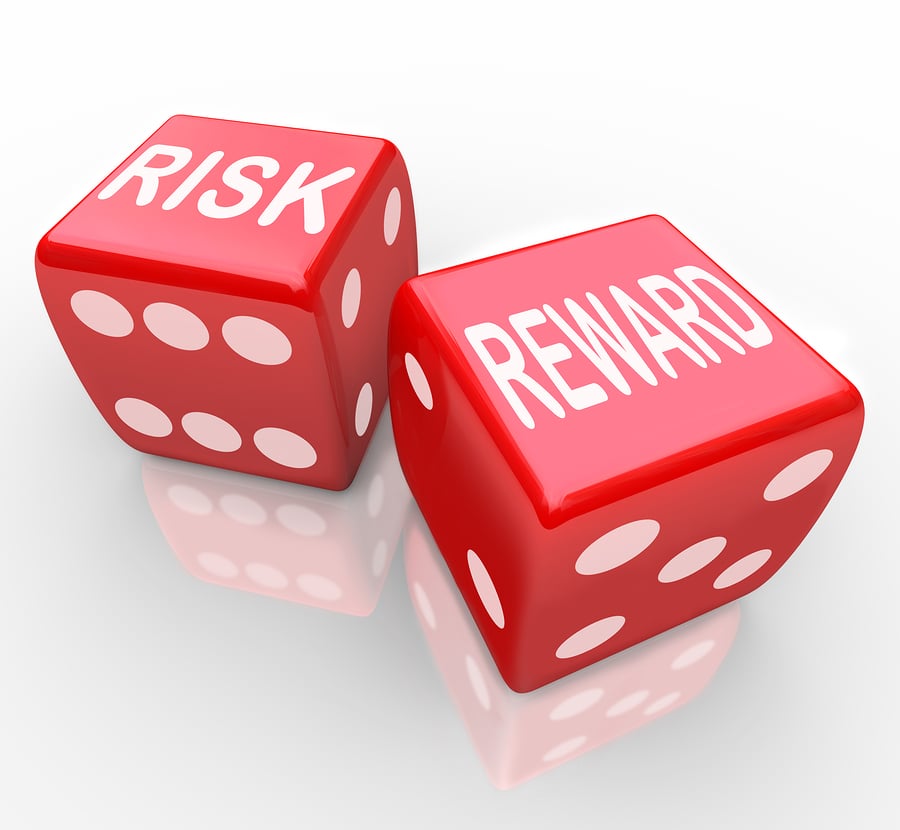 1. File for a Continuation: We are big fans of the low risk/high reward option, and filing for a continuation is the classic example of that. If you file for a continuation, and the company that buys your patent does not need it, you are out a few hundred dollars (Low Risk). But if the company acquiring your patent can use the continuation (or divisional or continuation-in-part) that you filed to secure a new patent, it dramatically increases the value of your patent-plus-continuation portfolio (High Reward)!
1. File for a Continuation: We are big fans of the low risk/high reward option, and filing for a continuation is the classic example of that. If you file for a continuation, and the company that buys your patent does not need it, you are out a few hundred dollars (Low Risk). But if the company acquiring your patent can use the continuation (or divisional or continuation-in-part) that you filed to secure a new patent, it dramatically increases the value of your patent-plus-continuation portfolio (High Reward)!Patents are a unique asset class because – unlike virtually any other asset a business can acquire – they cannot be modified. A business can buy a building that its former owner used as a factory and use it as a factory. Or the new owner can convert the building into offices, or a warehouse, or retail space, or any one of several other applications. The new owner can add windows and doors, or block unneeded windows and doors, or make endless other modifications. You cannot do that with a patent. But a patent that comes with a continuation enables the buyer of the portfolio to file for a new patent that is based on the original patent but has claims added by the buyer to fine tune the second patent to the new patent owner’s specific needs!
The Artificial Intelligence portfolio we feature this month includes a U.S. Patent and a whopping three Continuations-in-Part. A very smart move on the part of this very smart inventor!
Consult with your patent attorney as to whether a continuation, continuation-in-part or divisional makes the most sense, but remember that you MUST file for a continuation before your patent is granted!
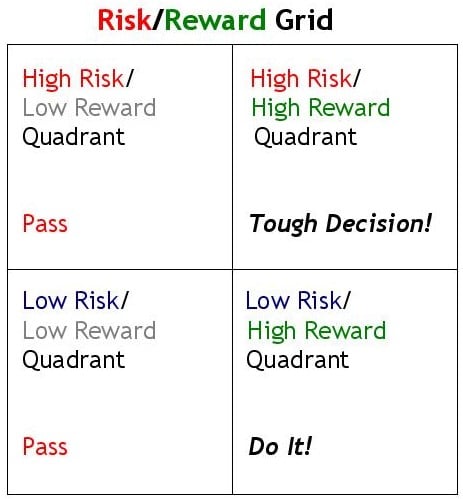 2. File a PCT Application: This also falls under the Low Risk/High Reward option. Very few companies just do business in the U.S. anymore. It is “flat world” in which every business has to compete globally with every one business on the face of the earth. Having a U.S. Patent – like most of the inventors we represent – is fine, but having a PCT Patent Application as part of the portfolio makes the portfolio more attractive to multinational businesses and makes the portfolio more valuable when it’s time to talk Dollars or Euros with a prospective buyer.
2. File a PCT Application: This also falls under the Low Risk/High Reward option. Very few companies just do business in the U.S. anymore. It is “flat world” in which every business has to compete globally with every one business on the face of the earth. Having a U.S. Patent – like most of the inventors we represent – is fine, but having a PCT Patent Application as part of the portfolio makes the portfolio more attractive to multinational businesses and makes the portfolio more valuable when it’s time to talk Dollars or Euros with a prospective buyer.With a PCT Patent Application, the new owner of the portfolio can file for additional national patents in each of the countries where it does business and plans to do business. Like a continuation, you have to file for a PCT Patent Application while while your U.S. Patent Application is active. If the buyer of your U.S. patent does not need the PCT Patent Application, you are out a few hundred dollars (Low Risk). If the buyer of your U.S. patent needs that PCT Patent Application, it will add significant value to your portfolio (High Reward)!
The secure data transfer portfolio we feature this month comes with both a U.S. and a European Patent and an active PCT Patent Application. A very wise move on this wise inventor’s part!
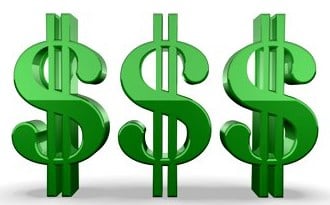 3. Think About a Trademark: One of the reasons a business may consider buying your patent is to create a patent-protected product based on that patent. If – during the invention and patent application process – you’ve come up with a catchy brand name for the product created by your patent, file for a Trademark Application. This is yet another Low Risk/High Reward opportunity.
3. Think About a Trademark: One of the reasons a business may consider buying your patent is to create a patent-protected product based on that patent. If – during the invention and patent application process – you’ve come up with a catchy brand name for the product created by your patent, file for a Trademark Application. This is yet another Low Risk/High Reward opportunity.Going to market with just a patent versus going out into the world with a portfolio that includes a patent-and-trademark-or-trademark-application portfolio is a NO brainer! If the company considering your patent likes the trademark, it makes the entire portfolio more attractive to a buyer and more valuable at negotiation time (High Reward). If the buyer does not like or does not need the trademark, you are out just a few hundred dollars (Low Risk).
The clever inventor of the ergonomic, adjustable cart patent featured this month also filed two Trademark Applications for two clever trademarks: “Mobile Utility Lift Ergonomics” and “MULE.”
We are quite frankly surprised that more patent attorneys do not recommend these three options to their clients. When many inventors contact IPOfferings about representing them, their patents have been granted and so Options 1 and 2 are no longer available to them.
Are You Taking Advantage of the True Value of Your Patents?
Posted: 12/14/2018
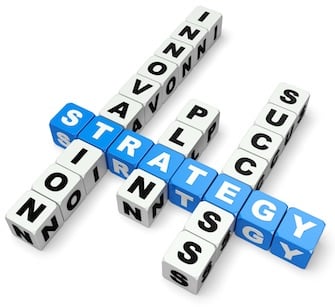 We like to think that we are fairly effective marketers. After all, we got you to subscribe to our newsletter and read this article, didn’t we? As marketers, we find it amazing how many companies – from start-ups to large corporations, privately held to public companies – keep their patents under a proverbial bushel. In addition to the financial value they add to a company’s Balance Sheet, and in addition to the technological value they generate by enabling companies to create products and services from the inventions covered by their patents, there is yet a third and very critical value that patents have, and this third aspect of the value of a patent is often totally overlooked by the management team.
We like to think that we are fairly effective marketers. After all, we got you to subscribe to our newsletter and read this article, didn’t we? As marketers, we find it amazing how many companies – from start-ups to large corporations, privately held to public companies – keep their patents under a proverbial bushel. In addition to the financial value they add to a company’s Balance Sheet, and in addition to the technological value they generate by enabling companies to create products and services from the inventions covered by their patents, there is yet a third and very critical value that patents have, and this third aspect of the value of a patent is often totally overlooked by the management team.Patents help create an image, a brand, a message and a competitive advantage for a company. Company A owns no patents while Company B owns several patents. Which is the more progressive company? Which is the high-tech enterprise? Which company is bringing next-generation, cutting-edge products to market? Which company really delivers value for its customers? Everyone will answer those questions with the same answer! Yet despite the obvious marketing, branding, image and competitive value that patents give a company, few companies do anything to promote their patents!
So…if you are looking for a corporate New Year’s Resolution, here is one that can be easily implemented, it will add lasting value to your business, and it will cost almost nothing! It comes in five parts. Here goes.
1. List All of Your Patents at Your Website: We are constantly amazed at how many companies do not do this. Add an “Intellectual Property” or “XXX Company Patents” page to your website and list all of your patents. If you have older patents that have expired, list them anyway. It just shows for how long your business has been an innovator! Make each patent number a link to either a .pdf of the patent or the patent’s listing at Google Patents so visitors can read the Abstract, Claims and other specifics of the patent.
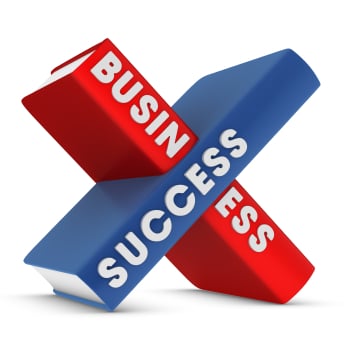 2. Identify All Products that Are Covered by a Patent: Add to each product listing at your website what patent or patents cover that product. What better way to promote the innovation and uniqueness of one or several of your products than identify the patent or patents that cover the technology behind that product. This also provides the added advantage that if you ever need to enforce a patent, you clearly meet the requirement of “marking” your product with the patent(s) covered by it.
2. Identify All Products that Are Covered by a Patent: Add to each product listing at your website what patent or patents cover that product. What better way to promote the innovation and uniqueness of one or several of your products than identify the patent or patents that cover the technology behind that product. This also provides the added advantage that if you ever need to enforce a patent, you clearly meet the requirement of “marking” your product with the patent(s) covered by it.3. Add Patent Numbers to Your Product Literature: Make sure that every catalog, flier, data sheet or other piece of sales literature includes the patents that cover that specific product. This should extend to service bulletins, tech notes, owner’s manuals and any other product-related documents. Make sure that everyone even thinking about buying a product from your company, as well as everyone who has purchased a product from you, knows that it is state-of-the-art and uses a patented technology!
4. Announce All New Patents: When your company is granted a patent, issue a news release. Let the world know that your company continues to innovate, and let the competitors eat their hearts out! Announce in the company newsletter and your customer newsletter when a new patent is granted and recognize the inventors for the corporate contribution they are making.
5. Take Advantage of Patent Pending: Marking your product with the patent or patents that cover the technology of that product is a component of patent law, one way to fend off competitors who might think about coming out with a competing product that infringes your patent, and an effective strategy for clearly differentiating your products from those offered by the competition. Do not forget that when you file a patent, you have the right to mark all products that might be covered by that patent when it issues as “Patent Pending.” And since the average patent pendency these days is about 30 months, that gives you two and a half years of extra patent protection. And two and a half years of promoting the high-tech, cutting-edge technology that symbolizes your business!
And best of all, none of these actions really cost anything other than some website and literature edits!
Does the Value of Your IP Appear on Your Balance Sheet?
Posted: 11/20/2018
Since over half of our readers are corporate executives, this should be an important issue for those readers to consider. Except for intellectual assets and a few other items, assets appear on a business’s balance sheet through normal day-to-day accounting activities. You issue an invoice, and the amount of the invoice is added to your Accounts Receivables column. A customer pays that invoice, and your Accounts Receivables balance declines while your Cash on Hand increases.
 Your buy a new machine for the factory, and your cash expenditure is swapped for a new asset under Plant and Equipment. You pay an invoice, and your Cash on Hand decreases by that amount as does your Accounts Payable balance. And so it goes.
Your buy a new machine for the factory, and your cash expenditure is swapped for a new asset under Plant and Equipment. You pay an invoice, and your Cash on Hand decreases by that amount as does your Accounts Payable balance. And so it goes.We are reminded of the classic ballad, Cats in the Cradle, by Harry Chapin. He sings “My child arrived just the other day; came to the world in the usual way…” Most children and most corporate assets come into the world in the usual way – through widely practiced accounting procedures. These practices are part of GAAP (Generally Accepted Accounting Principles), the accounting standards developed and enforced by the SEC (Securities and Exchange Commission).
But IP – especially patents, but also trademarks and other intellectual assets – are different. There is NO account action that puts a patent on a business’s balance sheet other than when a business buys a patent. The company cuts a check for the patent, and its Cash on Hand decreases while its Intangible Assets column increases. But most patents in Corporate America are NOT purchased. Most are – for want of a better term – home grown.
Your company's R&D staff, or engineering team, or some other group of employees – or even a single employee – come up with an ingenious idea for a new technology, a new product, or an improvement or enhancement to a current technology or product. So they file for a patent to protect the invention. The salaries and benefits of those who developed the invention are regular business expenses that are expensed in the year they occur. The filing fees for the patent, and the fees paid to a patent attorney to prosecute the patent application are also expenses that are expensed in the year they occur.
 The current pendency for a U.S. Patent application is about 30 months. So two or three years after the patent application is filed a notice shows up from the Patent Office that the patent has been allowed, and a few weeks later a gorgeous patent with a bright red ribbon on it shows up in the mail.
The current pendency for a U.S. Patent application is about 30 months. So two or three years after the patent application is filed a notice shows up from the Patent Office that the patent has been allowed, and a few weeks later a gorgeous patent with a bright red ribbon on it shows up in the mail.The R&D team celebrates. NO accounting transaction is triggered by the Notice of Allowance for receive when your patent application is approved, and NO accounting transaction occurs when the actual hard-copy patent arrives. The lead inventor gets a bonus or at least an Atta Boy from the boss. The patent might be framed and hung on the wall, but it will most likely go into a file drawer. It should be added to the company website, but most patents are not. How to gain optimal marketing value from your IP is a totally separate, but largely underutilized, opportunity that we will address next month.
What does NOT happen is there is NO accounting transaction that accounts for the value of the patent in your accounting system. Fact is, many companies own patents and patent portfolios that are NOT recorded on their books as assets. Adding the value of these assets will increase the net worth of your business, and that has all kinds of downstream advantages, such as making it easier to borrow money or sell stock, or go public if that is your plan down the road. Or, for that matter, go private if that is your plan down the road. And – maybe best of all – you do NOT pay any taxes on your newfound wealth!
 We are not accountants, and we are not providing legal or accounting advice. You need to consult with your CPA for the exact procedure. However, if you have a third-party valuation done of all of your granted patents – and trademarks and other IP – the unreported value of these assets can be added to your Balance Sheet. Not immediately, there is a process that your CPA can explain to you and implement.
We are not accountants, and we are not providing legal or accounting advice. You need to consult with your CPA for the exact procedure. However, if you have a third-party valuation done of all of your granted patents – and trademarks and other IP – the unreported value of these assets can be added to your Balance Sheet. Not immediately, there is a process that your CPA can explain to you and implement. And – as fate and convenience would have it – IPOfferings provides not one, but three, patent valuation services. You do not have to use our services, but we are a good place to start when you make the decision to add the value of your unreported IP assets to your business’s balance sheet. If this might be in your future, take a look at the data sheet for our Patent Valuation Services.
Next Month: Are you taking advantage of the branding, image and competitive factors that patents create for your business?
How Did We Get from Luddites to the Modern Computer?
Posted: 10/15/2018
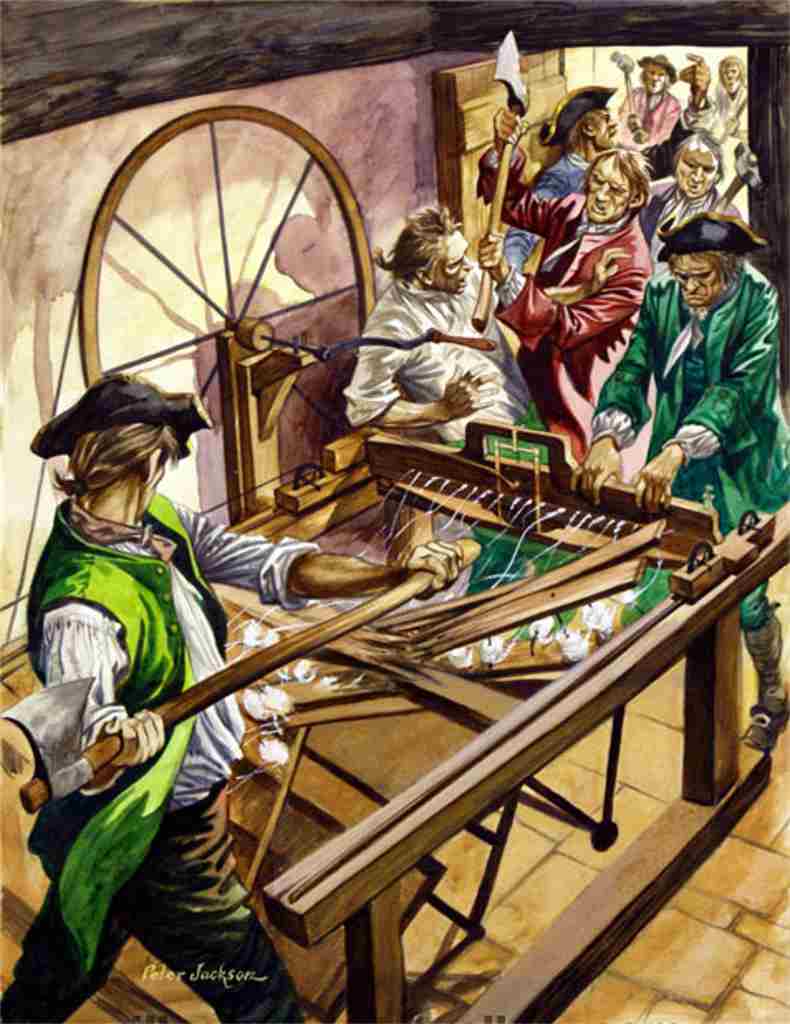 At a meeting a few weeks back, someone mentioned Luddites. Only two of the meeting participants knew who the Luddites were while three did not. So for the 60% of the population that missed the Luddites in World History – and how they got us to the modern computer – here goes.
At a meeting a few weeks back, someone mentioned Luddites. Only two of the meeting participants knew who the Luddites were while three did not. So for the 60% of the population that missed the Luddites in World History – and how they got us to the modern computer – here goes. The Industrial Revolution automated many processes. One of the greatest beneficiaries of automation was the textile industry. The Jacquard Loom was invented by Joseph Marie Jacquard in France in 1804, and for decades the French managed to keep the invention to themselves. But good technology spreads fast, and the Jacquard loom caught on in England in the mid-19th Century and was a key driver of the Industrial Revolution in Great Britain. In those days, England imported raw cotton from its current and former colonies, and exported finished fabrics. The Jacquard loom used cards – wooden plates with holes punched in them – to essentially program the loom to produce a certain weave. In fact, the original weave used by M. Jacquard is still around today and is known as a “Jacquard weave.”
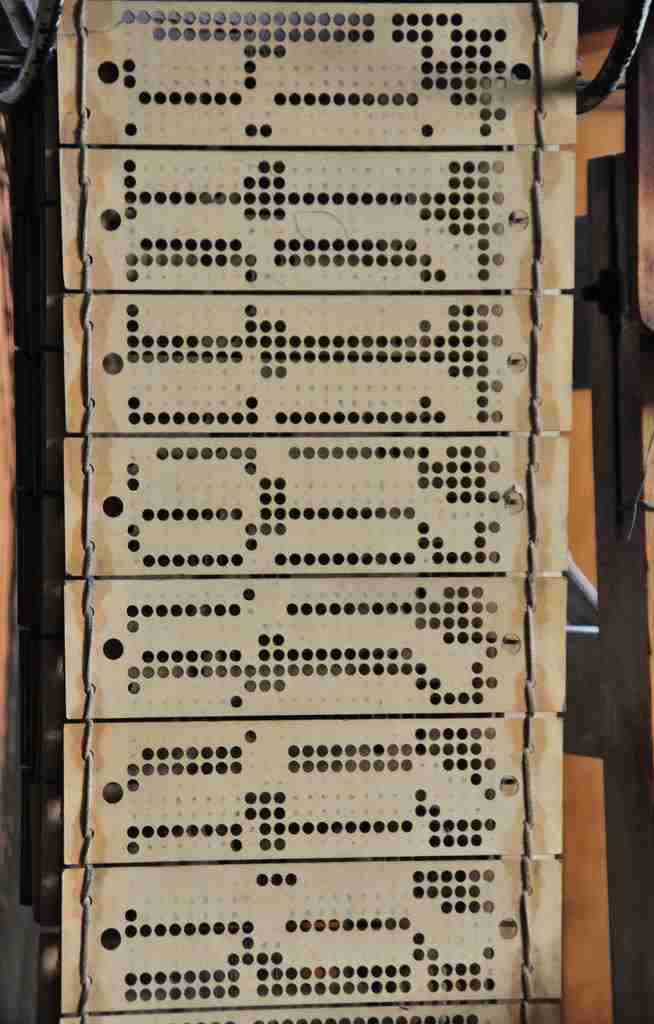 It is not clear where the term “Luddite” came from. The early Luddites claimed they were followers of one Ned Ludd, a fictitious textile factory worker who smashed up looms in the factory where he worked, the anti-automation Robin Hood of his day. The Luddites claimed that automated textile looms stole jobs from workers, violated the British labor laws of that time, and would lead to the destruction of mankind. We know today that the exact opposite is true. Don’t we?
It is not clear where the term “Luddite” came from. The early Luddites claimed they were followers of one Ned Ludd, a fictitious textile factory worker who smashed up looms in the factory where he worked, the anti-automation Robin Hood of his day. The Luddites claimed that automated textile looms stole jobs from workers, violated the British labor laws of that time, and would lead to the destruction of mankind. We know today that the exact opposite is true. Don’t we?Those who are accused of being a Luddite today – like the person in this meeting last week – do not break into factories, they just make anti-technology comments that inflame high-tech junkies. For example, these Luddites suggest that there is some benefit to taking out and unfolding a map to see exactly where you are. Or they prefer snail-mailing a birthday card with a handwritten note in it. Or they like using an actual ticket when they go to the movies instead of an image on their smartphone. Pretty radical stuff from these 21st Century Luddites!
Back to the source of all this, the Jacquard loom. It used a belt of loom cards. Each card had a series of holes in it that lifted up and dropped back down the beam that carried the warp thread.
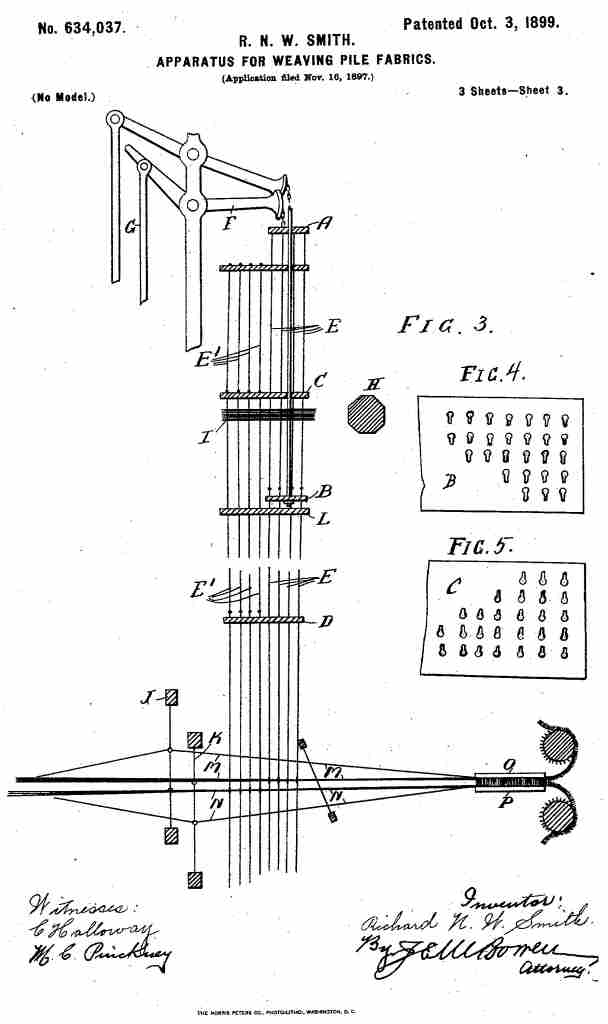 As the fill thread went back and forth across warp thread, the loom card determined if the fill was above or below the warp thread, putting a pattern into the fabric. Where there was a hole, the warp beam would drop down. No hole? It stayed up. A pattern woven into a fabric is most apparent in Damask dinner napkins that have elaborate – often floral – patterns woven into them, or in bedspreads and pillow covers that have raised designs woven into them.
As the fill thread went back and forth across warp thread, the loom card determined if the fill was above or below the warp thread, putting a pattern into the fabric. Where there was a hole, the warp beam would drop down. No hole? It stayed up. A pattern woven into a fabric is most apparent in Damask dinner napkins that have elaborate – often floral – patterns woven into them, or in bedspreads and pillow covers that have raised designs woven into them.U.S. Patent No. 634,037 for an “Apparatus for Weaving Pile Fabrics” is one of the first American patents to reference the use of a loom card. It was granted in 1897 to one Richard Smith, a carpet manufacturer in Scotland. He manufactured what is today known as “pile carpet,” floor covering with a pattern woven into the raised fibers.
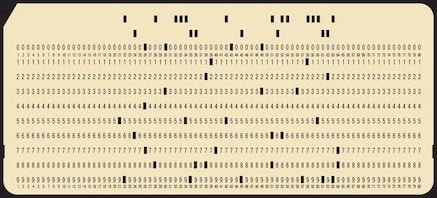
One cannot look at the Jacquard loom cards and see an amazing similarity to a key element of the earliest generation of computers, the punch card. Just as Jacquard punched holes into wood plates to direct his loom, the holes punched into the cards provided data for the earliest computers. The top left corner of the punch card was clipped off so the cards could not be put in backwards!
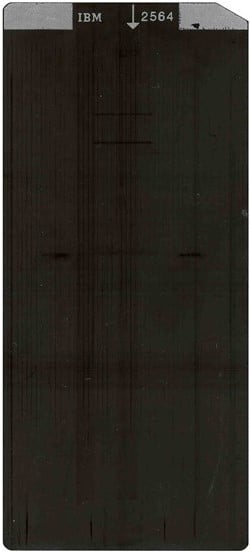 How did hackers mess up computer operations in the days of punch cards? They used an Exacto knife to cut a few extra holes in a card to make the computer go nuts! Legend has it that a bank employee back in the 1960s figured out what each punched hole represented, made up a punch card that he dropped into the stack, and he got a check in the mail for some huge amount of money. True? Who knows, but it’s a great story.
How did hackers mess up computer operations in the days of punch cards? They used an Exacto knife to cut a few extra holes in a card to make the computer go nuts! Legend has it that a bank employee back in the 1960s figured out what each punched hole represented, made up a punch card that he dropped into the stack, and he got a check in the mail for some huge amount of money. True? Who knows, but it’s a great story.The paper punch cards were replaced in the seventies with the IBM “Mag Card” that was about the same size as the punch card, but it stored data in a digital format using iron particles held to the card magnetically in a pattern that the computer could read. The mag stripe on credit cards is a descendant of this technology. The Mag Card morphed into the floppy disk. And from the floppy disk came hard drives, diskettes and the memory sticks of today. And all this was inspired by a French textile manufacturer over 200 years ago!
So Who Really Invented Voicemail?
Posted: 9/17/2018
 Voicemail was launched by Televoice International that also coined the term “voicemail” (no argument about that). The company later changed its name to Voicemail International and eventually to just VMI. Looking at things from a patent perspective – as we so often do – we had to ask ourselves who actually invented voicemail? Credit is typically given to Gordon Matthews who has been known for the last four decades as the “father of voicemail,” but there were actually a few voicemail-related patents that preceded his.
Voicemail was launched by Televoice International that also coined the term “voicemail” (no argument about that). The company later changed its name to Voicemail International and eventually to just VMI. Looking at things from a patent perspective – as we so often do – we had to ask ourselves who actually invented voicemail? Credit is typically given to Gordon Matthews who has been known for the last four decades as the “father of voicemail,” but there were actually a few voicemail-related patents that preceded his.U.S. Patent No. 4,124,773 - Audio Storage and Distribution System: This patent was granted November 11, 1978, two years before any voicemail products were introduced. The inventor was Robin Elkins and and he eventually sold his patent to VMI. Here is the abstract:
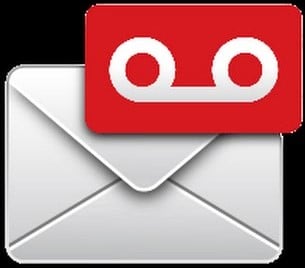 This invention relates to an electronic system and a method for storing and distributing audio signals over existing communication lines. The system comprises a compressor for compressing in a predetermined manner the waveform amplitude of an input analog signal, thereby forming a compressed analog signal. The compressed analog signal is then converted into a digital signal by an analog to digital converter. A digital interface subsystem stores and retrieves selected ones of the digital signals for transmission over a communications line. At a remote end of the communications line the digital signal is converted back to its analog compressed signal representation by a digital to analog converter. The compressed analog signal is then expanded in a manner complementary to the compressor operation, thus reconstructing the analog signal. A selector generator is provided at the remote end of the communications line for generating a command signal over the communications line to command the digital interface subsystem to select the desired one of the stored digital signals.
This invention relates to an electronic system and a method for storing and distributing audio signals over existing communication lines. The system comprises a compressor for compressing in a predetermined manner the waveform amplitude of an input analog signal, thereby forming a compressed analog signal. The compressed analog signal is then converted into a digital signal by an analog to digital converter. A digital interface subsystem stores and retrieves selected ones of the digital signals for transmission over a communications line. At a remote end of the communications line the digital signal is converted back to its analog compressed signal representation by a digital to analog converter. The compressed analog signal is then expanded in a manner complementary to the compressor operation, thus reconstructing the analog signal. A selector generator is provided at the remote end of the communications line for generating a command signal over the communications line to command the digital interface subsystem to select the desired one of the stored digital signals.U.S. Patent No. 4,260,854 - Rapid Simultaneous Multiple Access Information Storage and Retrieval System: This patent was granted April 4, 1981, one year after Televoice introduced its voicemail product. It introduces the concept of “…multiple simultaneous…audio dictation…” The inventors were Gerald Kolodny and Paul Hughes, and the patent was assigned to Sudbury Systems. Here is the abstract:
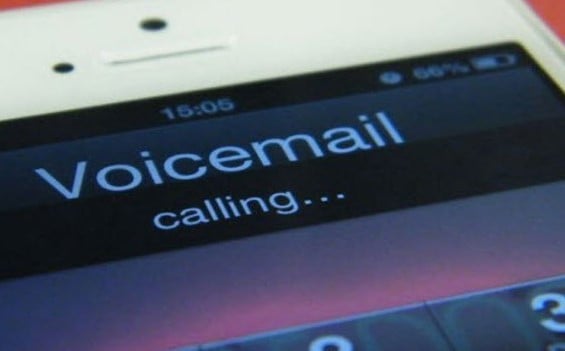 Rapid simultaneous multiple access information storage and retrieval system including multiple simultaneously available audio dictation inputs and multiple simultaneously available audio outputs, an array of magnetic recording and playback instruments, and a controller operating under computer command for multiplexing the interchange of audio signals between inputs and outputs on the one hand and the magnetic recorder storage means on the other and at the same time for generating control signals to and from the input and output terminals.
Rapid simultaneous multiple access information storage and retrieval system including multiple simultaneously available audio dictation inputs and multiple simultaneously available audio outputs, an array of magnetic recording and playback instruments, and a controller operating under computer command for multiplexing the interchange of audio signals between inputs and outputs on the one hand and the magnetic recorder storage means on the other and at the same time for generating control signals to and from the input and output terminals.U.S. Patent No. 4,371,752 - Electronic Audio Communication System: This patent was granted February 2, 1983, three years after Televoice introduced voicemail. It included additional features over the first two voicemail patents, such as the ability to forward voicemail messages. The inventors where the previously mentioned Gordon Matthews plus Thomas Tansil and Michael Fannin, and the patent was assigned to ECS Telecommunications. Here is the abstract: An advanced electronic telecommunication system is provided for the deposit, storage and delivery of audio messages. A Voice Message System interconnects multiple private branch exchanges of a subscriber with a central telephone office. Individual subscriber users may access the Voice Message System through ON NET telephones or OFF NET telephones. The Voice Message System includes an administrative subsystem, call processor subsystem and a data storage subsystem. The Voice Message System enables the user to deposit a message in data storage subsystem for automatic delivery to other addresses connected to the system. The Voice Message System also enables a user to access the system to determine if any messages have been in the data storage subsystem for him. Pre-recorded instructional messages are deposited in the data storage subsystem for instructing a user on his progress in using the system. A Universal Control Board is a programmable electronic digital signal processing means for controlling certain functions of the administrative subsystem, call processor subsystem and data storage subsystem.
So who really, really invented voicemail? We go with Robin Elkins.
Samsung Owes Apple $539 Million
Posted: 8/15/2018
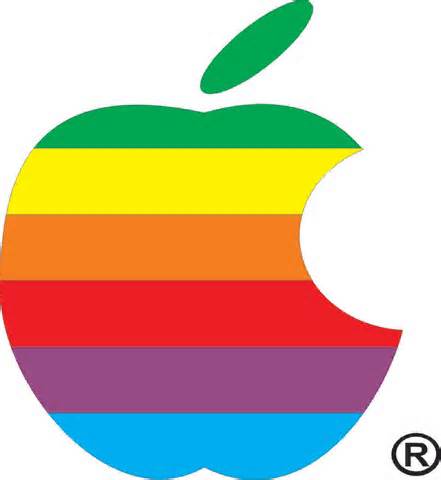 The jury came up with $539 million, but this is more a moral than a cash victory for Apple. With $256 billion in cash in the bank – yes, billion with a “B” – if Samsung were to cut Apple a check, it would be petty cash. Earlier this month, Apple was the first corporation to hit a Market Cap (all of a company’s outstanding shares times the currently traded per-share price) of $1 trillion!
The jury came up with $539 million, but this is more a moral than a cash victory for Apple. With $256 billion in cash in the bank – yes, billion with a “B” – if Samsung were to cut Apple a check, it would be petty cash. Earlier this month, Apple was the first corporation to hit a Market Cap (all of a company’s outstanding shares times the currently traded per-share price) of $1 trillion!It does not look like Samsung will be writing a check any time soon. Samsung’s response to the jury’s ruling was “Today's decision flies in the face of a unanimous Supreme Court ruling in favor of Samsung on the scope of design patent damages. We will consider all options to obtain an outcome that does not hinder creativity and fair competition for all companies and consumers.”
Apple’s response was no surprise. "We believe deeply in the value of design, and our teams work tirelessly to create innovative products that delight our customers. This case has always been about more than money. Apple ignited the smartphone revolution with iPhone and it is a fact that Samsung blatantly copied our design. It is important that we continue to protect the hard work and innovation of so many people at Apple."
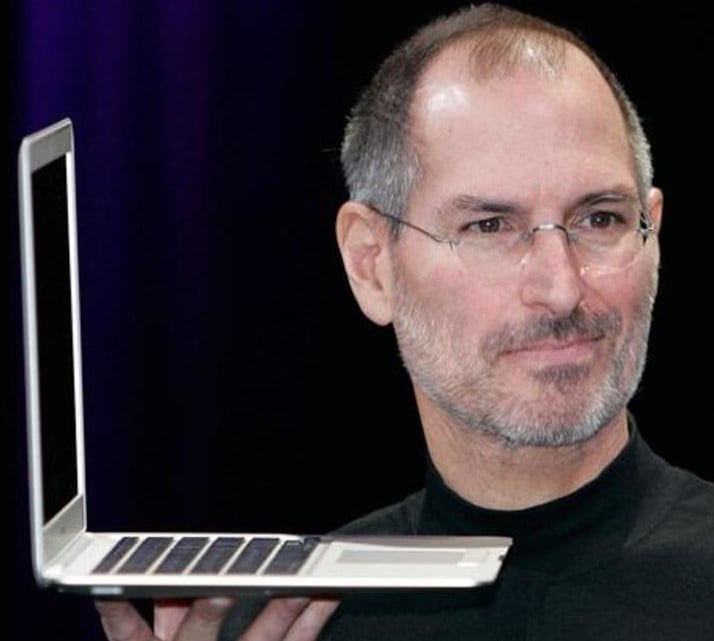 Think about this: Just 20 years ago, Apple was almost bankrupt. When Steve Jobs returned as interim CEO in 1997, Apple got a $150 million cash infusion from Microsoft – yes, the Bill Gates Microsoft – and the company went on to turn things around with a dazzling array of new products. We have NO Apple equipment at IPOfferings, we are in awe of their success!
Think about this: Just 20 years ago, Apple was almost bankrupt. When Steve Jobs returned as interim CEO in 1997, Apple got a $150 million cash infusion from Microsoft – yes, the Bill Gates Microsoft – and the company went on to turn things around with a dazzling array of new products. We have NO Apple equipment at IPOfferings, we are in awe of their success!Regular readers of this column know we love stuff like this, so here goes. Steve Jobs was given up for adoption by his birth-mother and was adopted by Paul and Clara Jobs whom he always referred to as his “parents.” At age 27, he searched out and found his birth-sister who was also given up for adoption, Mona Simpson, and they had a close relationship for the rest of their lives. Jobs took a $1 a year salary when he returned to Apple as CEO. When he died in 2011, Steven Jobs was the 110th richest person in the world.
IPOfferings Selected by National Tsing Hua University to Represent It
Posted: 8/15/2018
Over the last half century, while those left on mainland China endured cultural revolutions, tyranny and other hardships under communism, the Chinese on Taiwan prospered under a capitalist government that morphed over time from a military dictatorship to a multi-party democracy. NTHU prospered along the way.
Like most U.S. universities, National Tsing Hua University was not permitted to sell its patents, but could only license them to Taiwanese businesses. That just recently changed, and IPOfferings is very pleased and honored to be selected as the exclusive broker representative of NTHU. As a starting point, National Tsing Hua University is offering for acquisition its extensive portfolio of 53 U.S., Chinese, Taiwanese, Japanese and Korean OLED patents and applications which will be featured in the next issue of IPMarketPlace. You can request information on the NTHU OLED portfolio at[email protected].
USPTO Issues U.S. Patent No. 10 Million
Posted: 7/24/2018
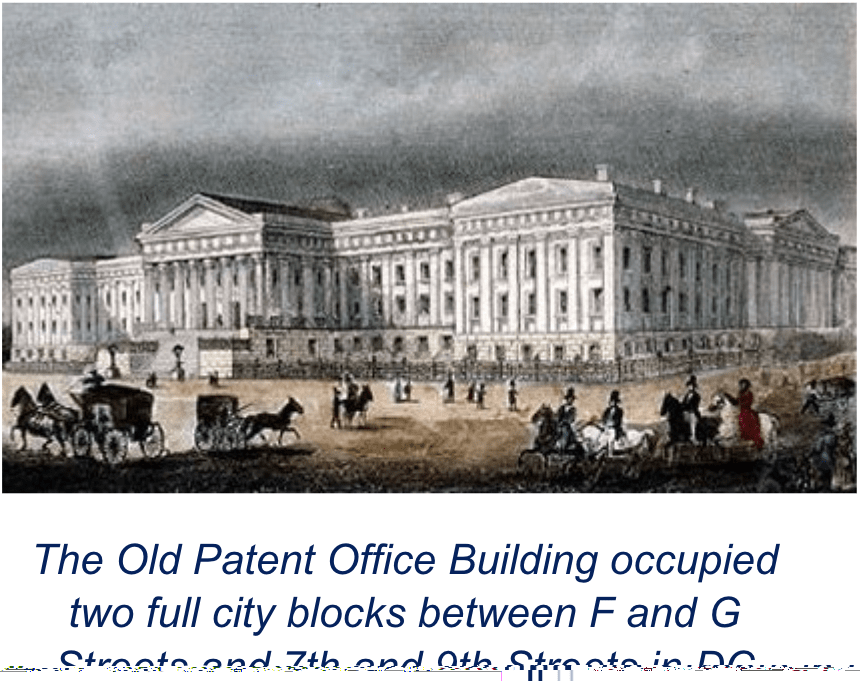 Alvin Toffler predicted in “Future Shock” way back in 1970 that in a “post-industrialist” world change would occur at an increasing rate, leaving people suffering from "shattering stress and disorientation." Today we call that “innovation” and we got used to it! To put this innovation milestone in perspective, here is a hyper-cruise through U.S. Patent history, one million patents at a time.
Alvin Toffler predicted in “Future Shock” way back in 1970 that in a “post-industrialist” world change would occur at an increasing rate, leaving people suffering from "shattering stress and disorientation." Today we call that “innovation” and we got used to it! To put this innovation milestone in perspective, here is a hyper-cruise through U.S. Patent history, one million patents at a time.1908: It took 118 years to reach U.S Patent No. 1,000,000 for a “Vehicle-tire.” The automobile had just come onto the American scene and Henry Ford was cranking them out by the thousands, so a new tire design made sense. Why they hyphenated the title we do not know. The inventor was one Francis H. Holton who assigned his patent to the B. F. Goodrich Company, an American icon until it was acquired by Michelin of France.
1935: It took much less time – just 27 years – for the Patent Office to grant U.S. Patent No. 2,000,000 for a “Vehicle wheel construction.” Ironically, this patent was also auto-related. The inventor was one Ledwinka Joseph and the assignee was the Edward G. Budd Manufacturing Co. that today is owned by ThyssenKrupp of Germany.
1961: It took another 26 years for U.S. Patent No. 3,000,000 to issue for an “Automatic reading system.” This patent was invented by Kenneth R. Eldredge and assigned to yet another American icon, General Electric Company.
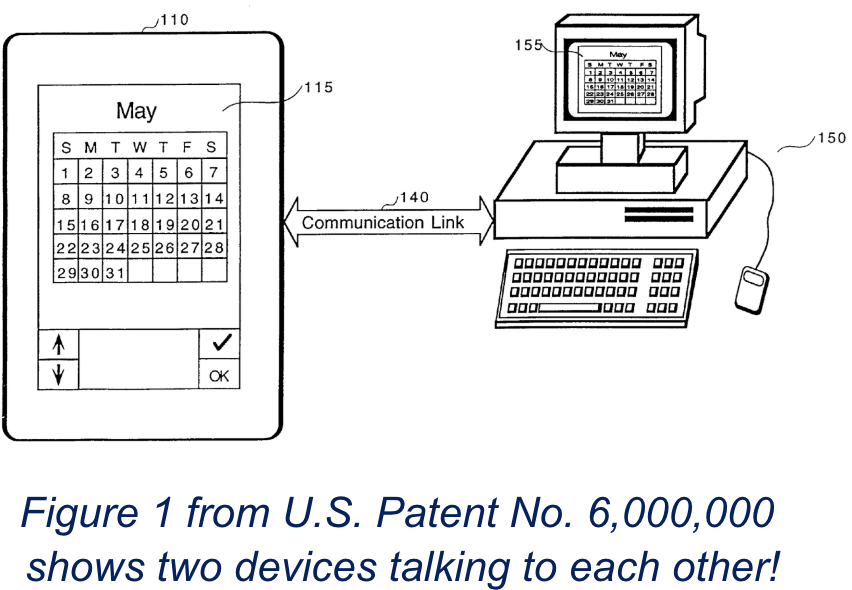 1976: Just 15 years later, U.S. Patent No. 4,000,000 was granted for a “Process for recycling asphalt-aggregate compositions.” The inventor was one Robert L. Mendenhall, the founder of the Las Vegas Paving Co. Just think of all the casino parking lots that needed paving over the past four decades!
1976: Just 15 years later, U.S. Patent No. 4,000,000 was granted for a “Process for recycling asphalt-aggregate compositions.” The inventor was one Robert L. Mendenhall, the founder of the Las Vegas Paving Co. Just think of all the casino parking lots that needed paving over the past four decades!1991: Another 15 years passed until U.S. Patent No. 5,000,000 for “Ethanol production by Escherichia coli strains co-expressing Zymomonas” was granted to the University of Florida. The inventors were Lonnie O. Ingram, Tyrrell Conway and Flavio Alterthum.
1999: The pace of innovation really picked up in the 1990s because it took just eight years for U.S. Patent No. 6,000,000 for an “Extendible method and apparatus for synchronizing multiple files on two different computer systems.” Two computers talking to each other was cutting edge in 1999! The inventors were Jeffrey C. Hawkins and Michael Albanese, and the assignee was another American icon, 3Com Corporation, now a unit of super icon Hewlett-Packard.
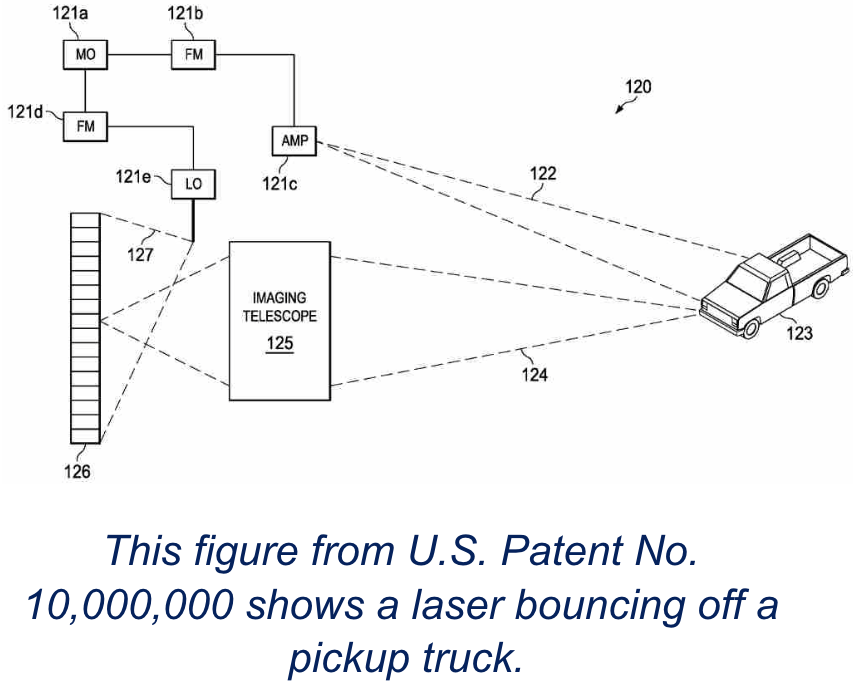 2006: Just seven years later, U.S. Patent No. 7,000,000 for “Polysaccharide fibers” was granted. The inventor was John P. O'Brien and the assignee was yet another American icon, E. I. du Pont de Nemours and Company.
2006: Just seven years later, U.S. Patent No. 7,000,000 for “Polysaccharide fibers” was granted. The inventor was John P. O'Brien and the assignee was yet another American icon, E. I. du Pont de Nemours and Company.2011: From eight years to seven years to just five years for U.S. Patent No. 8,000,000 for a “Visual prosthesis” to be granted. The inventors were Robert J. Greenberg, Kelly H. McClure and Arup Roy, and the patent was assigned to Second Sight Medical Products Inc. which is still in business and is traded on the NASDAQ.
2015: Innovation charged on, and in just four years U.S. Patent No. 9,000,000 was issued for a “Windshield washer conditioner.” The inventor was one Matthew Carroll who assigned the patent to his company, Wiperfill Holdings LLC. The invention captured rain water, deionized it and used it to refill the windshield washer reservoir. There is no record of this invention ever being commercialized.
2018: Here we are, just three years later, and U.S. Patent No. 10,000,000 has been granted.
Here are the years between each millionth patent:
 U.S. Patent No. 1,000,000: 118 years
U.S. Patent No. 1,000,000: 118 yearsU.S. Patent No. 2,000,000: 27 years
U.S. Patent No. 3,000,000: 26 years
U.S. Patent No. 4,000,000: 15 years
U.S. Patent No. 5,000,000: 15 years
U.S. Patent No. 6,000,000: 8 years
U.S. Patent No. 7,000,000: 7 years
U.S. Patent No. 8,000,000: 5 years
U.S. Patent No. 9,000,000: 4 years
U.S. Patent No. 10,000,000: 3 years
There Is Your Invention and Then There Is Your Patent
Posted: 6/18/2018
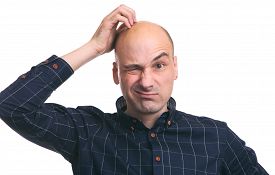 Confused? Good. We will call him “Joe.” Joe comes up with a great idea, so he engages a patent attorney to file and prosecute a patent application for his invention. Now Joe has rolling around in his head this terrific innovation that has multiple aspects to it. Joe and his attorney write up a set of claims that covers all the aspects of Joe’s invention, and files the application. Then two things happen.
Confused? Good. We will call him “Joe.” Joe comes up with a great idea, so he engages a patent attorney to file and prosecute a patent application for his invention. Now Joe has rolling around in his head this terrific innovation that has multiple aspects to it. Joe and his attorney write up a set of claims that covers all the aspects of Joe’s invention, and files the application. Then two things happen.In the process of prosecuting the patent, the patent examiner will either question or outright deny one or more or sometimes all of the claims in the initial application. So Joe and his attorney work with the patent examiner. They may drop a few claims and re-word a few other claims to address the patent examiner’s concerns. And about two years later – current average patent pendency is about 25 months, down from 37 months just a few years ago – a patent is granted. But what is specifically covered by the claims in the patent is different – sometimes significantly different – than the invention that is rolling around in Joe’s head. The reality is that very few granted patents include all of the claims in the original application.
The second factor is that Joe’s invention – not the patent, but the invention rolling around in Joe’s head – is evolving. Joe may have done some testing or prototyping, and the technologies related to the invention may have changed. So two years down the road when the patent finally issues Joe has a greatly expanded invention from what he and his attorney sat down to discuss, and what they applied for, two years ago.
Remember also that the Claims are the Patent. The abstract is fine, and the drawings you submitted should help explain the invention, and the other narrative data is all great. But in terms of what is patented – and what can be asserted against an infringer – is in the Claims.
Here are just a few recent examples. A client was surprised to find that the testing equipment covered in his patent must have a separate ground wire. If it did not have a separate ground wire, it was not covered by the patent. Another inventor was convinced that his patented point-of-sale invention included the ability of customers to return to the store where they made their purchase to make payments on their account. Great idea, but not in the patent! One inventor is convinced he has a patent for a wearable video security device – there is even a figure in the patent that shows a person wearing the device – but the claims make NO mention of a person wearing the device!
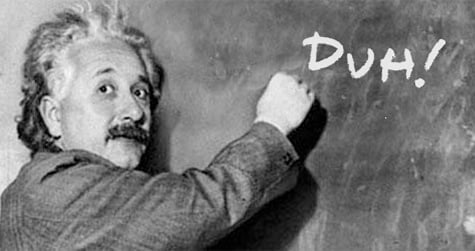 As a patent broker, we can only sell what is in the patent! We do not represent the invention that is still rolling around in the inventor’s brain and psyche – and that may be, and often is, greatly expanded beyond what is in the patent – we represent the patent, and the patent consists of the claims, regardless of how well or how poorly they are written.
As a patent broker, we can only sell what is in the patent! We do not represent the invention that is still rolling around in the inventor’s brain and psyche – and that may be, and often is, greatly expanded beyond what is in the patent – we represent the patent, and the patent consists of the claims, regardless of how well or how poorly they are written.The solution? Always, always, always file for a continuation before your patent is granted. That will give you the opportunity to add new claims for your second patent - and subsequent patents - while retaining all the claims and the Priority Date from your first patent!
Why Patents Are Such a Unique Asset
Posted: 5/17/2018
We are reminded of the Harry Chapin classic, Cat’s in the Cradle, in which he sings that his son “came to the world in the usual way.” Most assets come into existence – that is, show up on a company’s Balance Sheet – in the usual way – via “generally accepted accounting principles.” You invoice a customer, and the value of that invoice is added to your company’s Accounts Receivables. Your customer pays the invoice, and the value of your Accounts Receivables decreases while the value of your Cash on Hand increases. You buy a forklift truck for the warehouse. The invoice shows up and is added to your Accounts Payables – a line item under Liabilities. But when you pay the invoice, your Accounts Payables decreases as also does your Cash on Hand, but the value of the truck is now added to your Equipment line under Assets. And so it goes. Inventory, raw materials, accounts receivables, accounts payables, real estate, equipment – you name it – are all properly recorded on the Balance Sheet automatically as regular, ongoing accounting transactions.
Patents – and also copyrights and trademarks – are different because they come into existence in a totally different fashion. Your R&D staff, Engineering Department or New Product Development team invent something, and they file for a patent for the new technology. R&D, Engineering and New Product Development costs are almost always written off in the year they occur since they are regular operating expenses. The costs to prosecute the patent application are also written off in the year they are expended since they are regular operating expenses.
Then one day, two or three years after the patent application was filed, a granted U.S. Patent shows up. Some companies put them in a file drawer, while others have them framed and hung on the wall. There are a few companies that make a nice living duplicating the first page of a patent on a gorgeous plaque so companies can display all their patents in the lobby or conference room. Everyone celebrates, the patents are covered in the company newsletter, and the named inventors send copies of the patent to their mothers.
 But…since there is NO accounting action that occurs as a result of that patent showing up in the mail, this valuable asset does not automatically appear on the company’s Balance Sheet like the forklift truck did. This means that any company that is developing and patenting new products, product improvements and enhancements, and new methods and apparatuses – and receiving patents for these new technologies – is very often NOT including the new patents it is granted in the Intangible Assets line on its Balance Sheet. As a result, the true value of many businesses is dramatically understated on their financial statements because their patents are not recorded as assets! For a company seeking financing or planning to go public, these unreported assets could be critical to their success in either of these endeavors.
But…since there is NO accounting action that occurs as a result of that patent showing up in the mail, this valuable asset does not automatically appear on the company’s Balance Sheet like the forklift truck did. This means that any company that is developing and patenting new products, product improvements and enhancements, and new methods and apparatuses – and receiving patents for these new technologies – is very often NOT including the new patents it is granted in the Intangible Assets line on its Balance Sheet. As a result, the true value of many businesses is dramatically understated on their financial statements because their patents are not recorded as assets! For a company seeking financing or planning to go public, these unreported assets could be critical to their success in either of these endeavors. The solution is to have all IP assigned to your business valuated by a reputable third party. The value of these intellectual assets can then be included in the Notes to your financial statements and added under Intangible Assets on the Balance Sheet. And fortunately for readers of this article, IPOfferings provides three separate Patent Valuation Services.
We are NOT providing financial, accounting or tax advice. We are simply explaining in general terms why patents do not often appear on a company’s Balance Sheet. If your company faces this issue, you need to secure professional advice and counsel as to the exact procedures to follow to add these assets to your financial statements.
There’s A New Sheriff in Town
Posted: 4/17/2018
Mr. Iancu comes from the Irell & Manella law firm. He also taught at the UCLA School of Law and began his career in the trenches as an engineer at Hughes Aircraft. He is generally considered to be pro-innovation, pro-inventor and pro-strong patents. He recently gave the Keynote Address at the U.S. Chamber of Commerce Patent Policy Conference on April 11. Here are a few key quotes from his talk.
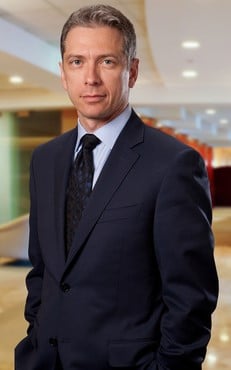 “Yet today, our patent system is at a crossroads. For more than just a few years, our system has been pushed and pulled, poked and prodded. The cumulative result is a system in which the patent grant is less reliable today than it should be. This onslaught has come from all directions. There has been major reform legislation, and proposed legislation. There have been massive changes brought about by major court cases. And the USPTO itself has taken a variety of actions in an effort to implement these changes. Plus, importantly, the rhetoric surrounding the patent system has focused relentlessly on certain faults in, or abuses of, the system—instead of the incredible benefits the system brings to our nation.
“Yet today, our patent system is at a crossroads. For more than just a few years, our system has been pushed and pulled, poked and prodded. The cumulative result is a system in which the patent grant is less reliable today than it should be. This onslaught has come from all directions. There has been major reform legislation, and proposed legislation. There have been massive changes brought about by major court cases. And the USPTO itself has taken a variety of actions in an effort to implement these changes. Plus, importantly, the rhetoric surrounding the patent system has focused relentlessly on certain faults in, or abuses of, the system—instead of the incredible benefits the system brings to our nation.“I don’t need to tell this audience that the American patent system, which in prior years was deservedly ranked as the number one system in the world, in 2017 fell to number 10. And this year it fell further, tied for number 12. But make no mistake: we are still an elite system, a mere ¼ point away from the systems ranked 2 through 11. And the United States remains the leader for overall IP rights.
“Still, we are at an inflection point with respect to the patent system. As a nation, we cannot continue down the same path if we want to maintain our global economic leadership. And we will not continue down the same path. This administration has a mission to create sustained economic growth, and innovation and IP protection are key goals in support of that mission.
“First, we must change the dialogue surrounding patents. Words have meaning. Words impact perception and drive public policy. And for too long, the words surrounding our patent system have been overly-focused on its faults. A successful system cannot be defined by its faults. Rather, a successful system must be defined by its goals, aspirations, and successes. Obviously, errors in the system should be corrected. And no abuse should be tolerated. Errors and abuse should be identified and swiftly eliminated. However, the focus for discussion, and the focus for IP policy, must be on the positive. We must create a new narrative that defines the patent system by the brilliance of inventors, the excitement of invention, and the incredible benefits they bring to society. And it is these benefits that must drive our patent policies.
“…when we write, interpret, and administer patent laws, we must consistently ask ourselves ‘Are we helping these inventors?’ Whether it’s an individual tinkering in her garage, or a team at a large corporation, or a laboratory on a university campus, we must ask ourselves ‘Are we helping them? Are we incentivizing innovation?’
“And that brings me to my second principal point for today: increasing the reliability of the patent grant. Because that is key to incentivizing innovation…As I said at my Senate confirmation hearing: ‘When patent owners and the public have confidence in the patent grant, inventors are encouraged to invent, investments are made, companies grow, jobs are created, science and technology advance.’
“…our current law surrounding patentable subject matter has created a more unpredictable patent landscape that is hurting innovation and, consequently, investment and job creation. Recent cases from the Supreme Court – Mayo, Myriad, and Alice – have inserted standards into our interpretation of the statute that are difficult to follow. Lower courts applying these cases are struggling to issue consistent results. Patent lawyers trying to advise their clients are, in turn, struggling to predict the outcome with respect to certain patents. And examiners at the USPTO must spend increased amounts of time addressing this challenging issue. The current standards are difficult for all: stakeholders, courts, examiners, practitioners, and investors alike.
“If we want truly reliable rights, we must ensure that we issue appropriately-scoped patent claims from the get-go. In other words, we must also focus on the front end. And since our examiners are first in line, we must ensure that they have the tools they need for a thorough search and examination.
“Our examiners already do a fabulous job. And it is not easy, given the state of the law and all the information that needs to be processed and analyzed. To further improve the original examination, a next step would be to increase examiners’ ability to find the best prior art during examination. At times, there is a gap between the prior art found during initial examination and the prior art found during litigation. There are many reasons for this, but the main culprits are the ever-accelerating publication and accessibility explosions. These are issues that face every patent office around the world. Indeed, we are ahead of most others on this front. But if we could further narrow this gap in prior art between examination and litigation, then the accuracy of the patent grant – and therefore, its reliability – would increase.
“During his first address to Congress in February of last year, President Trump noted that, on our 100th anniversary in 1876, citizens from throughout the country came to Philadelphia to celebrate America’s centennial. At that celebration, the country’s inventors showed off their wonderful creations. Alexander Graham Bell presented his telephone for the first time. Remington revealed the first typewriter. And Thomas Edison showed an automatic telegraph and an electric pen.
“President Trump then asked all of us to imagine the wonders our country could know in America’s 250th year. He asked us to think about all the illnesses that could be cured, the distant worlds we could walk on, and the marvels we could achieve if only we could set free the dreams of Americans. That’s how I think about intellectual property. As I see it, no dream is too big if we unleash the power of innovation and give our nation’s inventors the protections they need to succeed. That’s why it’s so important that we find the right balance in the IP system. This is something I’m very passionate about, and fully committed to, as I lead the U.S. Patent and Trademark Office.”
We Add New Patent to Digital Currency/Cryptocurrency Section
Posted: 3/17/2018
 The newest technology section in the Patent Marketplace at our website is for the newest currencies, and we add a second property to that section this month. We are particularly excited about the Digital Currency “Clicks” Technology portfolio. We must assume that everyone who has not been studying butterflies in the Amazon for the last twenty years knows that there is the “bricks” retail sector and there is the “clicks” retail sector. Some businesses have managed to establish successful footprints in both sectors.
The newest technology section in the Patent Marketplace at our website is for the newest currencies, and we add a second property to that section this month. We are particularly excited about the Digital Currency “Clicks” Technology portfolio. We must assume that everyone who has not been studying butterflies in the Amazon for the last twenty years knows that there is the “bricks” retail sector and there is the “clicks” retail sector. Some businesses have managed to establish successful footprints in both sectors.This exciting portfolio of four U.S. Patents and a European Patent creates a whole new business. Merchant Services companies are those businesses that process debit and credit card transactions. They provide the means for retailers – both bricks and clicks – to accept plastic, get approval for the charge made to the card, and then get paid for the sale – less, of course, a processing fee for the Merchant Services company they use. Americans charge over $3 trillion (yes, Trillion with a “T”) on their debit and credit cards each year. Processing charges vary, but at just 2%, that makes Merchant Services a $60 Billion industry. Zowee!
Amazing as it may seem, none of the major Merchant Services players offer processing of digital currency transactions. The Digital Currency “Clicks” Transactions portfolio will enable the company that acquires it to offer Merchant Services to retailers so they can accept digital currencies in addition to debit and credit cards, and Paypal. And the company that invests in this technology will be patent-protected through 2032. Double Zowee!
It Had to Happen: The Bitcoin Patent Report
Posted: 3/17/2018
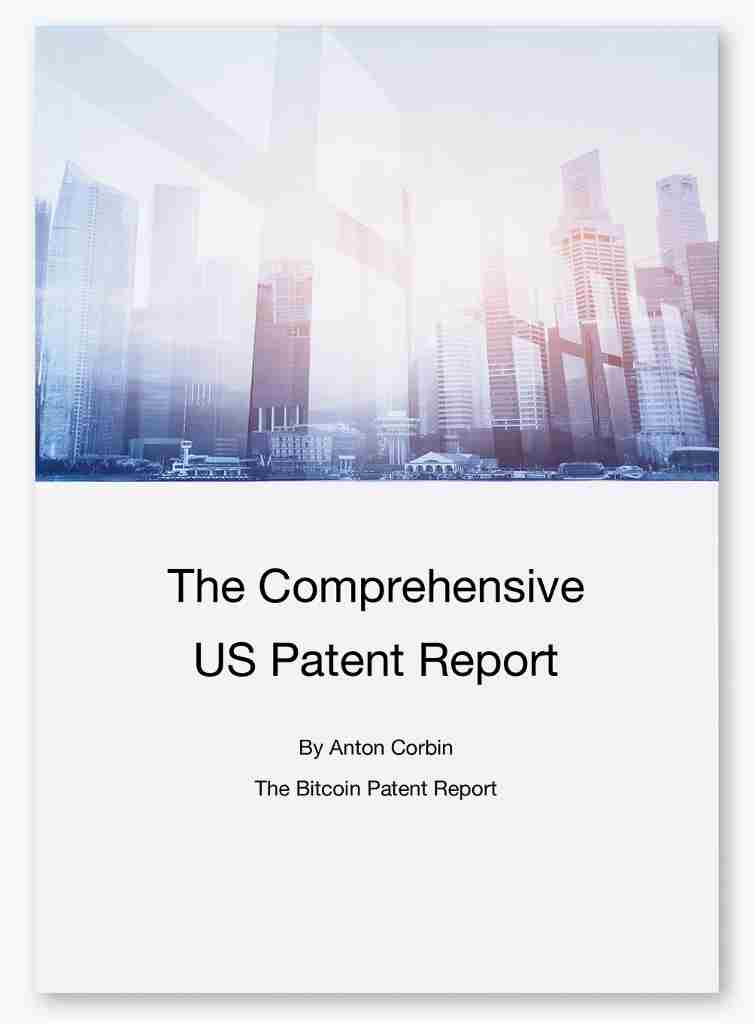 It was just a matter of time. An enterprising writer and entrepreneur, Anton Corbin, has launched the Bitcoin Patent Report. It includes the latest Bitcoin news, and it offers two reports: the Worldwide Patent Report on Bitcoin and Blockchain Technology and the Comprehensive US Patent Report. Each includes all the latest Bitcoin and Blockchain patents and patent applications. The U.S. report is just 0.05 Bitcoin. Yup. They do business in Bitcoin.
It was just a matter of time. An enterprising writer and entrepreneur, Anton Corbin, has launched the Bitcoin Patent Report. It includes the latest Bitcoin news, and it offers two reports: the Worldwide Patent Report on Bitcoin and Blockchain Technology and the Comprehensive US Patent Report. Each includes all the latest Bitcoin and Blockchain patents and patent applications. The U.S. report is just 0.05 Bitcoin. Yup. They do business in Bitcoin. What you will find is that large numbers of banks and other financial institutions are filing for digital currency patents. There are, in fact, just a handful of cryptocurrency patents that are available for acquisition, and the few that are available are represented by IPOfferings. As long as the Bitcoin Patent Report stays in the reporting business (and not the patent brokerage business), we wish them well.
There Are Patents, and Then There Are Patents
Posted: 3/21/2018
 Our request that the inventor or business secure a U.S. Patent is not because we are America-centric Americans running an America-centric business, but because the U.S. is the largest economy in the world, so a U.S. Patent has the greatest value and is the most salable of patents.
Our request that the inventor or business secure a U.S. Patent is not because we are America-centric Americans running an America-centric business, but because the U.S. is the largest economy in the world, so a U.S. Patent has the greatest value and is the most salable of patents.Here is what the holder of a Singapore (or drop in any other small nation) Patent has to realize. First of all, a patent is a bargain. It is a deal with the nation that issued it that in exchange for disclosure of the invention that nation will grant the patent holder exclusivity to his or her or its invention in that nation for a fixed period, most often 20 years. That means that your Singapore Patent is a public document that anyone in the world can access.
And that means that any business anywhere in the world can blatantly infringe your patent, and as long as they do not manufacture the product or sell the product in Singapore, there is NOTHING you can do about it. They can manufacture the product in the U.S., China, Israel or India, and sell it all over the world – except to the five million residents of Singapore or to any Singapore businesses - and the patent holder is helpless to do anything about it!
Additionally, if the infringer gets brazen, and sells the product in Singapore, it will not likely be financial viable to sue the infringer for infringement since any claim will be based on royalties on infringing products sold in Singapore, and Singapore – or Portugal or Mexico or South Africa – is just not a big enough economy to generate the tens of millions in sales that would be required to make patent infringement litigation worth the cost of filing and pursuing the lawsuit!
The sad reality is that if a company came across a really brilliant Portuguese or New Zealand patent, the smartest strategy would be to infringe the patent, and manufacture and sell a product based on that patent in every other nation on the face of the earth except where the patent was granted!
The four largest economies in the world today are the U.S., China, Japan and Germany. Get yourself patent coverage in those countries, and you will have a valuable, global IP asset. Take advantage of an EPO patent to get additional coverage in France (No. 6), the UK (No. 7) and Italy (No. 8), and you really have coverage.
Make Money from Digital Currency... or Make Money off Digital Currency?
Posted: 2/16/2018
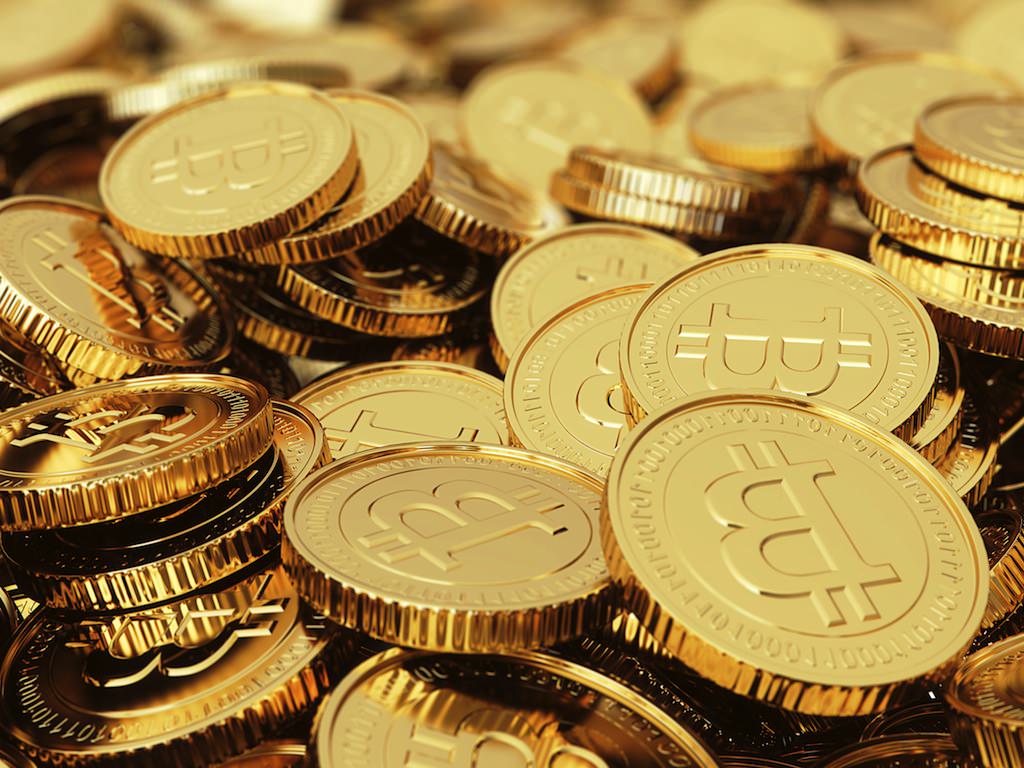 IPOfferings just brokered the patent that covers the Bitcoin ATM. And we are in negotiations with several additional inventors and assignees to represent their digital currency patents. So we thought we’d take this issue of Patent Leather to wax poetic about cryptocurrencies.
IPOfferings just brokered the patent that covers the Bitcoin ATM. And we are in negotiations with several additional inventors and assignees to represent their digital currency patents. So we thought we’d take this issue of Patent Leather to wax poetic about cryptocurrencies.The major digital currencies, in addition to Bitcoin, are Ethereum, Litecoin, Zcash, Dash, Ripple and Monero. What one needs to keep in mind is that the money to be made off digital currency is total and separate from the money to be made from digital currency. Invest in Bitcoins, and you ride the value up and down. So far mostly up.
In addition to making money from digital currency – that is, investing (long-term) or trading (short-term) in them just as you would invest in or trade stocks, bonds, precious metals and hog bellies – there are significant opportunities to make money off digital currencies. Take the Bitcoin ATM patent that we just brokered. When Bitcoin prices shoot up and there is a buying spree, people rush out to buy Bitcoins at their local Bitcoin ATM, and the patent licensor earns a royalty on every buy transaction. When the Bitcoin drops in value – has a “correction” as the analysts say – and there is a selling frenzy, the same people go back to the same Bitcoin ATM to sell. And the patent licensor earns another royalty on every sell transaction.
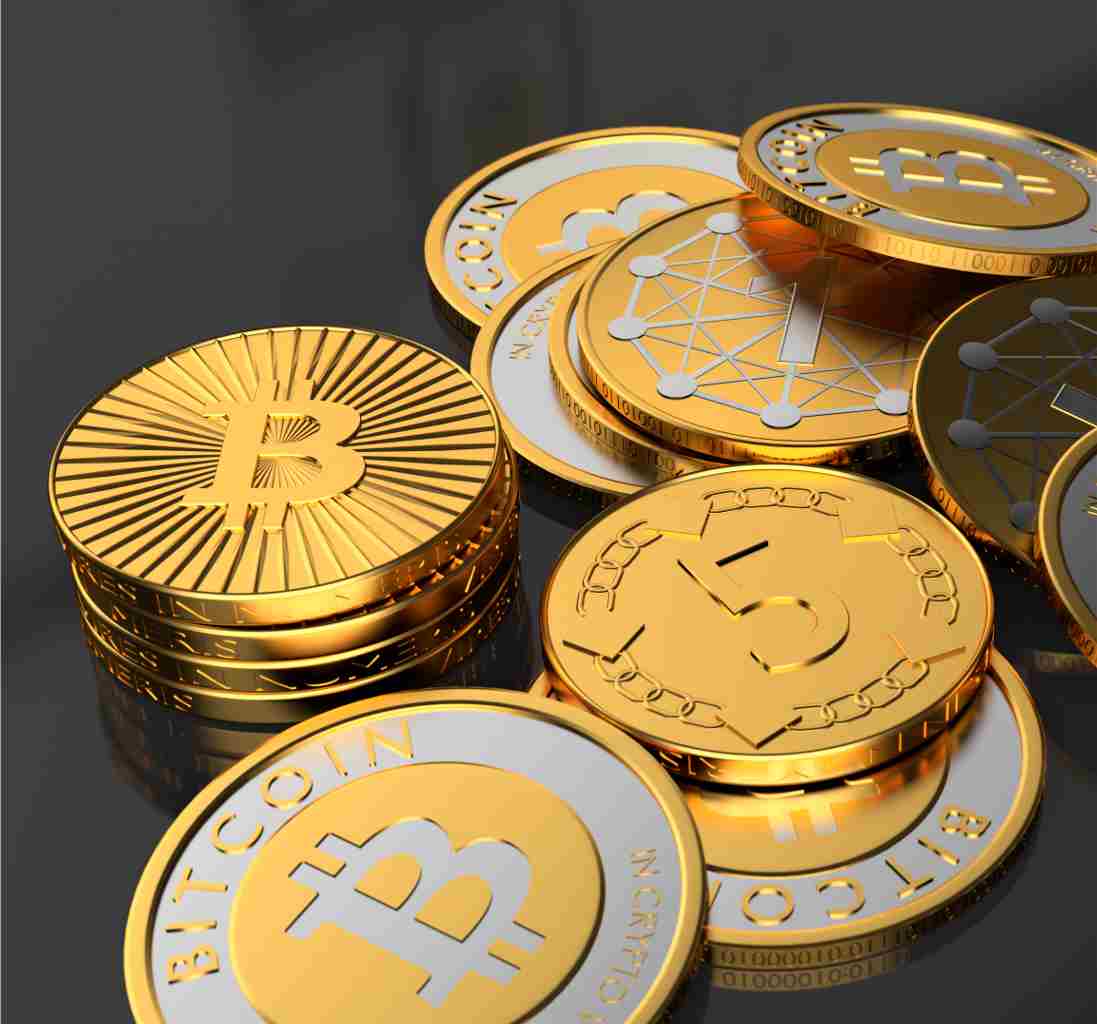 The investor in Bitcoins only makes money when the price goes up – or only makes money when the value goes down if he has shorted the currency – but the licensor of the Bitcoin ATM patent makes money when people buy and makes money when people sell. Nice work if you can get it.
The investor in Bitcoins only makes money when the price goes up – or only makes money when the value goes down if he has shorted the currency – but the licensor of the Bitcoin ATM patent makes money when people buy and makes money when people sell. Nice work if you can get it.There have been many gold and silver rushes over the history of the U.S., from Sutter’s Mill in California to the Klondike in Alaska to Virginia City in Montana. Some miners made money. Most did not. But the guy who owned the local hardware store and sold all those picks, shovels, sluices and panning trays made a fortune!
Digital currency is not issued by banks, but by a “blockchain” that records all cryptocurrency transactions. A blockchain, unlike a bank, does not have a physical location and it is not static, but a continuously growing list of records called “blocks” that are linked together (that’s the “chain”) and kept secure via sophisticated cryptography. Thus the term "crypto" currency. Each block contains a cryptographic hash or algorithm that links it to the previous block along with a timestamp for the transactions from that block. A proper blockchain is inherently resistant to any modification of the data in the blocks. A blockchain is an open, distributed ledger that records transactions between two parties very efficiently and in a verifiable and permanent way.
To access the distributed ledger, a blockchain must be managed by a peer-to-peer network that adheres to a pre-defined protocol for the validation of new blocks in the blockchain. Once it is recorded, the data in a specific block cannot be altered after the fact without altering all subsequent blocks. Since it operates in a peer-to-peer network, all blockchain transactions are fully accessible to the public. No private transactions in the world of digital currency, but full transparency.
Several intriguing digital currency patents will be available in the coming months. For example, there are patents that cover the “clicks” aspect of digital currency – buying products and services online using not a credit or debit card, but with digital currency. And then there are the “bricks” aspect of digital currency. Patents are coming to market that enable a consumer to buy a set of tires, groceries, furniture or jewelry with digital currency. Added to those are several patents that cover trading in cryptocurrencies as well as added security for the blockchain.
Digital currency will present many opportunities for those prepared to invest in services that support buyers, sellers and users of cryptocurrencies. IPOfferings will be in the thick of it. To quote Maxwell Smart, “…and loving it!”
Smart Home Section Is Added to Patent MarketPlace
Posted: 1/16/2018
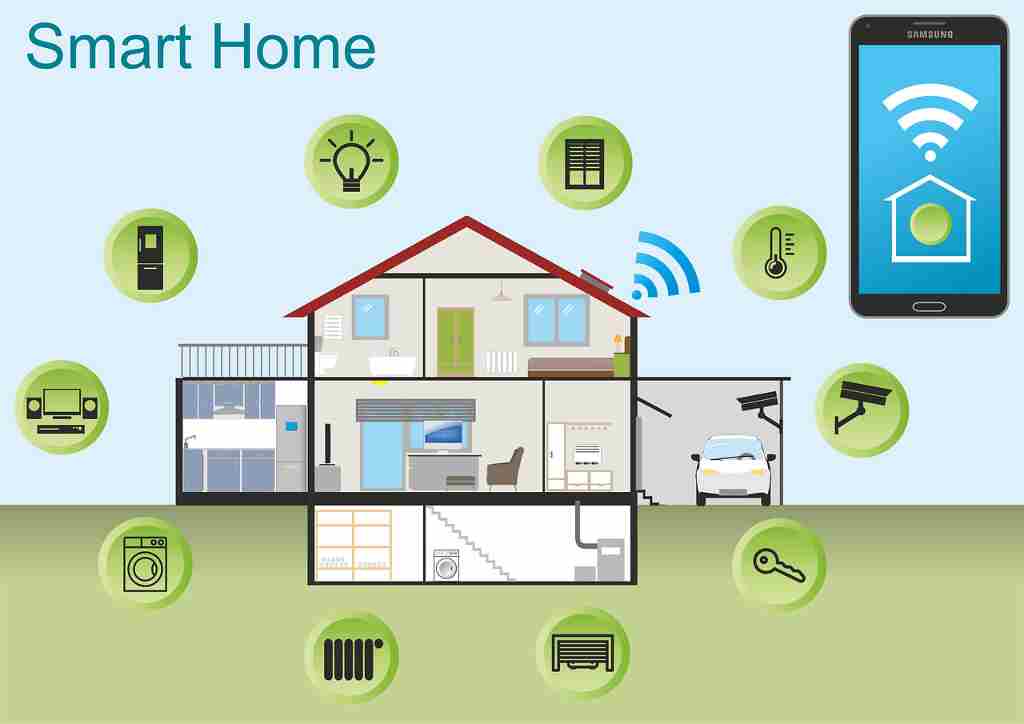 We’ve taken every effort possible to make the Patents for Sale section of our website as user-friendly as possible. This month, we feature our first Smart Home patent, so it just made a lot of sense to create a Smart Home section for it and future patents in this fast-growing technology. If you’ve just returned from being stranded on a deserted island, and you do not know what “Smart Home” (we really prefer “smart house” since a “home” and a “house” are really different things, but it appears we were out-voted) is, it is a house (yes, “house”) in which the lights, the heating and air conditioning, and the electric and electronic appliances and devices in the house (yes, “house”) are all linked together and can be controlled remotely by a computer or telephone. In the more sophisticated Smart Home configurations, the doors and windows are covered by an alarm system that is also integrated into the Smart Home system, and it can even include motorized blinds, draperies and awnings.
We’ve taken every effort possible to make the Patents for Sale section of our website as user-friendly as possible. This month, we feature our first Smart Home patent, so it just made a lot of sense to create a Smart Home section for it and future patents in this fast-growing technology. If you’ve just returned from being stranded on a deserted island, and you do not know what “Smart Home” (we really prefer “smart house” since a “home” and a “house” are really different things, but it appears we were out-voted) is, it is a house (yes, “house”) in which the lights, the heating and air conditioning, and the electric and electronic appliances and devices in the house (yes, “house”) are all linked together and can be controlled remotely by a computer or telephone. In the more sophisticated Smart Home configurations, the doors and windows are covered by an alarm system that is also integrated into the Smart Home system, and it can even include motorized blinds, draperies and awnings.We recently added an Internet-of-Things technology section, and Smart Home is really a subset of that. When a delivery person rings your door bell, and no one is home, the homeowner can respond from his PC or her smart phone. Is Junior really doing his homework? A Smart Home system enables mom and dad to check in with him. You left a frozen roast in the oven to thaw, and now it’s time to start the oven. You get the idea. As just one example of the growth and acceptance of the concept, Lowe’s just introduced a Smart Home section in its stores.
The RFID Product Management and Tracking portfolio will no doubt be just the first of many to be added to this section.
Anthony Verna Had a Profound Impact on Western Civilization
Posted: 12/16/2017
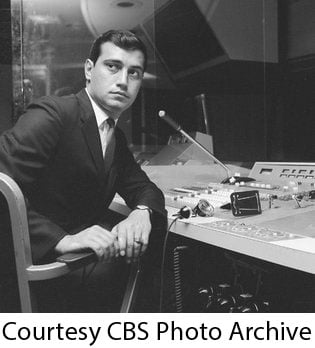 We are very pleased to represent two patents for which the late Anthony “Tony” Verna was the lead inventor. Tony Verna provides one of the many “back stories” for which this column is well known. And herein lies the tale.
We are very pleased to represent two patents for which the late Anthony “Tony” Verna was the lead inventor. Tony Verna provides one of the many “back stories” for which this column is well known. And herein lies the tale.It was the Army-Navy game of 1963 that would introduce an innovation that would change sports forever! In the fourth quarter of the game, when Army quarterback Rollie Stichweh ran for a touchdown, CBS not only showed the play live, it also showed it a second time on tape. This was the first “instant replay!” To make sure that viewers were not confused, Lindsey Nelson, the play-by-play announcer, exclaimed “This is not live! Ladies and gentlemen, Army did not score again!”
Tony Verna was the director of that broadcast, and he had figured out a method to rewind the videotape and run it again just before the start of the next play. Videotape was not new in 1963, but the technology was unwieldy, not very reliable, and large and bulky. Tony Verna had to have equipment weighing over a ton shipped from New York to Philadelphia for the game.
When tapes were made, they could not be played back immediately. Just two days earlier, Jack Ruby shot Lee Harvey Oswald on live television, and it took nine minutes for the first tape of the event to be broadcast. At that time, tapes of highlights of the first half of a game were played back during halftime, but an immediate re-viewing of a single play was not possible.
The challenge was locating the exact location on the tape where the replay should start. When a machine began to replay a tape, it would show seven to ten seconds of video hash before a recognizable image would appear, and it was impossible to know at precisely which point in the action this would occur. Tony had long been troubled by the dead air between plays, especially, for example, after an incomplete pass. He was also frustrated that he was able to show viewers only one perspective on a play and not what he was seeing on alternate monitors.
The solution he came up with was a pattern of audio cues – beeps that are transmitted to an unused audio track on the tape as it records the live action – that would enable him to find the location on the tape that a play was about to begin. He decided to have his first replay focus on a quarterback, so he set the first beep as the offensive team broke the huddle and added two beeps when the quarterback reached the line of scrimmage. On the day of the Army-Navy game, the video equipment had been jostled during transport and the tape in the unit had been used before. Tony later wrote that he was concerned that “bits of a detergent commercial or an episode of ‘I Love Lucy’ might appear on screen instead of a gang tackle.” But it worked on that chilly day in November of 1963, and things were never the same again!
It was actually CBS sports announcer Pat Summerall who coined the phrase “instant replay.” Today, in addition to adding value to a game for the television audience, officials regularly use instant replay when a call is in question using monitors set up on the field for just that purpose.
Tony Verna left us his memoirs – “Instant Replay: The Day That Changed Sports Forever” – that was published in 2008. Anthony Verna passed away at his home in Palm Desert, California, in 2015 at the age of 81. Quite a guy. We are truly honored to represent two of his patents.
Consider the Option Option
Posted: 11/13/2017
 The article in Battery Power covered the purchase of a patent portfolio option. The concept is similar to a real estate option but it offers additional benefits. A company in lithium exploration, Lithium Exploration Group (another great name), made the decision to expand into other technologies and products in the lithium continuum (the path from refining lithium to R&D to manufacturing to packaging to distribution of finished, lithium-based products). The company came across an intriguing lithium-ion portfolio for rechargeable batteries that is represented by IPOfferings.
The article in Battery Power covered the purchase of a patent portfolio option. The concept is similar to a real estate option but it offers additional benefits. A company in lithium exploration, Lithium Exploration Group (another great name), made the decision to expand into other technologies and products in the lithium continuum (the path from refining lithium to R&D to manufacturing to packaging to distribution of finished, lithium-based products). The company came across an intriguing lithium-ion portfolio for rechargeable batteries that is represented by IPOfferings.Lithium Exploration Group decided to buy an option on the portfolio, and IPOfferings brokered the deal. The option grants Lithium Exploration Group the right to purchase the portfolio at an agreed-to price in a defined time period. This arrangement gives the buyer time to not only complete due diligence on the portfolio, but to also thoroughly research the challenges of commercializing the technology covered by the portfolio. In this instance – this is not always the case with an option – the purchaser has retained the services of the inventor to assist in the pre-commercialization of the portfolio.
Buying an option – or, if you are the seller, offering an option – is an option that prevents the property from being sold out from under the buyer, and gives the buyer breathing room to gets its ducks in a row before it finalizes the acquisition. And, it gives the buyer the option to walk away if it turns out to not be the right deal. If the option expires, the seller is free to put the property up for sale again.
IoT and OTT Patents Are Becoming Critical Assets
Posted: 12/22/2016
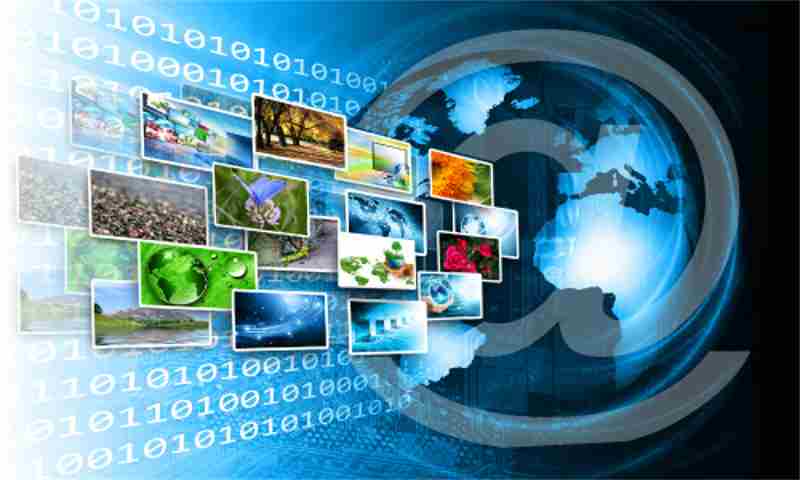 OTT or Over the Top is the delivery of audio or video over the Internet with the involvement of a multiple-system operator to control or distribute the content. OTT is not pay television or video-on-demand, but content provided by a third party in IP packets. OTT messaging is the providing of instant messaging as an alternative to the text messaging provided by the cellular network operators. WhatsApp and Skype are two OTT providers. Telecomm industry analyst Dean Bubley is generally credited with coining the term in 2011.
OTT or Over the Top is the delivery of audio or video over the Internet with the involvement of a multiple-system operator to control or distribute the content. OTT is not pay television or video-on-demand, but content provided by a third party in IP packets. OTT messaging is the providing of instant messaging as an alternative to the text messaging provided by the cellular network operators. WhatsApp and Skype are two OTT providers. Telecomm industry analyst Dean Bubley is generally credited with coining the term in 2011.
IoT or the Internet of Things is the connection of multiple “things” (everyday objects) via the Internet to keep people informed about important issues, and for it to be done automatically while they go about their lives. When you look on your cell phone for the local restaurants or a gas station, that is an application of IoT. The term is credited to Kevin Ashton of MIT who believed that “If we had computers that knew everything there was to know about things – using data they gathered without any help from us – we would be able to track and count everything and greatly reduce waste, loss and cost.”
 How important are OTT Patents. Disney just signed an agreement to license the patents of the Kudelski Group, many of which are OTT-related. Akamai paid $107 million to acquire Codemate for its Octoshape OTT patent portfolio.
Over on the IoT side, Softbank paid $32 billion for ARM, primarily for its IoT patents. Qualcomm and Intel have been busy filing for patents in this technology. Each company now has over 500 IoT Patents.
aoiTV has some interesting OTT patents such as U.S. Patent No. 8,869,207 for a “Method and System for Delivering Video Content from Multiple Platforms to Subscribers.” Among the patents that Akamai acquired from Codemate was U.S. Patent No. 7,865,811 for a “Distribution Method, Preferably Applied in a Streaming System.”
One of Qualcomm’s IoT properties is U.S. Patent No. 9,413,827 for a “Context Aware Actions Among Heterogeneous Internet of Things (IOT) Devices.” IBM is assigned U.S. Patent No. 9,372,886 for “Data Filtering in the Internet of Things.”
How important are OTT Patents. Disney just signed an agreement to license the patents of the Kudelski Group, many of which are OTT-related. Akamai paid $107 million to acquire Codemate for its Octoshape OTT patent portfolio.
Over on the IoT side, Softbank paid $32 billion for ARM, primarily for its IoT patents. Qualcomm and Intel have been busy filing for patents in this technology. Each company now has over 500 IoT Patents.
aoiTV has some interesting OTT patents such as U.S. Patent No. 8,869,207 for a “Method and System for Delivering Video Content from Multiple Platforms to Subscribers.” Among the patents that Akamai acquired from Codemate was U.S. Patent No. 7,865,811 for a “Distribution Method, Preferably Applied in a Streaming System.”
One of Qualcomm’s IoT properties is U.S. Patent No. 9,413,827 for a “Context Aware Actions Among Heterogeneous Internet of Things (IOT) Devices.” IBM is assigned U.S. Patent No. 9,372,886 for “Data Filtering in the Internet of Things.”For businesses looking to acquire OTT patents or IoT patents, IPOfferings represents several properties.
Here Is the Granddaddy of Router Patents
Posted: 10/16/2017
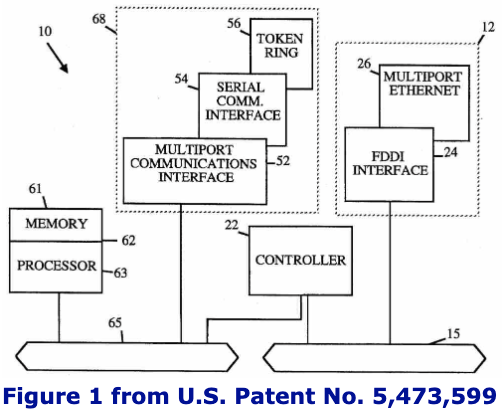
We feature this month a most intriguing telecom patent that improves data flow through a router – contrary to popular believe and practice, tapping on the mouse does NOT speed up a download just as tapping on the button does not get the elevator to your floor any faster – so we were curious to know where the concept of the modern router began, and we think we found it.
Back in the early days of the Internet – 1995 to be exact – a start-up called Cisco Systems, Inc. (NASDAQ: CSCO) received U.S. Patent No. 5,473,599 for a “Standby Router Protocol.” This router patent has 31 Claims, and it covers sending a plurality of packets among routers that each have a memory and a processor of their own. Just to show you how foundational this patent is, it has only four Backward Citations and a whopping 873 Forward Citations! This, Virginia, is where the Internet really started!
If you had invested $1,000 in Cisco when it went public in 1990 – before anyone had ever heard of the Internet or a router – you would today own 16,000 shares (after all the splits) worth over a half million dollars.
And the Granddaddy of OTT Patents
Posted: 10/16/2017
 We also feature two OTT (Over the Top) patents this month, so we set out to find the root OTT patent and we came up with U.S. Patent No. 6,774,664 for “Enhanced Video Programming System and Method Incorporating and Displaying Retrieved, Integrated, Internet Information Segments.” While the patent has only three Claims, it covers the basics of OTT – receiving programming with video and audio signals and directing it to specific websites. As a foundational patent, it has just six Backward Citations and a super-whopping 1,141 Forward Citations.
We also feature two OTT (Over the Top) patents this month, so we set out to find the root OTT patent and we came up with U.S. Patent No. 6,774,664 for “Enhanced Video Programming System and Method Incorporating and Displaying Retrieved, Integrated, Internet Information Segments.” While the patent has only three Claims, it covers the basics of OTT – receiving programming with video and audio signals and directing it to specific websites. As a foundational patent, it has just six Backward Citations and a super-whopping 1,141 Forward Citations.
Our scavenger hunt included this patent’s ownership trail. The patent application that was filed in 1994 was assigned to Earth Web, Inc., an early web designer that was sold to Web Media Brands which is still in business today and is a provider of original video content. The application – some sharp fellow saw the value in it – was transferred to AcTV, Inc. in 2001. We cannot find any information about AcTV, but it was based in Rockefeller Center in Manhattan, and that hints at its ownership and origins.
AcTV was acquired by OpenTV in 2010, so assignment of the patent passed to OpenTV, Inc., a company out of San Francisco that sold television top-box operating systems (that’s the OTT connection) as well as middleware software and advanced advertising products.
OpenTV traded on the NASDAQ under the OPTV symbol until it was acquired by the Kudelski SA (SIX:KUD) in 1994. Kudelski, a publicly traded Swiss corporation that is better known as Nagra-Kudelski Group, manufactures security systems for transmission of digital content.
Meet Alexander Graham Bell, Aviator
Posted: 9/15/2017
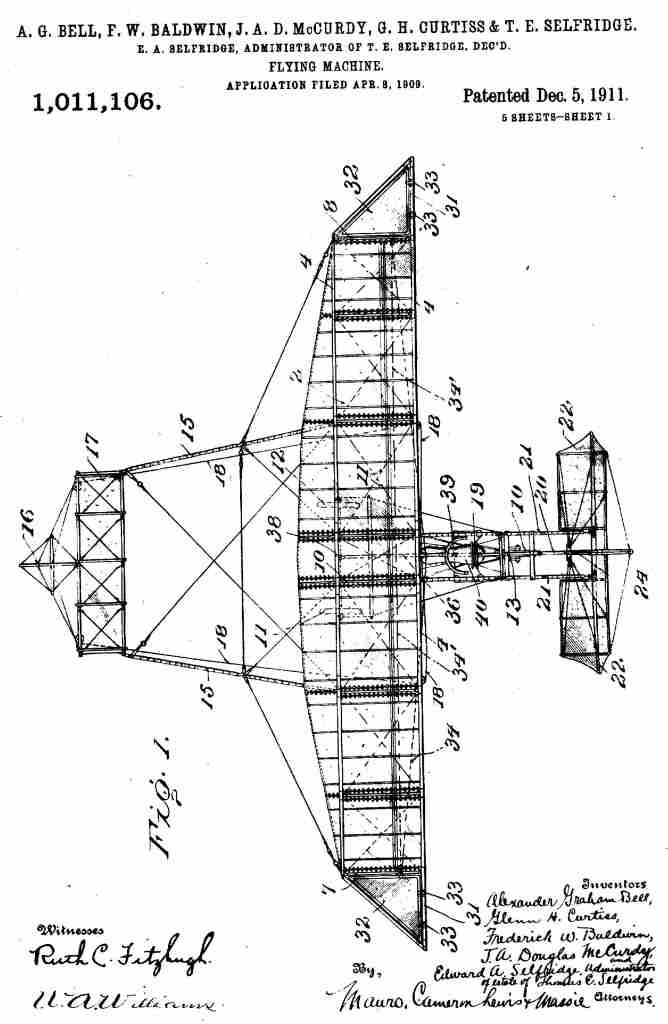 Alex Bell, as his fellow Bostonians knew him, is probably the second greatest inventor after Tom Edison, as he was known among the Menlo Park community. What we bet you do not know is that A. G. Bell was an aviator, and the holder of several air craft patents!
Alex Bell, as his fellow Bostonians knew him, is probably the second greatest inventor after Tom Edison, as he was known among the Menlo Park community. What we bet you do not know is that A. G. Bell was an aviator, and the holder of several air craft patents!
Just a few years after the Wright Brothers received their “Flying Machine” (the term used before “aeroplane” and later “airplane” came into common usage) patent, Bell and four co-inventors received U.S. Patent No. 1,011,106 for a “Flying Machine” that looks a lot like the Wright Brothers’ configuration. We’d like to see the prior art submitted with the application for this patent.
In 1913 – ten years after the Wright Brothers' first successful manned flight – Bell received U.S. Patent No. 1,050,610 for a “Flying Machine.” Its most noticeable feature is a top-mounted – rather than traditional tail-mounted – rudder.
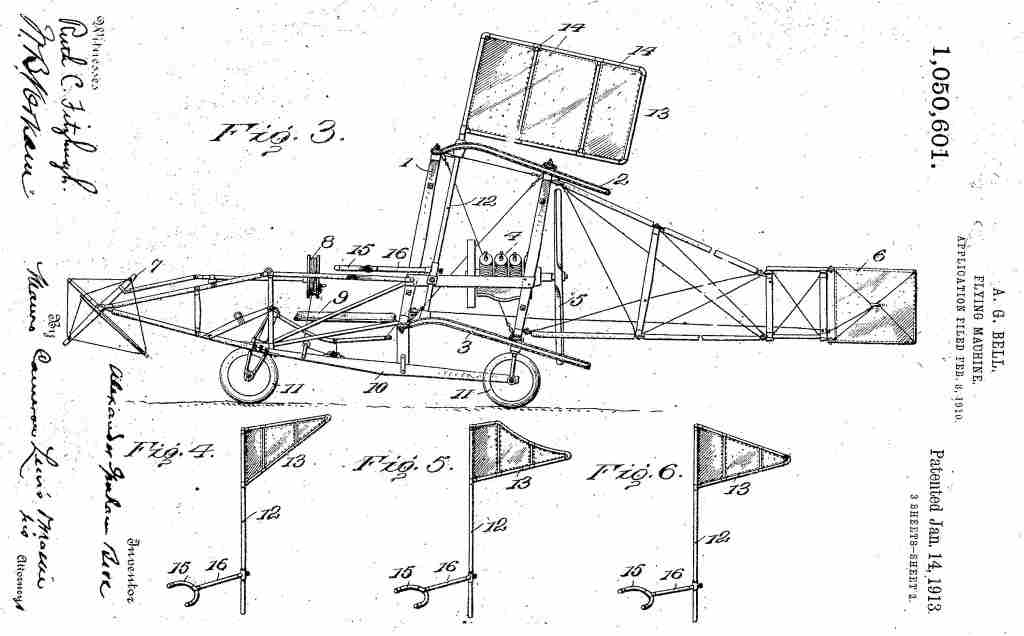 We find most intriguing U.S. Patent No. 1,410,874 for a “Hydrodrome, Hydroaeroplane, and the Like” granted to Bell and a partner in 1922. Bell was now 75 years old, but still heavily into aircraft. What he invented was a craft that could land on water, and that technology became very common in the 1930s, and is still in use today!
We find most intriguing U.S. Patent No. 1,410,874 for a “Hydrodrome, Hydroaeroplane, and the Like” granted to Bell and a partner in 1922. Bell was now 75 years old, but still heavily into aircraft. What he invented was a craft that could land on water, and that technology became very common in the 1930s, and is still in use today!
Here Is Just One Example of the Growth of OTT
Posted: 9/15/2017
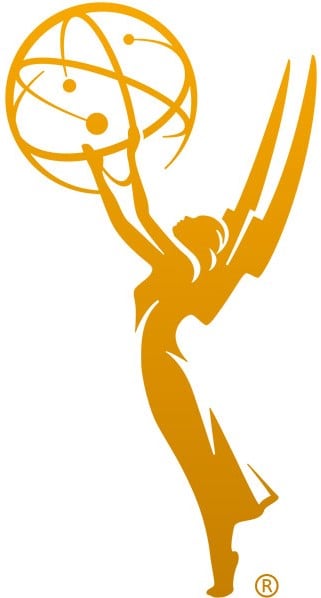
The Emmy Awards nominations were just announced and the nominees (drum roll, please) for Best Drama are:
- Better Call Saul
- The Crown
- The Handmaid’s Tale
- House of Cards
- Stranger Things
- This Is Us
- Westworld
Venture Capital:Patents::Peas:Carrots
Posted: 8/20/2017
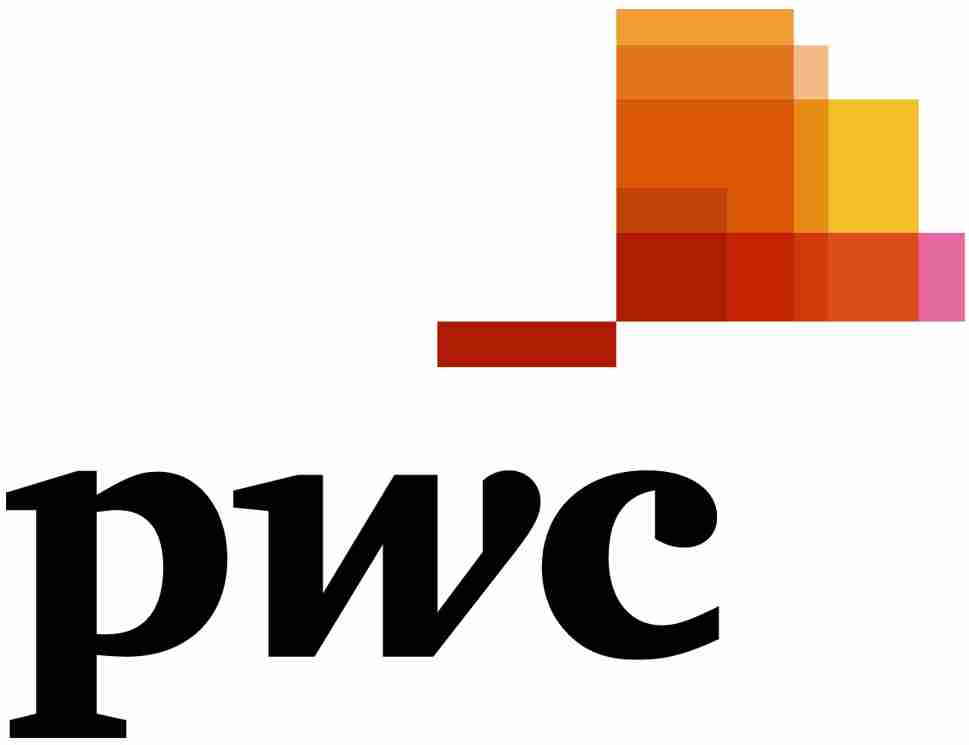
The headline is not a typo. We are using the colons and double colons the way they are used in analogy notation. The single colon stands for "is to" and the double colon stands for "as."" If you did not get the headline the first time, try reading it that way.
What makes venture capital and patents like Forest Gump’s relationship with Jenny? A significant number of patents are filed every year by VC-funded companies to protect the technologies on which VC-funded businesses are based. Those companies that survive benefit from the protection afforded by their patents. And when a VC startup fails – a certain number of VC-funded companies failing is a reality that is built into the formula – the only assets that are often left are the patents. And the VCs come to IPOfferings to recoup some of their investment be monetizing those patents.
US MoneyTree is a trademark of PriceWaterhouseCoopers and CB Insights.
OTT Is Hotter than Ever!
Posted: 7/15/2017
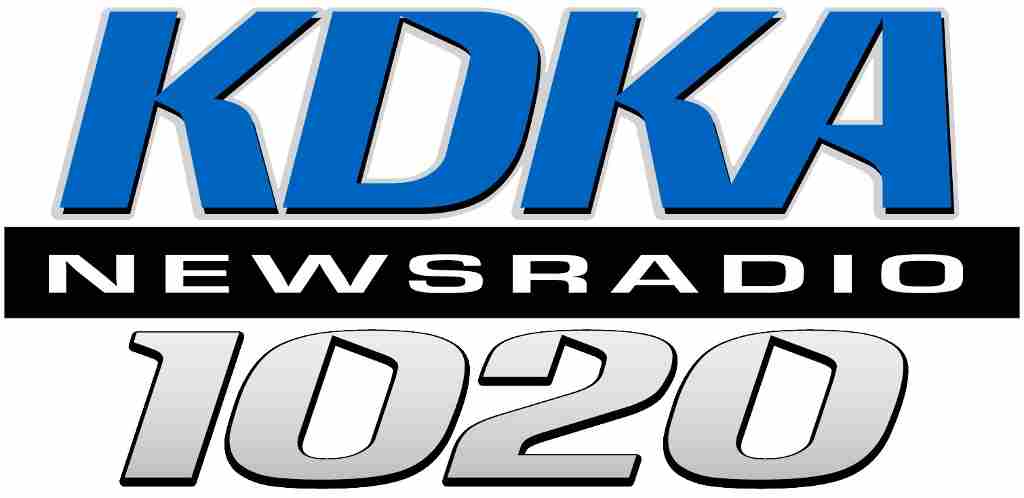 Since KDKA went on the air November 2, 1920, everyone on the face of the earth has received news, music, sports, drama and advertising via radio waves. Just eight years later, a one-act play, “The Queen’s Messenger,” was broadcast by RCA over W2XBS September 11, 1928. Since then, virtually everyone on the face of the earth has viewed drama, comedy, news, sports, movies and commercials via television.
Since KDKA went on the air November 2, 1920, everyone on the face of the earth has received news, music, sports, drama and advertising via radio waves. Just eight years later, a one-act play, “The Queen’s Messenger,” was broadcast by RCA over W2XBS September 11, 1928. Since then, virtually everyone on the face of the earth has viewed drama, comedy, news, sports, movies and commercials via television.
In 1940, John Walson ran an appliance store in Mahanoy City, Pennsylvania. He had a problem selling television sets because the town was in a valley, so TV reception was very poor. He put a tower on the highest mountain, captured the TV signals from the Philadelphia stations, ran a cable down into the village, and provided the first cable TV service. Since then, hundreds of millions – in this case, not everyone on the face of the earth – have received their television signal not from an antenna on the roof or rabbit ears on the TV set, but from a local cable TV vendor.
A book could be written about why the cable TV companies got into the Internet service business instead of the local telephone companies – who were all in business with a loyal customer base 100 years ahead of the local cable companies – but they did. Today, cable TV is slowing losing customers to one form or another of OTT content delivery. The irony of it all is that the OTT content is coming in on the Internet service provided by the cable TV companies!
Cable TV companies are enormously profitable. That’s how Comcast managed to buy NBC. Cable companies sell bundles of TV networks, so consumers end up paying for many channels they never view. And the cable companies get to drop in their own ads over the ads of the original provider of the programming. We have only the greatest respect for effective marketing, and the cable TV companies are great marketers. In fact, it took OTT this long to catch on in large part because the fragmented OTT vendors did not have the marketing tools, marketing smarts and marketing umph of the cable TV companies. Never underestimate umph!
Many marketing and technical challenges are out there for the OTT crowd, but many OTT patents have popped up to address improving the delivery of audio and video content. This month we feature a patent that creates a program guide for OTT providers so they will have a place viewers can go to see what’s on. Just like you do when you flip on cable TV.
The future: OTT is here to stay, but so is cable. It is likely that programming revenue from cable will decline as more consumers shifts to OTT content. How will cable TV operators make up the difference? They will have to charge more for the Internet service on which the OTT content flows into the homes of their customers!
E-Commerce Sales Grow Faster than Total Retail Sales
Posted: 6/16/2017
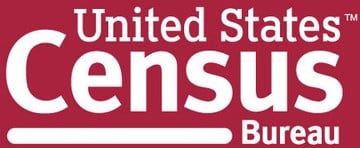
The Census Bureau does more than just count the population. It also reports on retail sales and other data important to the business community, and that circles us back to the headline. Take a guess. What were total U.S. e-commerce sales for 2016? Nope. Higher. $4.9 billion.
Digging through the report, here is what we find most interesting and relevant to this month’s issue of IP MarketPlace: E-commerce sales for the First Quarter of 2017 were $1.25 billion, a whopping 14.8% increase over the First Quarter of 2016. Meanwhile, total retail sales in the U.S. were up 5.1% from the First Quarter of 2016 to the First Quarter of 2017. That means that E-commerce sales are growing almost three times faster than total retail sales.
What percent of total U.S. retail sales are done on line? Nope. Lower. Just 8.5%. We really thought it would be higher, but retail sales includes items like groceries and automobiles that are still overwhelmingly a “bricks” and not a “clicks” business.
If you want to dig through all the numbers, you can download the latest report on Quarterly Retail E-Commerce Sales. One interesting note we could not help commenting on is that the Census Bureau logo includes a “™”. It appears that the Census Bureau finally decided to apply for a trademark after all these years.
Yield Management Changed Everything for Flyers
Posted: 6/16/2017

Prior to Yield Management – when the airline industry was heavily regulated – an airline ticket had a price and that was the price. Deregulation created a brave new world for airlines. Yield Management – which all the airlines and most hotels and car rental companies have now adopted – is flexible pricing based on availability at specific times. If a flight is not selling, the ticket price goes down. As a flight starts to fill, the price goes up. And as takeoff gets nearer and nearer, the price for a ticket on that flight can go up and down several times. That is why you spent $450 to fly to that convention in Seattle while the grandmother in the seat next to you paid $105.
Speaking of Frequent Flyer Programs…
Posted: 6/16/2017
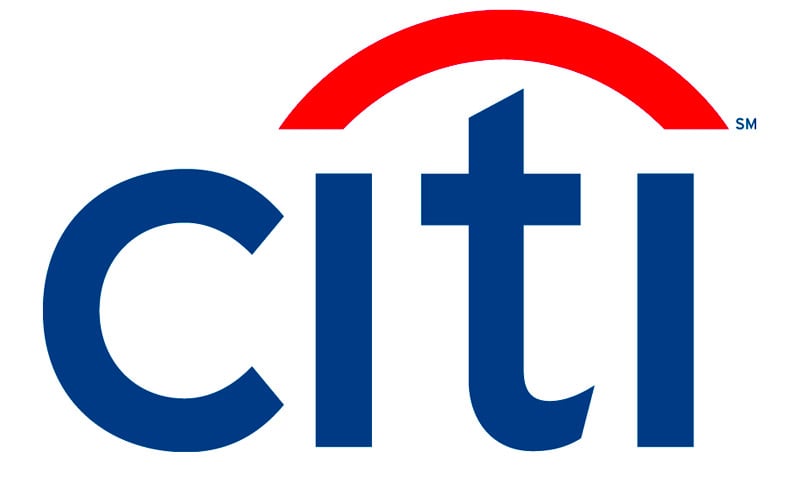
The casual watcher of television ads would think that CapitalOne invented cash-back rewards, but not so. Citicorp patented the concept over 25 years ago. And, again, to see how foundational the idea was, just look at the 923 Forward Citations the patent has!
Talk about Obsolete!
Posted: 5/25/2017
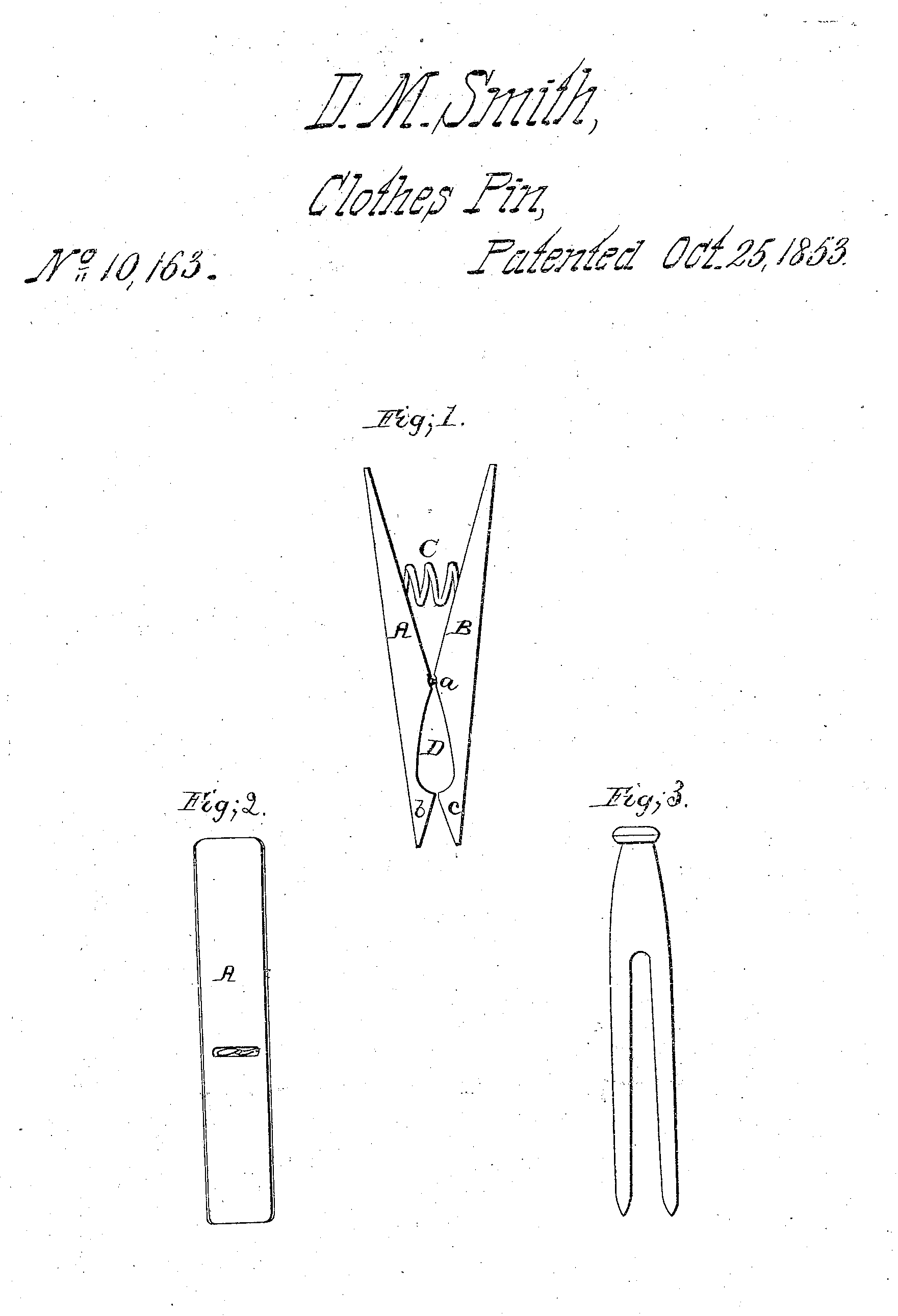
It was a lifetime ago that backyards full of clothes drying in the wind was a common sight. The sun gave the clothes an especially fresh smell. In most jurisdictions today, the zoning laws have actually out-lawed clothes lines! We are sure Mr. Smith made a sufficient fortune during the 20 years of his Patent.
A Brief History of the Delight Known as Coffee
Posted: 4/20/2017
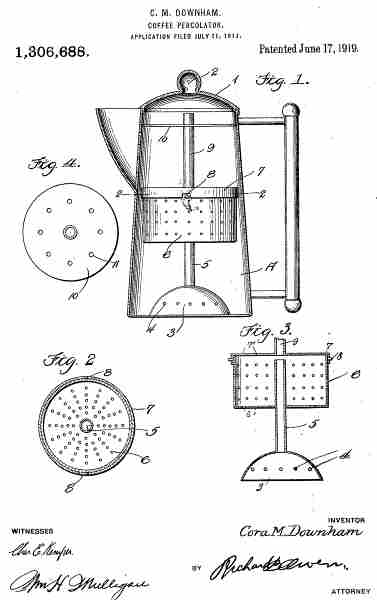
There were a few non-patented coffee pots that had filters behind the spout to catch the grounds. We did not really get grounds-free coffee until the invention and patenting of the first coffee percolator. It was invented by one Cora Downham of Beloit, Wisconsin, who filed her application in 1917 and received U.S. Patent No. 1,306,688 for a “Coffee-Percolator” in June of 1919. Her design was the standard for coffee makers until the Mr. Coffee-type drip coffee makers arrived 50 years later.
If you are old enough to remember cars without seat belts and black-and-white TV, you are old enough to remember the coffee percolator. You filled the canister with water, dropped in the shaft and basket, filled the basket with ground coffee, and put it on the stove. As the water boiled, it shot up the shaft and into the glass dome in the lid, splashed back down over the coffee grounds in the basket, and dripped down into the canister. As the coffee brewed – blurp, blurp, blurp – the water got darker and darker as it turned into coffee, and the room filled with the delightful smell of the most glorious beverage ever conceived by God and man!
EPO Granted 96,000 Patents Last Year versus 334,104 for USPTO
Posted: 3/17/2017
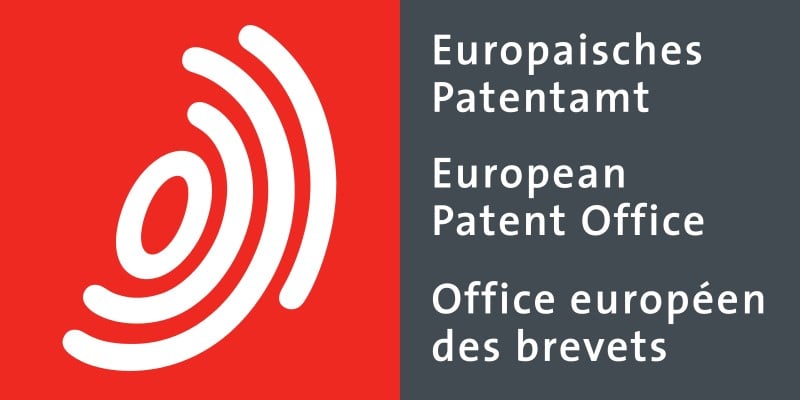
EPO President Benoît Battistelli presented the agency’s results for 2016 earlier this month at a press conference in Brussels. He reported that about half of the patent applications were from one of the 38 member nations of the European Patent Office, and about half were from non-member nations. The largest growth in patent applications was from – not really a surprise – China, followed by – also no surprise – Korea. Patent applications from Japan were actually down slightly from 2015! The U.S. filed the most patent applications followed by Germany, Japan, France and Switzerland.
"The 2016 results confirm Europe's attractiveness as a leading global marketplace for innovation," said Battistelli in his presentation. "In a rapidly changing political and economic landscape,” he continued, “companies from around the world have kept up their demand for patent protection in Europe. While we see impressive growth in applications from Asia, European companies maintain their role as drivers of innovation and economic growth in their home market, and are proving their resilience in the face of unsettled economic conditions."
The European Patent Office’s activities are petites pommes de terre compared to the U.S. Patent and Trademark Office (USPTO) that issued over three times as many patents in Fiscal 2016 (October 1, 2015 through September 30, 2016). The USPTO issued a record 334,104 U.S. Patents, an increase over Fiscal 2015 during which the Patent Office granted 322,449 U.S. Patents. In Fiscal 2016, 160,506 U.S. Patents were issued to U.S. applicants while 173,598 U.S. Patents were granted to foreign applicants. Japan was far and away the No. 1 foreign recipient of U.S. Patents (53,046) followed by Korea (21,867), Germany (17,564), Taiwan (12,737) and China (10,985).
This Is the Patent that Put Apple in the Smartphone Business
Posted: 1/18/2017
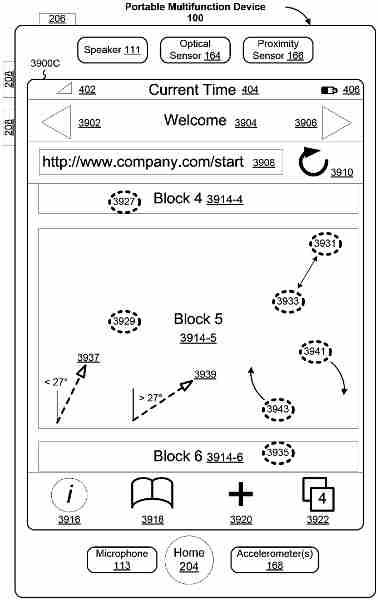 Since we included a patent portfolio that will revolutionize the design of all future smartphones in this month’s IP MarketPlace™, we thought we’d take a look at the patent that leapt Apple – formerly a designer and manufacturer of PCs and just PCs – into a leadership position in the smartphone segment. We are talking about U.S. Patent No. 7,479,949 for a “Touch Screen Device, Method, and Graphical User Interface for Determining Commands by Applying Heuristics.” The lead inventor on this patent, among the 25 named inventors, was none other than Steve Jobs himself.
Since we included a patent portfolio that will revolutionize the design of all future smartphones in this month’s IP MarketPlace™, we thought we’d take a look at the patent that leapt Apple – formerly a designer and manufacturer of PCs and just PCs – into a leadership position in the smartphone segment. We are talking about U.S. Patent No. 7,479,949 for a “Touch Screen Device, Method, and Graphical User Interface for Determining Commands by Applying Heuristics.” The lead inventor on this patent, among the 25 named inventors, was none other than Steve Jobs himself.This patent did two things: It patented the concept behind what would become the iPhone and, second, it got everyone asking what “heuristic” means. There is “heuristic” the noun, “heuristics” the noun and “heuristically” the adverb.
To save you looking it up, according to Miriam-Webster, “heuristic” means “involving or serving as an aid to learning, discovery, or problem-solving by experimental and especially trial-and-error methods
Ironically, this patent was NOT a patent-at-suit in either of the patent infringement lawsuits that Apple filed – and won – against Samsung.
|
Drones Are a Relatively New Invention and Phenomena |
|
|
The oldest drone patent we could find goes all the way back to 1995. Most of us were still upgrading to this new-fangled Windows from DOS. Remember turning on your PC and seeing just a "C:" on the screen? That was the year of the Oklahoma City bombing and the O.J. Simpson trial. Well, three mad scientists from Northrup Grumman - the aerospace and defense contractor that built the Apollo Lunar Module - were granted U.S. Patent No. 5,779,190 for a "Portable Unmanned Aerial Vehicle."
But they were not first. One Johnny Swinton was granted U.S. Patent No. 5,890,441 for a "Horizontal and Vertical Take-Off and Landing Unmanned Aerial Vehicle" in September of 1995. It appears that Mr. Swinton not only filed for the foundational patent for drones (his patent has almost 200 forward citations), but he coined the term "Unmanned Aerial Vehicle" that is still used today and creates the acronym "UAV." But the Great Great Grand Daddy of all drone patents belongs to none other than.....Nikola Tesla. We seem to cover Mr. Tesla every month in this space regardless of what technology we are writing about! In July of - get ready for this - 1898, Tesla was granted U.S. Patent No. 613,809 for a "Method of and Apparatus for Controlling Mechanism of Moving Vessels or Vehicles." This was 1898 and the Wright Brothers were not going to invent manned flight for another five years, so Tesla's drone patent was not for an aircraft but for a remote-controlled boat. |
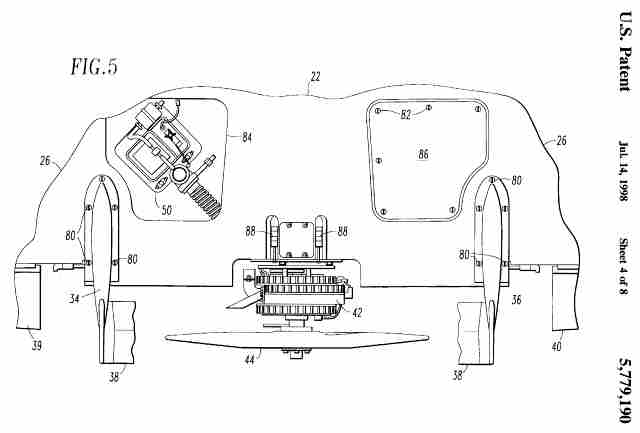  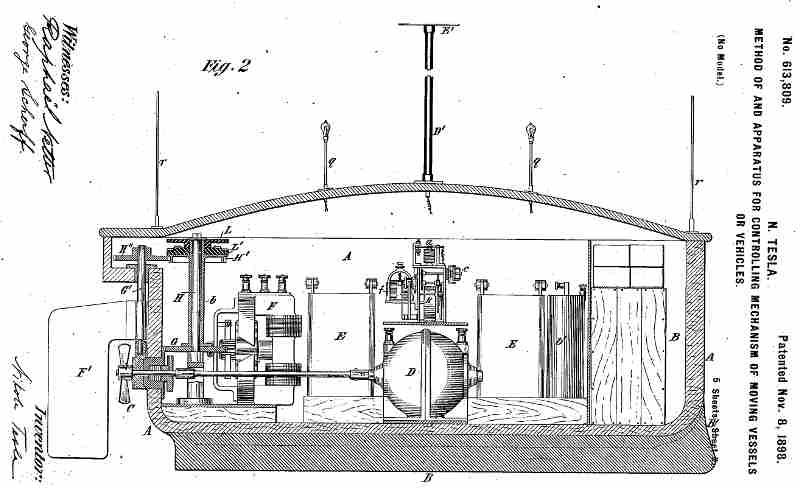 |
Why We Have an AC, and NOT a DC, Electric Grid
Posted: 9/26/2016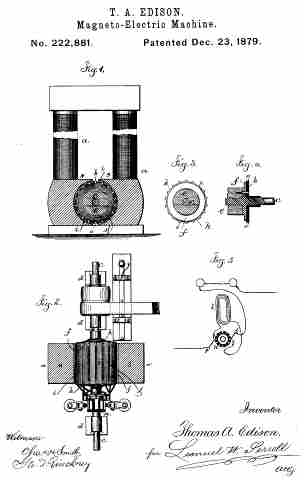
Edison supported DC because (a.) he invented it, and (b.) it is simpler system. With direct current, the flow of electrons that is electricity flows in one direction. Tesla supported AC because (a.) he invented it and (b.) it has benefits over DC power. With alternating current the electrons shift back and forth (alternate) as they flow through the grid. AC power generators are cheaper to build and operate, and AC power can be transmitted more efficiently over longer distances. Also, AC controls the speed of motors that use AC power, while a motor that is feed DC power will need to have a speed regulator on it.
Thomas Edison received several patents for a Magneto-Electric Machine, but most agree that U.S. Patent No. 222,881 issued in 1789 is the major DC electric power generation patent. Known as the “long-legged Mary-Ann” it was the model for the power generation stations that Edison built throughout the New York City area.
Nikola Tesla, who had worked for Edison, and left to make his own mark on innovation (and did), was issued U.S. Patent No. 359,784 in 1887 for a “Dynamo Electric Machine,” and other patents followed for AC power generators.
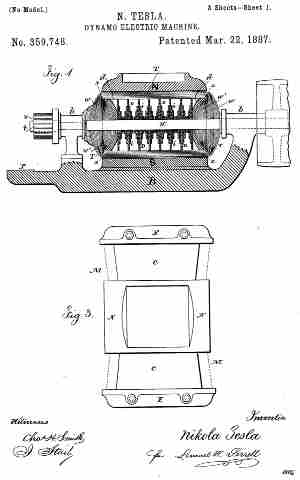
The first showdown of DC versus AC was in 1893 when bids were solicited to provide electricity for the Columbian Exposition, the world’s fair of that time that was coming to Chicago. Thomas Edison, backed by General Electric, put in a bid of $550,000 to provide DC electric service. Nikola Tesla, backed by George Westinghouse and huge business he had built, under-bid them at $399,000 for AC electric storage.
Tesla’s and Westinghouse’s electrical system for the Columbian Exposition was an incredible success! It provided reliable electrical power to a world that was still largely lit by gas and kerosene. So it could be said that it was $151,000 that gave the U.S. an AC power grid.
There was a second event just a few years later that double-sealed the fate of the DC-AC debate when the Niagara Falls Commission made the decision to build its power plant to distribute AC power across the Northeastern U.S.
Edison went on to fame and riches. His power generation companies still exist today as the Consolidated Edison Companies, or “ConEd” as the Greater New York electric utility is known. George Westinghouse grew Westinghouse Corporation into a Fortune 500 company. Its broadcast business was sold off to CBS and the rest of the business is now part of Seimens. Tesla died broke and broken, but did get a car company named after him.
|
Paper, Paper, Paper… |
|
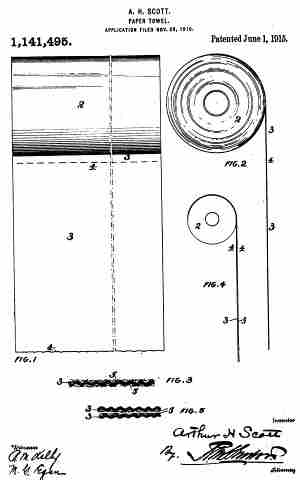 Historians, anthropologists and others with time on their hands have waxed long and often about the impact that paper has had on civilization. For almost 500 years, printed documents were how humankind shared its collective knowledge. When Time Magazine picked its Top Ten of the Millennium, it is no surprise that Johannes Gutenberg made the list. Had paper not been invented first (by the Chinese, incidentally), and brought to Europe, the printing press could not exist. Historians, anthropologists and others with time on their hands have waxed long and often about the impact that paper has had on civilization. For almost 500 years, printed documents were how humankind shared its collective knowledge. When Time Magazine picked its Top Ten of the Millennium, it is no surprise that Johannes Gutenberg made the list. Had paper not been invented first (by the Chinese, incidentally), and brought to Europe, the printing press could not exist.Let’s not forget, however, that paper has many uses beyond the printed word and image. So, for this intriguing edition of Patent Leather, we present three U.S. Patents related to paper but not related to the printed word or image.  Paper Towel Paper TowelBack in 1910, one Arthur H. Scott received U.S. Patent No. 1,141,495 for “Paper Towel.” His objective was to create a “cheap towel formed from paper and adapted for all general uses of the lavatory, factories, hospitals, laboratories, and for general use.” Well, gee, we guess so! Here is the sole diagram from his patent. We automatically assumed that Mr. Scott was the founder of the Scott Paper Company. Not exactly. He was the son of Irwin Scott, one of the founders of the Scott Paper Company, and in charge of advertising for the company. His dad must have been very proud of him.  Paper Plate Paper PlateWhat would a picnic or backyard barbeque be without paper plates? Ask Martin Keyes. He is credited with inventing the paper plate. In 1908, he was awarded U.S. Patent No. 903,869 for an "Apparatus for Making Pulp Articles." Keyes did not patent the paper plate itself, he patented the machine that makes the paper plate. Here is a diagram from his patent. His company, Keyes Fibre Co., flourished and survives today as Keyes Packaging Group. Paper Airplane Yes, Virginia, there is a patent for a paper airplane! If you think historians, anthropologists and other academics have time on their hands, how much time must James BonDurant have had to not only dream up, configure and test, but also patent, his paper airplane. He filed for the patent in 1981, and we can only assume that after a few hundred patent examiners in Arlington had tired of flying them around from building to building, they granted U.S. Patent No. 4,377,052 for a "Folded Paper Airplane" and went back to work. Here is the key diagram from the patent. There is no evidence that Jim ever sold or licensed his patent. We ordered in a few cartons of paper, and the IPOfferings staff will be trying out BonDurant’s patent. |
Thomson Reuters Sells Its IP Unit
Posted: 7/27/2016
The business unit Thomson Reuters is selling provides patent, trademark and other IP and scientific content to private businesses, government agencies and universities. The business employs about 3,200 people in its 75 offices around the world. The unit’s businesses include Web of Science, Thomson CompuMark, Thomson Innovation, MarkMonitor, Thomson Reuters Cortellis and Thomson IP Manager.
From the Sheaves and Threshing Floor
Posted: 7/25/2016

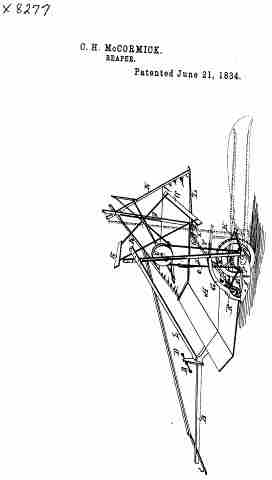
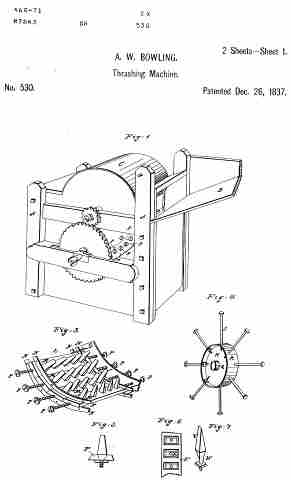 There are references throughout the Old Testament to the threshing floor. Wheat was cut in the field and collected into sheaves, which were brought to the threshing floor. The stalks of wheat were flailed, causing the wheat buds to drop off. The useless part of the wheat plant, the “chaff” was burned as it had no use even as fertilizer or mulch. The wheat buds where then ground into wheat for bread. The whole process “separated the wheat from the chaff” and from that winnowing process has been drawn many lessons.
There are references throughout the Old Testament to the threshing floor. Wheat was cut in the field and collected into sheaves, which were brought to the threshing floor. The stalks of wheat were flailed, causing the wheat buds to drop off. The useless part of the wheat plant, the “chaff” was burned as it had no use even as fertilizer or mulch. The wheat buds where then ground into wheat for bread. The whole process “separated the wheat from the chaff” and from that winnowing process has been drawn many lessons.
That was the process until only about 200 years ago. In 1831, Cyrus McCormick introduced his Reaper, a machine that would cut the wheat and collect it into sheaves, but he did not apply for a patent until 1834. It took him a few years to set up production, and by 1842 he had sold seven reapers. He sold 29 Reapers in 1843 and 50 in 1844. In 1847, he moved his factory to Chicago and exhibited his Reaper at the Crystal Palace Exhibition in London in 1851.
When McCormick went to renew his patent in 1848, he was informed by the Patent Bureau that since one Obed Hussey had applied for a patent for a Reaper back in 1833, McCormick’s Reaper Patent would not be renewed and he was to pay royalties to Mr. Hussey! Undeterred, McCormick charged ahead, manufactured reapers that were sold all over the world, and made a fortune. He married his secretary, and had seven sons, one of whom married a daughter of John D. Rockefeller.
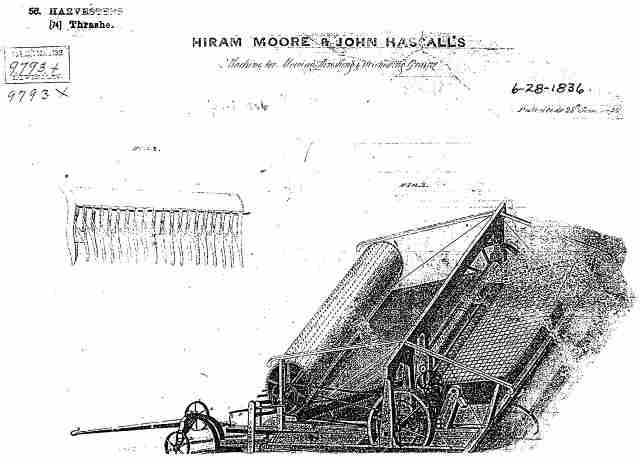
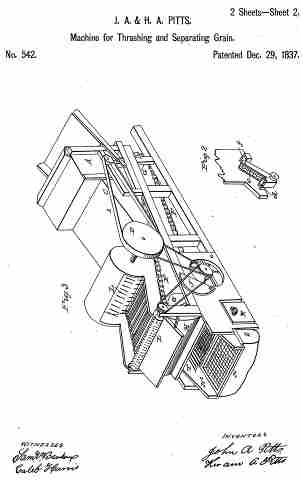
 Now that grains could be mechanically cut and gathered into sheaves, there was still the issue of separating the wheat from the chaff. The two processes – reaping (or harvesting the grain) and threshing or thrashing the harvested grain to separate the wheat buds – needed to be merged into one operation, and that was done by Hiram Moore and John Hassall who received a patent in 1836 for a “Machine for Mowing, Threshing and Winnowing Grain.”
Now that grains could be mechanically cut and gathered into sheaves, there was still the issue of separating the wheat from the chaff. The two processes – reaping (or harvesting the grain) and threshing or thrashing the harvested grain to separate the wheat buds – needed to be merged into one operation, and that was done by Hiram Moore and John Hassall who received a patent in 1836 for a “Machine for Mowing, Threshing and Winnowing Grain.”
On December 26, 1837, A.W. Bowling received U.S. Patent No. 530 for a “Thrashing Machine,” and just three days later, John and Hiram Pitts received U.S. Patent No. 542 for a “Machine for Thrashing and Separating Grain” on December 29!
Somehow “threshing” was now “thrashing,” and both inventions were based on a drum into which the sheaves were fed, and as the drum turned, teeth in the drum broke up the stalks of wheat so the wheat buds would drop out the bottom. These units never really caught on since a combined unit to both reap and wheat from the field, and thresh and winnow out the wheat buds just made more sense.
The image from the Moore-Hassall patent is not very good, but their Mowing/Threshing/Winnowing machine was clearly very sophisticated for early 19th Century technology! From this concept came the combine harvester of today.
Solar Power Has Been Around Longer Than We Thought
Posted: 5/25/2016
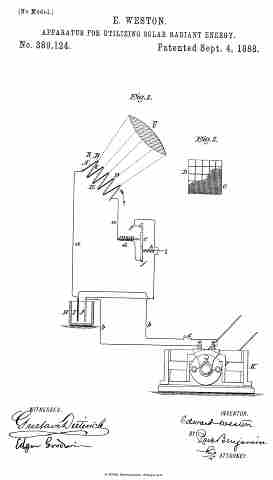
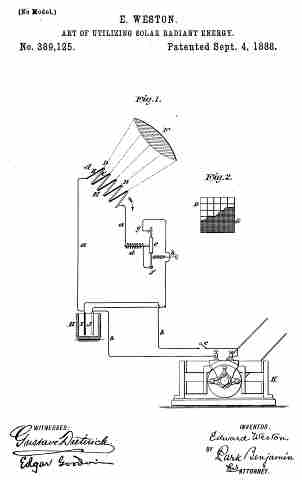 So just how old is solar panel technology? Solar panel farms are common sights today. This is the result of federal dollars subsidizing solar power, the reduced cost of manufacturing solar-power-generation equipment, and the advent of net metering that puts a dollar value on solar power.
So just how old is solar panel technology? Solar panel farms are common sights today. This is the result of federal dollars subsidizing solar power, the reduced cost of manufacturing solar-power-generation equipment, and the advent of net metering that puts a dollar value on solar power. We did some research, and were surprised to find that solar power is over 100 years old! The first patent for a solar power device – well, make that the first two patents – were issued in 1888, just 10 years after Edison’s first electric lamp patent! One Edward Weston of the 19th Century high-tech city of Newark, New Jersey, was awarded U.S. Patent No. 389,124 for “Apparatus for Generating Solar Radiant Energy” and U.S. Patent No. 389,125 for “Art of Utilizing Solar Radiant Energy.”
It is interesting to note that the Patent Office had much shorter turnaround on patent applications in the 19th Century. Mr. Weston applied for his patents in October of 1887 and both were granted just 11 months later in September of 1888.
Other solar patents soon followed. Just six years later, Melvin Sweeney of Boston was issued U.S. Patent No. 527,379 for “Apparatus for Generating Electricity by Solar Heat.” Things were really buzzing
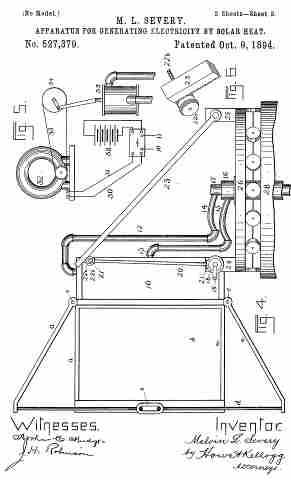
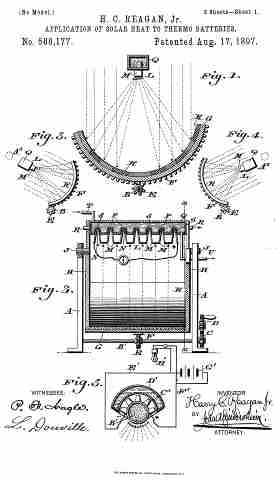 along at the Patent Office that year. Mr. Sweeney applied for his patent in February of 1894, and the patent was issued just eight months later in October 9.
along at the Patent Office that year. Mr. Sweeney applied for his patent in February of 1894, and the patent was issued just eight months later in October 9.
Just three years later, Harry C. Reagan of Philadelphia was issued U.S. Patent No. 588,177 for “Application of Solar Heat to Thermal Batteries.”
What we find intriguing here is that the Patent Office issued 138,000 patents between 1888 and 1894! That is almost 2,000 new patents issued a month over six years! This was, of course, the height of the Industrial Revolution, and innovators were busy inventing what would be the 20th Century. It is also interesting to note that the innovators of the 19th Century were from the Northeast. Not the SunBelt or sunny California.
The First Wind Turbine
Posted: 4/26/2016
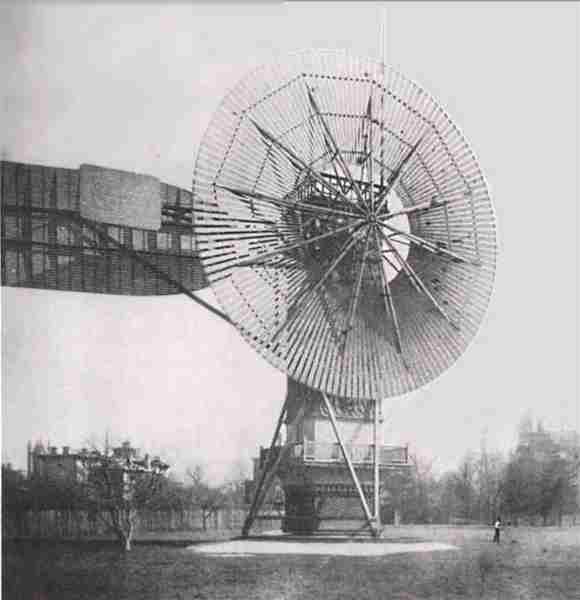
Mr. Brush, holder of over 50 patents and an engineer by training, was a pioneer in early electrical generation. He sold his business to the Thomas-Houston company which was one of the businesses that would become General Electric. Charles Brush is known as the father of street lighting. Remember that the next time you drop your keys coming home for dinner on the town.
Brush’s wind turbine had 144 blades that created 1,800 square feet of wind-catching surface. The turbine fed electrical current into twelve batteries with 34 cells each that powered his home for twenty years!
The First Calculator
Posted: 4/26/2016
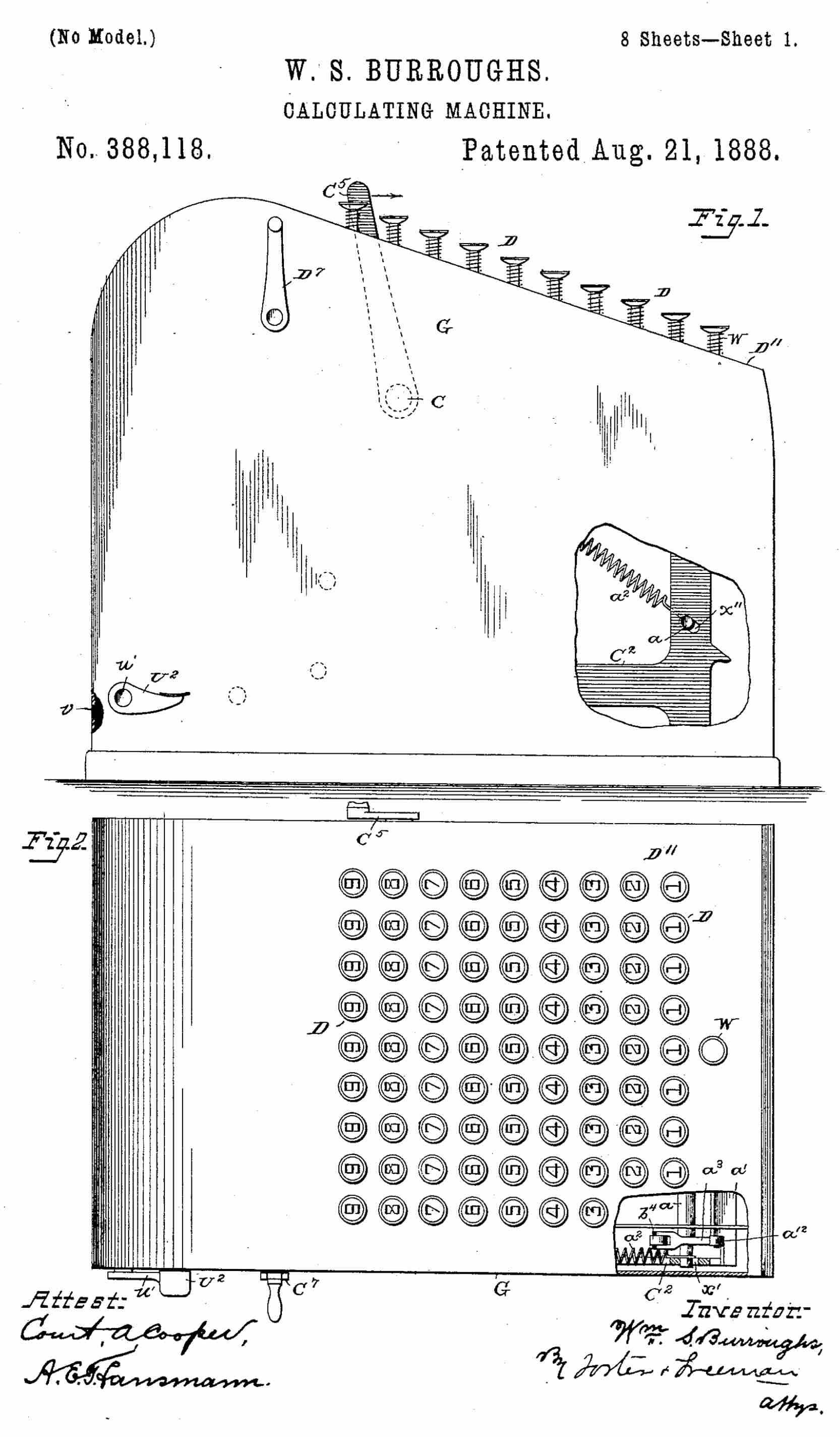

Burrough’s first machine could add numbers up to nine digits and it included a printing mechanism that printed just the total. His second patent covered a unit that printed all numbers entered along with the total.
Burroughs called his device an “arithometer” and found the American Arithometer Company to produce and sell his newfangled machines. After his death in 1904, the company name was changed to the Burroughs Adding Machine Company, and it owned the industry for years. Burroughs expanded into ledger or accounting machines, and from that into mainframe computers in the mid-twentieth century when it became Burroughs Corporation.
In 1986, as the mainframe industry consolidate, Burroughs Corporation merged with Sperry Univac to form Unisys. In 2010, the Burroughs name re-appeared when Unisys spun off its Payment Systems Division as Burroughs Payment Systems. Today Burroughs Payment Systems services ATMs.
Applications for LED
Posted: 3/25/2016
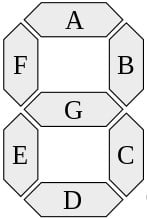
Today, LEDs have broad applications beyond calculators. Surface mounted diodes (SMDs) are used in most cell phones and PDAs. Their relatively low power consumption make LEDs very attractive in portable devices for which battery life is a critical factor.
In the consumer, commercial and industrial worlds, LED lighting is giving both incandescent and fluorescent lighting a run for its money. One of the newest applications are large LED ceiling panels that imitate natural sunlight. LED lighting is also being used in retail signage and traffic lights. London is currently in the middle of upgrading 350,000 of the city’s street lights to LED. LEDs are also gaining ground in architectural lighting, including decorative and functional outdoor lighting and to illuminate walkways, pools, fountains, gardens and statues.
A Brief History of the LED
Posted: 3/25/2016
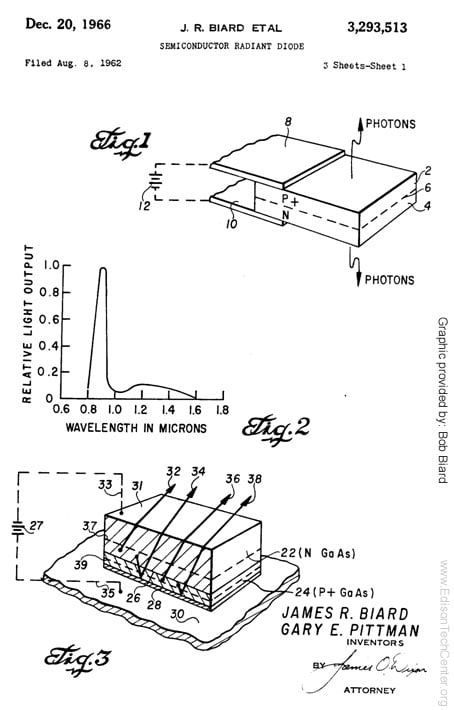
In 1921, Russian physicist Oleg Lossew observed what he called the “round effect” of light emission. In 1935, a French physicist, Georges Destriau, discovered the light-emission qualities of zinc sulfide, and in honor of his Russian colleague, he called it “Lossew Light.”
In 1962, two researchers at Texas Instruments, James Biard and Gary Pittman, filed for a patent for a “Semiconductor radiant diode.” Today, it takes on average about three years to receive a patent. Things were apparently even slower in the 1960s at the old Patent Office in Arlington because it took four years for the patent to issue. U.S. Patent No. 3,293,513 was issued December 20, 1966. Like many foundational patents, it has just a few patent citations (just), but multiple forward citations (80). Patent applications filed as recently as 2013 cite this foundational patent.
In the 1960s and 70s, LEDs were developed in specific colors – initially green, orange and yellow. By 1993, there were white LEDs. In 2006, the first LED to produce 100 lumens per watt was developed, and LED is now competitive with incandescent lighting, the descendant of Edison’s original electric light concept.
Patent of the Month: What Started It All
Posted: 2/23/2016
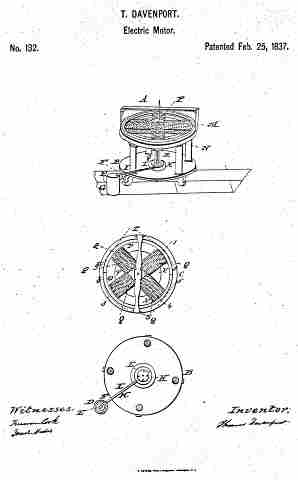
Isn’t That the IBM XT?
Posted: 2/23/2016
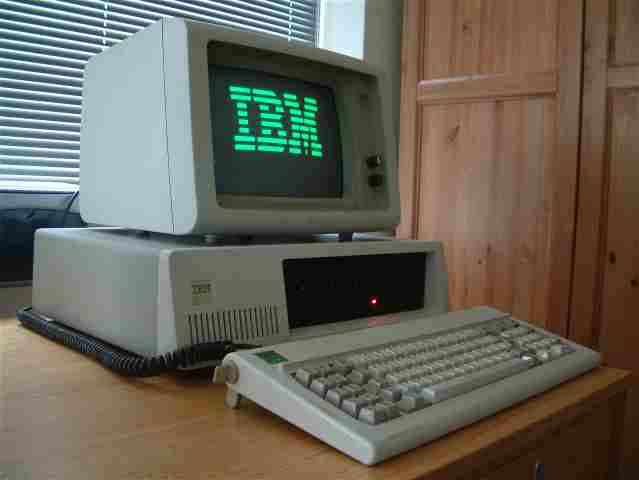
So it’s a bunch of components that you connect together to make a computing device. Isn’t that what the first generation of PCs was? And didn’t we hate all the wires and cables? And why couldn’t it all be in one nice combined unit? And when you turn it on, all you got was a C: on the screen.
And We Thought They Just Gave Out Pink Cadillacs!
Posted: 2/23/2016
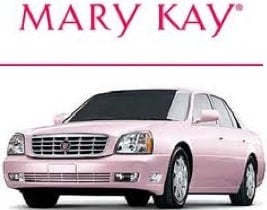
Mary Kay holds patents for not just its products, but also for its product packaging. The company’s Vice President and Associate Counsel for Intellectual Property and Innovation, John Wiseman, adds that "The patent process spurs innovation. Because we can protect our inventions, we have an incentive to continue inventing great things." Which kinda sums up the whole patent concept very nicely.
Founder Mary Kay Ash, who passed away 2001 – but looked great – inspired her troops with a collection of adages. Our favorite: “If you think you can, you can. If you think you can’t, you’re right.”
Interesting Hoverboard Events at CES
Posted: 1/24/2016
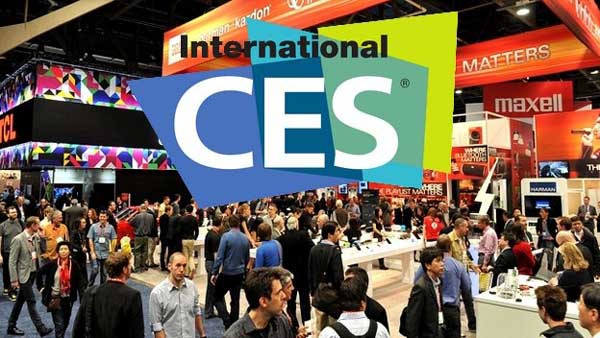
Two U.S. Marshalls showed up (Did they need badges, or could they just walk in?) and raided the booth of Changzhou First International Trade and confiscated the company's "Trotter," a one-wheel hoverboard on display in the Changzhou First booth. U.S. hoverboard designer and manufacturer Future Motion had gone into U.S. District Court in Las Vegas, and the company had requested and received a restraining order, seizure order and temporary injunction. We do not know if the U.S. Marshalls carried or rode the hoverboard out of the Las Vegas Convention Center. Future Motion: Good for you!
Taking a defensive approach, another hoverboard manufacturer, Hangzhou Chic Intelligent Technology had on display in its booth not just its newest products, but its various U.S., European and Japanese patents and patent applications! In the patent brokerage business we have what is called a "defensive buy." Hangzhou Chic has invented the first "defensive trade show display." Bravo!
GM Does Not Like Uber
Posted: 1/24/2016
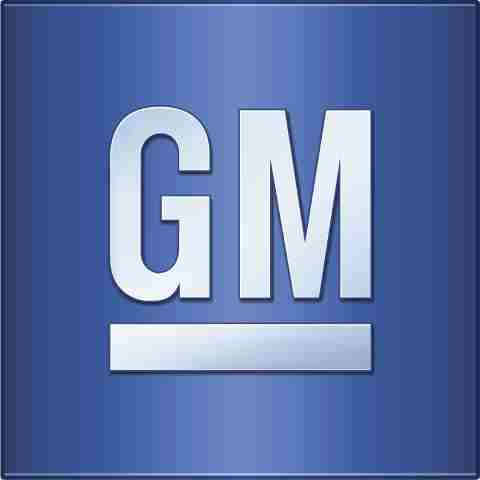
Sidecar founder Sunil Paul comes to GM along with his intellectual property, specifically U.S. Patent No. 6,356,838 for a "System and method for determining an efficient transportation route" that features a 2000 priority date. Way, way before we ever heard of "uber" other than as a substitute for "very" as in "uber smart" or "uber angry." Talk is that GM will assert is shiny new uber patent and uber assert it against Uber.
But American Had It First!
Posted: 1/24/2016
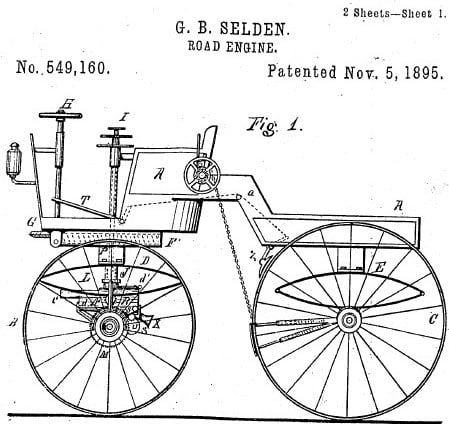
There are not too many Seldens on the road, but there a lots of Fords. Henry Ford chose to NOT license the Selden patent, and when Ford was sued for patent infringement, he lost on the first round. However, when Ford appealed the ruling, he won on the basis that Selden's patent called for a two-cycle engine and Ford used a four-cycle engine. Gotta read those claims!
It Is the 130th Anniversary of the Automobile
Posted: 1/24/2016
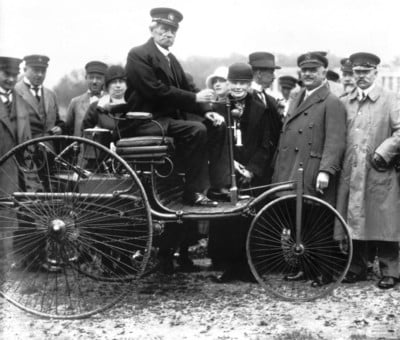
Shortly before that, in April of 1885, another German, Gottlieb Daimler, filed a patent application for a "Riding Car." It had only two wheels, so it became the prototype for the motorcycle. When Benz introduced a larger, four-wheel model automobile, he named it after his daughter, Mercedes. Year later, Benz and Daimler decided to join forces, and the successor was the venerable Daimler-Benz AG. When Daimler-Benz bought Chrysler, it became DaimlerChrysler AG, and when the company spun off Chrysler, Carl got squeezed out and it became the Daimler AG of today.
Will Vizux Give Google a Run for Its Patents?
Posted: 12/23/2015
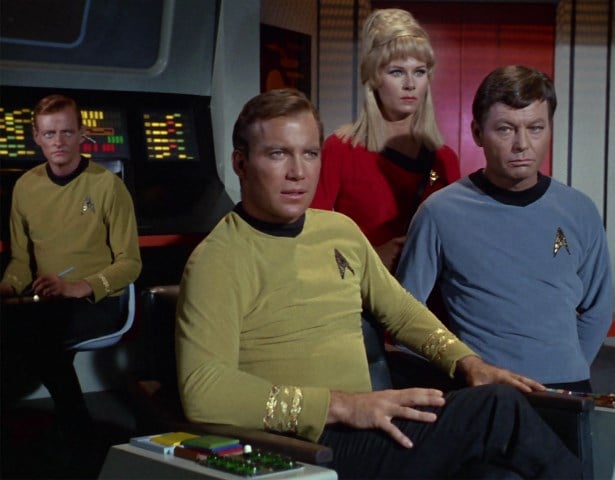
What we find interesting is that these are not newly issued or even recently issued patents. Both patents have 1998 Priority Dates, the '813 Patent was issued in 2001, and the '812 patent was issued in 2003. In Smart Glasses time, that's a century ago! So these patents, based on their dates and forward citations, cover much of the fundamental technology behind Smart Glasses. So exactly what is Vuzix up to?
Déjà Vu All over Again?
Posted: 12/23/2015
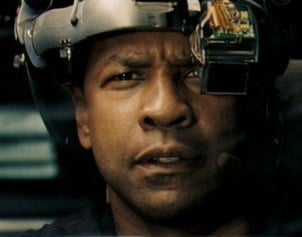
Didn't we see this in "Déjà Vu?" We do not mean a flashback or an experience in a former life. We are referring to the 2006 film starring Denzel Washington in which he wears a head-mounted drop-down monocle-eye piece attached to a time machine so he can drive through the current traffic in real time while he chases the bad guy in a second set of traffic in past time, and manages to kill no one. Or was he driving in past time and chasing the bad guy in real time? Now we are confused and will have to rent the movie.
There Are Patents and There Are Real Patents
Posted: 11/30/2015

Mark Cuban, the billionaire and star of "Shark Tank," has been back and forth with U.S. Patent No. 9,045,190 for a "Two-wheeled self-balancing motorized personal vehicle with tilting wheels" by prolific inventor Shane Chen. It appears that Cuban has licensed the patent, and while he has railed against patents as being anti-innovation, he is now threatening to sue Walmart if they introduce a hovercraft that infringes his patent!
There Are Hoverboards and There Are Real Hoverboards
Posted: 11/30/2015

No Wait, I Was Calling You!?
Posted: 10/29/2015

Build a Better Mousetrap....
Posted: 9/25/2015
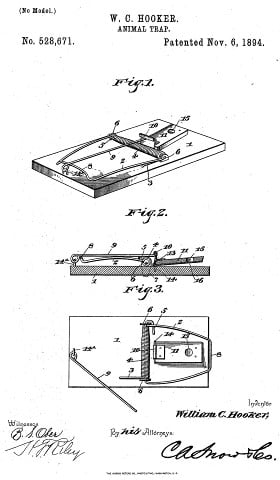
Taking the "better" concept seriously, Bill followed up with U.S. Patents 580,694 in 1897, 665,906 and 665,907 in 1901, 717,002 in 1902 and 744,343 in 1903. Each patent was an improvement on the previous "Animal-Trap" except it still had that pesky hyphen.
Bill Hooker's genius is still recognized today. In 1981, Sterling Drug was issued U.S. Patent No. 4306,359 for "Animal Traps." We see little significant improvement in the '359 patent over the original '671 patent other than they got rid of the hyphen. And as recently as 2006, one John Peters was issued U.S. Patent No. 7,117,631 for a "Microencapsulated animal trap bait and method of luring animals to traps with microencapsulated bait" that looks a lot like Hooker's 1894 version.
A Flexible iPhone?
Posted: 10/29/2015

Does Your Business Need a Patent Landscape Report?
Posted: 9/25/2015
Sounds like a pretty hefty task, right? That's why WIPO commissioned an extensive, but very helpful, document to help organizations develop a Patent Landscape Report. Patent information specialist Tony Trippi was commissioned by WIPO to create "Guidelines for Preparing Patent Landscape Reports," and it is a free download from the WIPO sites.
Apple Will Offer Even Thinner iPhones
Posted: 9/25/2015

We are reminded of the old expression that you cannot be "too rich or too thin." And that apparently applies to Apple's cash position and its iPhones.
Apple Is Awarded Search Patents
Posted: 9/25/2015
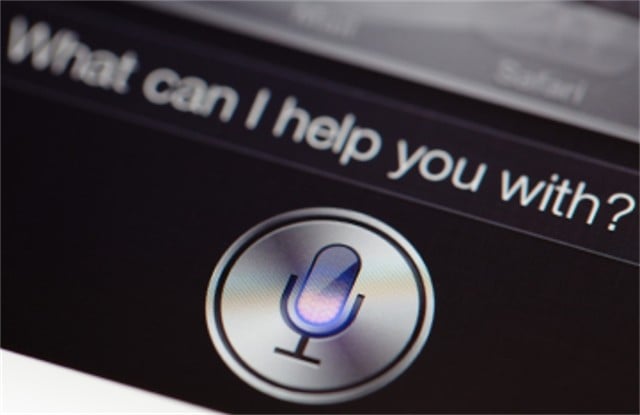
9,098,363 Search extensibility to third party applications
9,129,017 System and method for transfer among search entities
9,130,017 System and method for metadata transfer among search entities
Fuel Cells to Power Future Apple Laptops?
Posted: 9/25/2015
Fuel cells have been around for decades. NASA used them for power aboard its space vessels back in the 1960s, and the major auto companies all have fuel cell-powered prototypes. The technology is very attractive. Hydrogen and oxygen are merged using a catalyst to produce H2O. The protons are permitted to join together, but the electronics must take a circuitous path, and that chain of electronics is captured as DC current. So...no moving parts and no pollution!
The challenge has been getting down the cost of extracting hydrogen from fossil fuels like methane or coal and delivering it to consumers.
Look for Liquidmetal Castings in Future iPhones
Posted: 8/25/2015

So look for cast metal cases for future Apple products. What occurred to us is that with the generally depressed price of steel company stocks, Apple probably has enough cash to just buy a steel company.
Did Yappn Just Pay $17 Million for Three Patents?
Posted: 8/25/2015
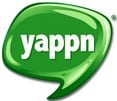
8,917,631 "System and method for sharing information between two or more devices"
8,983,850 "Translation system and method for multiple instant message networks"
9,053,097 "Cross-language communication between proximate mobile devices"
To be fair, in addition to these three issued U.S. Patents, there are several foreign patents. But for $17 million, there must have been significant "know-how" in this purchase!
Did Ninebot Just Pay $80 Million for 400 Segway Patents?
Posted: 8/25/2015
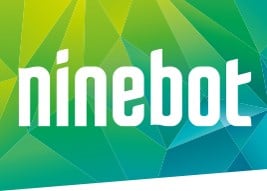
Segway has over 400 patents, and it has aggressively asserted those patents. In fact, the U.S. International Trade Commission ruled that Ninebot infringed both patents and copyrights belonging to Segway. So the CEO of Ninebot, Wang Ye, explained, Ninebot bought Segway. If Xiaomi chipped in $80 million, and Ninebot chipped in another $80 million, that's $160 million. If half of the investment was for the 400 patents, that's only about $200,000 per patent, and the remaining $80 million is for the Segway operating business?
For the future, Ninebot and Segway will operate as separate businesses selling their products under their respective brands, but Ninebot will not have to worry about those pesky patent infringement claims coming from Segway.
Love What You Do, and Do What You Love
Posted: 8/25/2015
The '093 patent covers all kites with a concave trailing edge, and that is apparently the state-of-the-art in kiteboarding, so that's most of the kites on the market today. We cannot help but wonder if at some point in their lives young Dominique and Bruno were told to "Go fly a kite" and they did?
Ballard Flips Its Fuel Cell Patents
Posted: 7/29/2015
Ballard bought UTC's fuel cell patents for about $250,000 each. Less than a year later, Ballard sold off the fuel cell patents it did not need to VW-Audi for about $650,000 each. The Ballard-VW transaction is reported in the Second Quarter 2015 Patent Value Quotient.
And...don't forget that we have a very interesting selection of fuel cell, solar energy and power management patents in the Energy/Power Management section of our Patent MarketPlace.
Without the Patents, What Is Left?
Posted: 7/29/2015
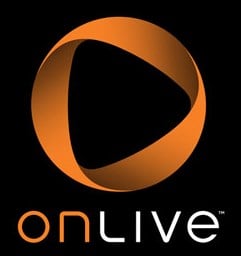
Sony jumped in and bought OnLive's 140-patent portfolio for an undisclosed sum. OnLive then promptly shut down operations. No patents. No business.
Why Is Apple Buying Biometric Patents?
Posted: 7/29/2015

We cannot help but mention that we have an exciting portfolio of Biometrics ID patents in the Network/Location Based section of our Patent MarketPlace.
Who Received Patents Last Wednesday?
Posted: 6/30/2015
Samsung - 192
IBM - 136
LG - 99
Canon - 74
Google - 63
Toshiba - 55
Apple - 52
Microsoft - 52
Intel - 49
Panasonic - 46
Sony - 41
Hitachi - 41
Micron - 28
Hewlett-Packard - 26
Fujitsu - 21
Huawei - 19
Nokia - 17
Amazon - 16
Why Is Apple Buying Biometric Patents?
Posted: 6/30/2015
It appears that Google wants to address exactly that issue, especially for those who are still waiting to see what happens to Stannis Baratheon in the season finale of "Game of Thrones." U.S. Patent No. 9,002,924 "Processing content spoilers" enables those who do NOT want to know how things turn out to block incoming data about that episode.
Carbonite Buys Rebit for Its Patents and Staff
Posted: 5/27/2015
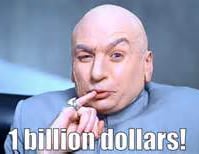
Apple Pays $3 Billion for $1 Billion Company
Posted: 5/27/2015

Market advisory services company NPD Group had put a value on Beats Electronics of $1 billion. So we have to ask where Apple came up with a purchase price of $3 billion. Might it be the three design patents, one utility patent, three U.S. patent applications and a handful of foreign patents and applications that accounts for the additional $2 billion?
A Very Tacky Patent
Posted: 5/27/2015
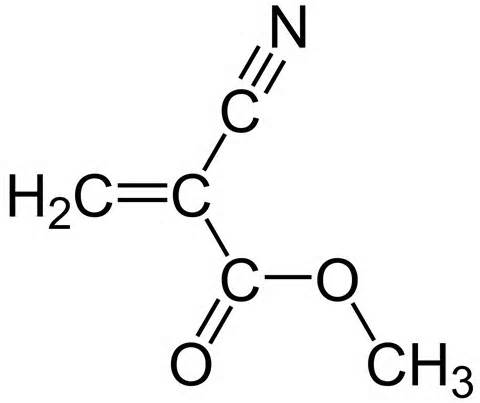
Here is a hint: While this is not in the Army Field Manual, the product was routinely used by medics in Vietnam to hold skin together while an injured GI was transported to a field hospital. Second clue: The patent was sold to Loctite Corporation. The product? Super Glue.
Can a Patent Affect Stock Prices?
Posted: 4/28/2015
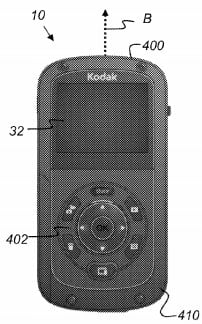
When its many observers concluded that the patent covers a camera that is superior to the GoPro product, GoPro's stock tanked. GoPro stock had peaked at around $90 after a recent IPO, but it dipped to below $50 when news of the Apple patent issuance broke.
We have to ask: Does Apple plan to get into the wearable camera segment? The growth in this segment has been significant. In fact, one of the patents in the Spring Patent Round-Up is for wearable technology, and growth in this segment has been so strong that a trade show, Wearable Technology USA has sprung up to serve the market. We also have to wonder what would have happened if the folks at Kodak had held on to the patent application so that the patent had issued to Kodak?
Carbonite Buys Rebit for Its Patents and Staff
Posted: 4/28/2015

Google to Apple: Just a Minute
Posted: 4/28/2015
